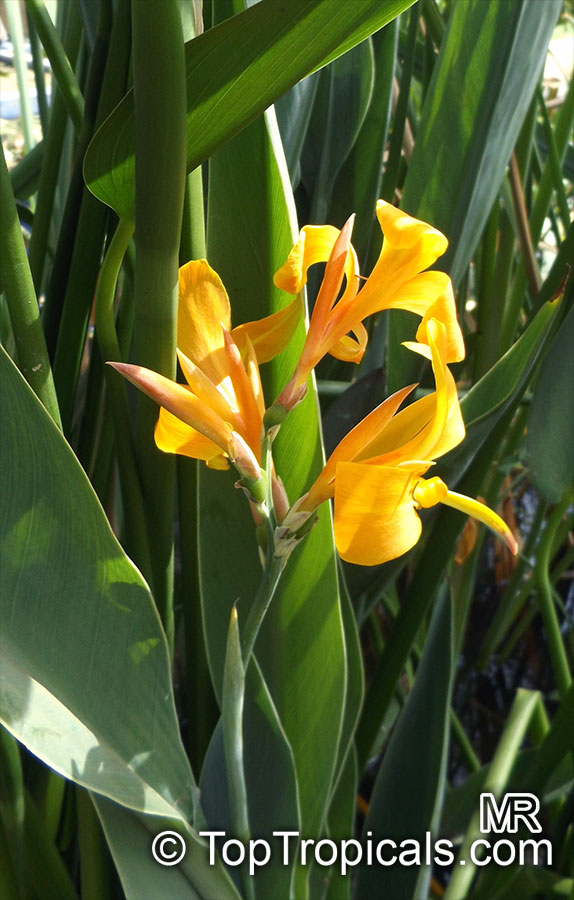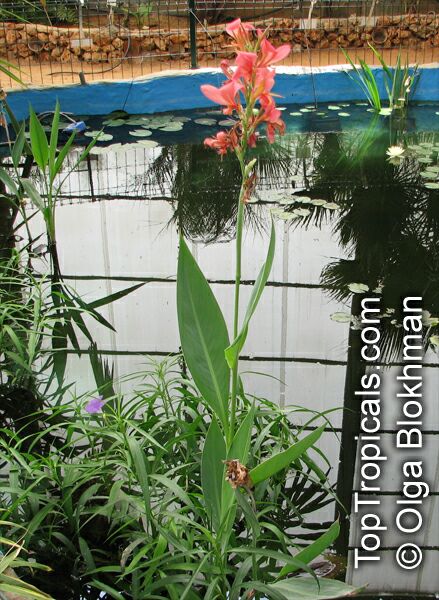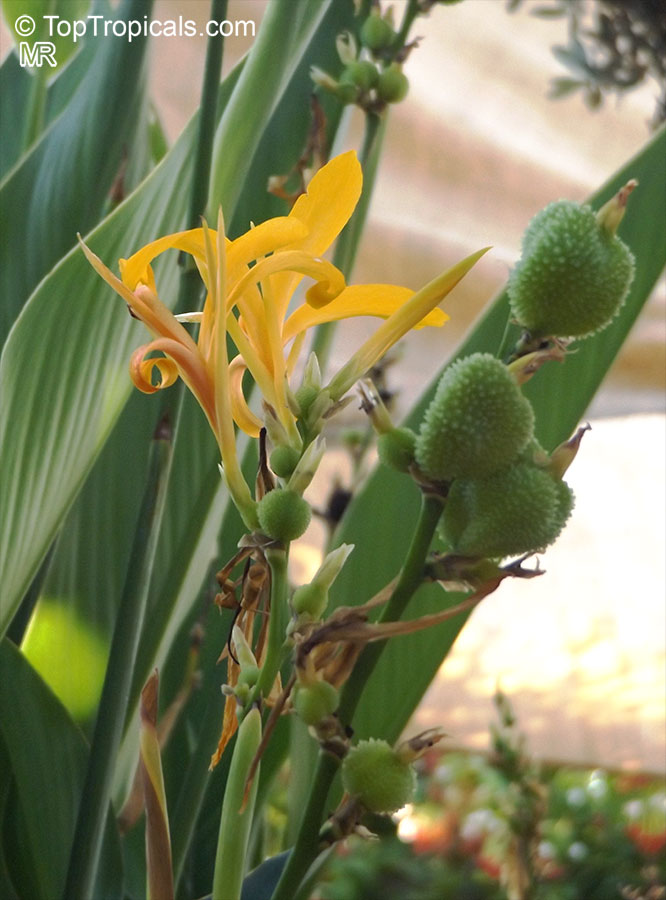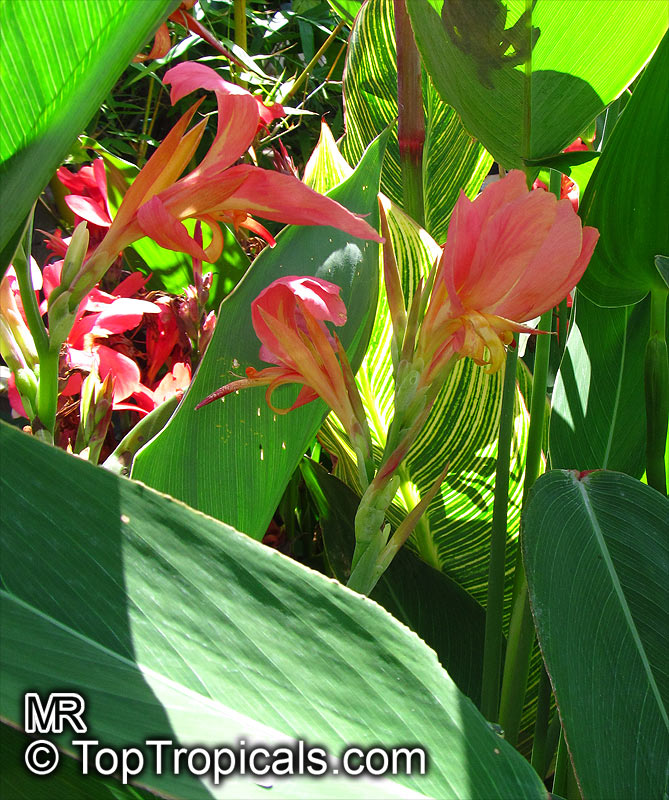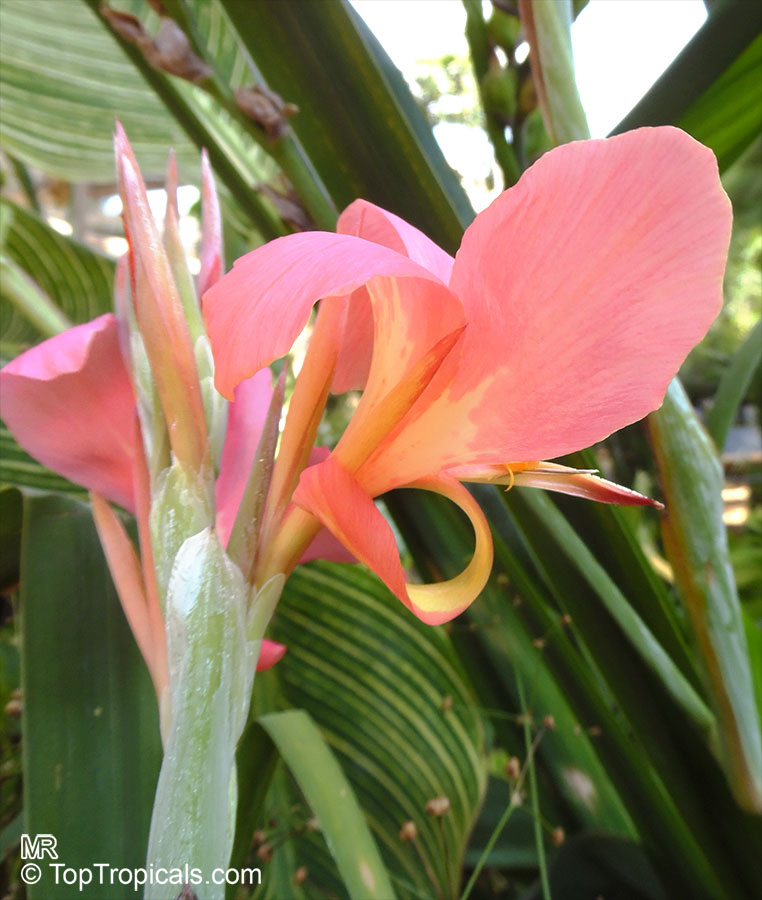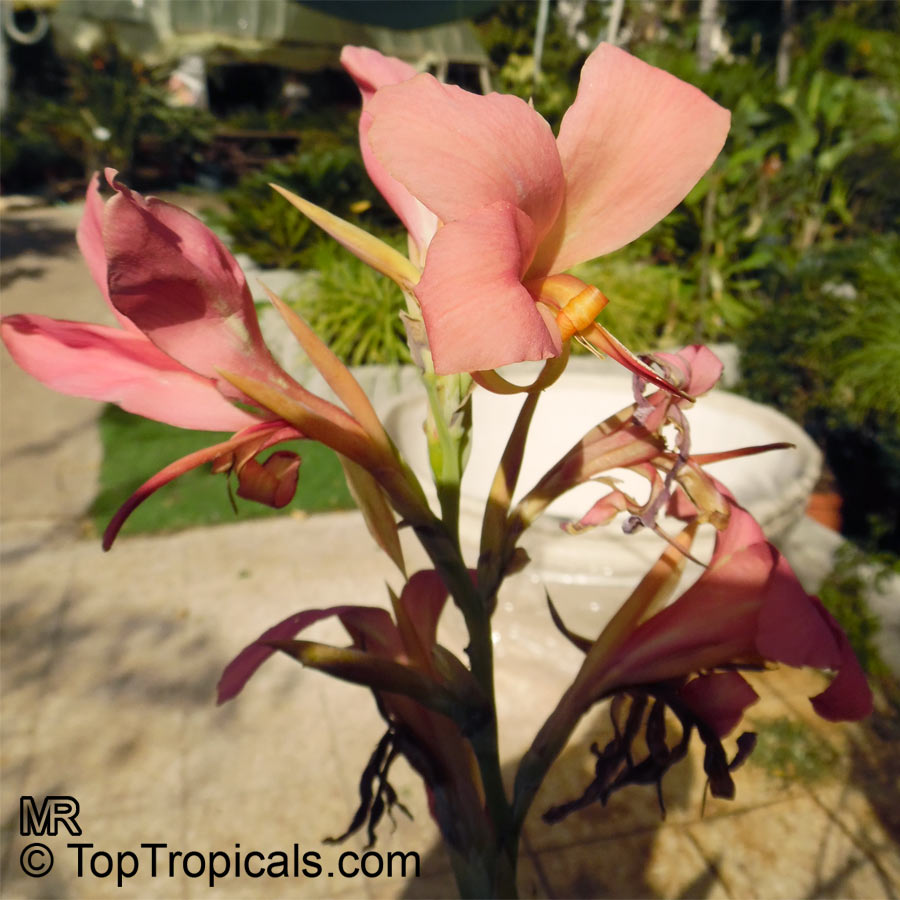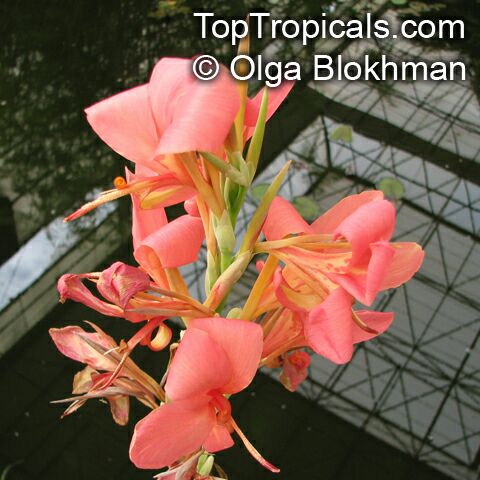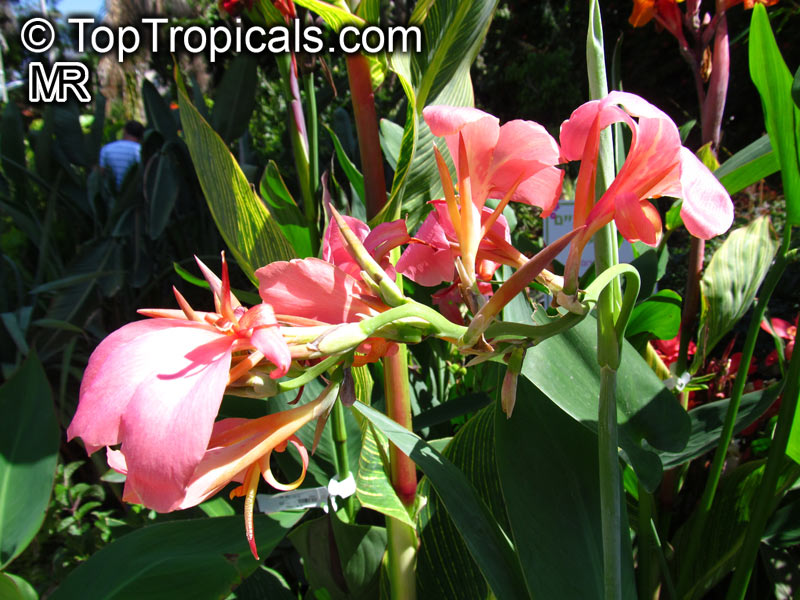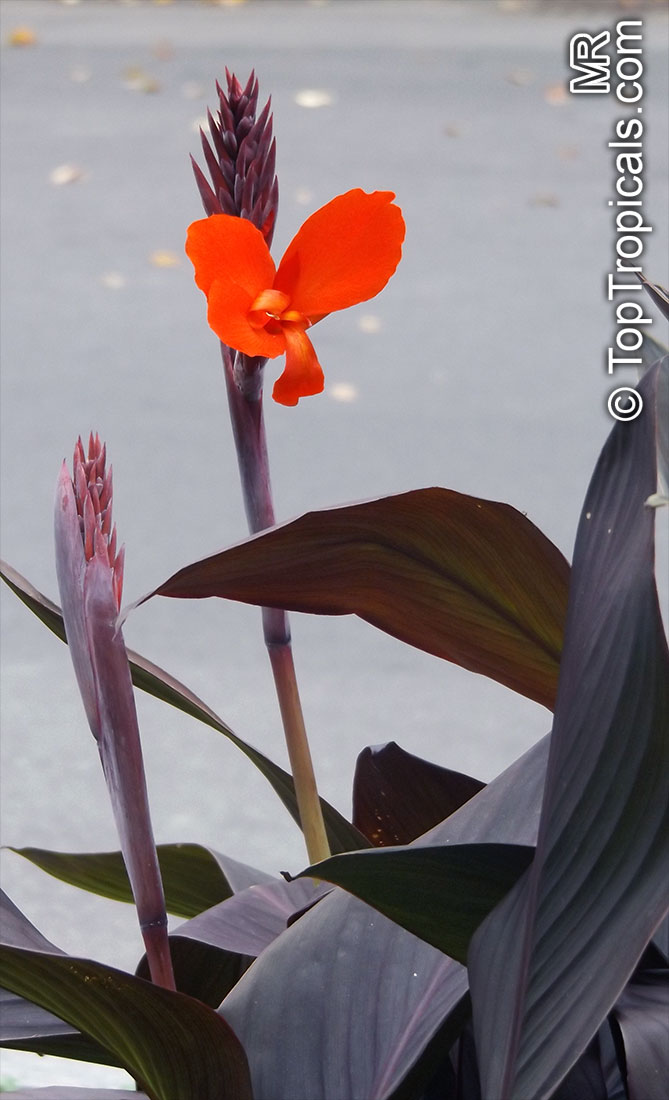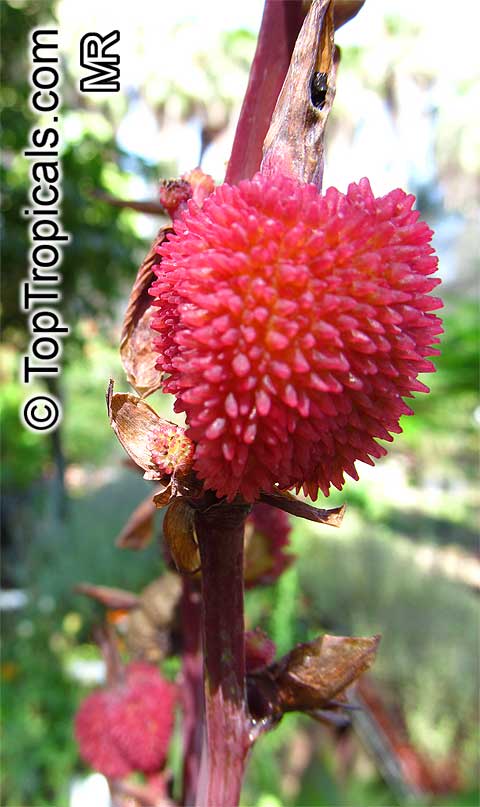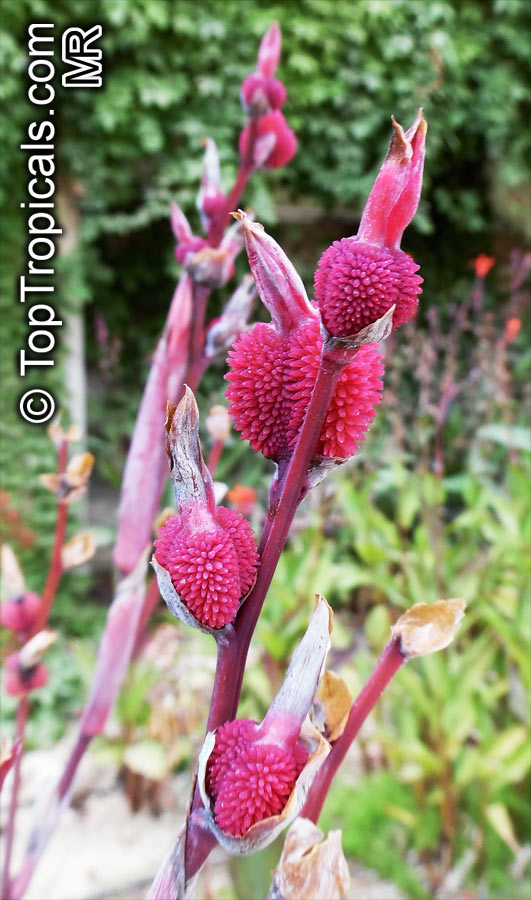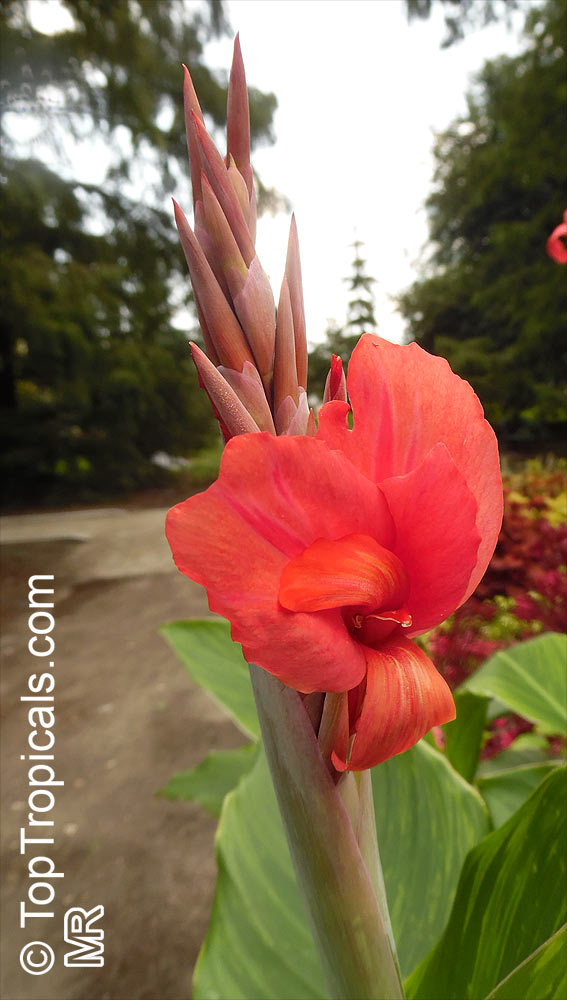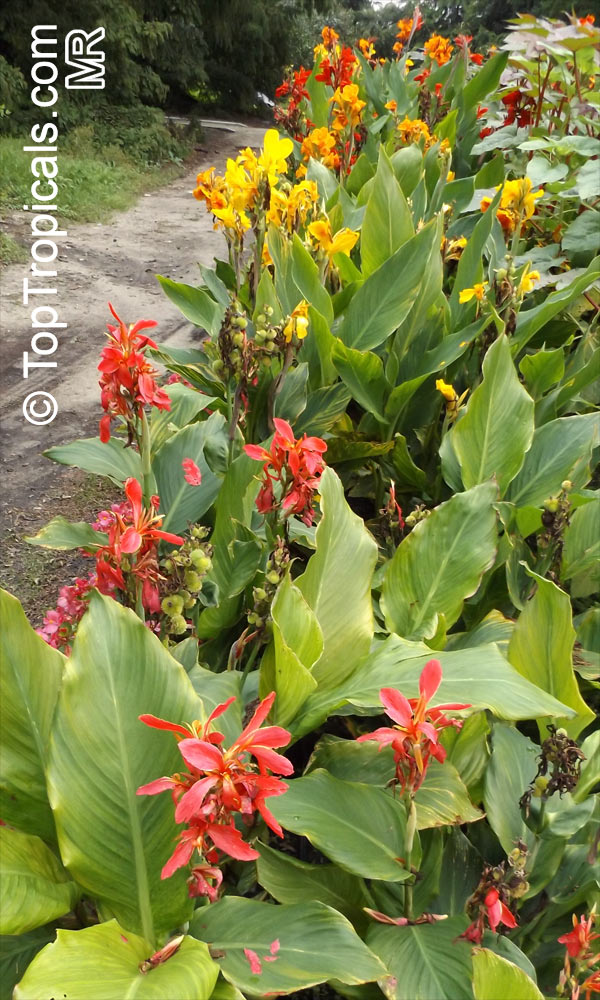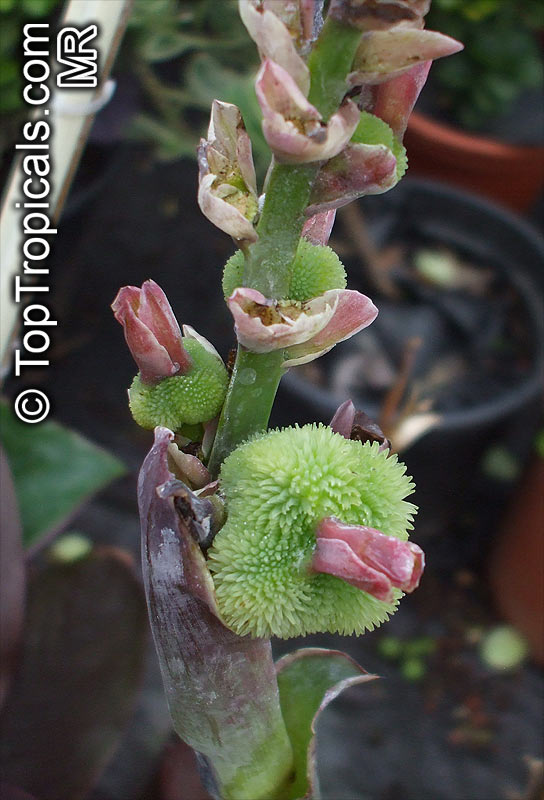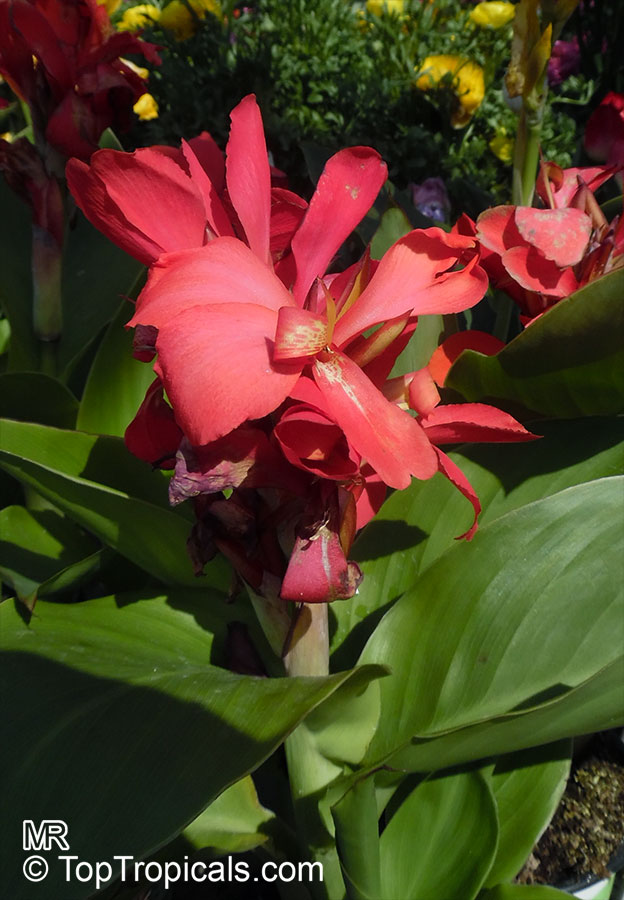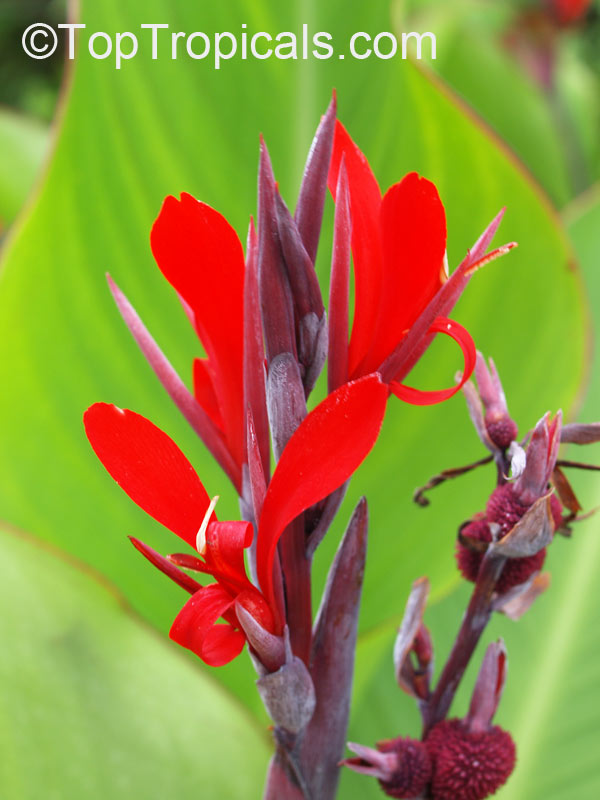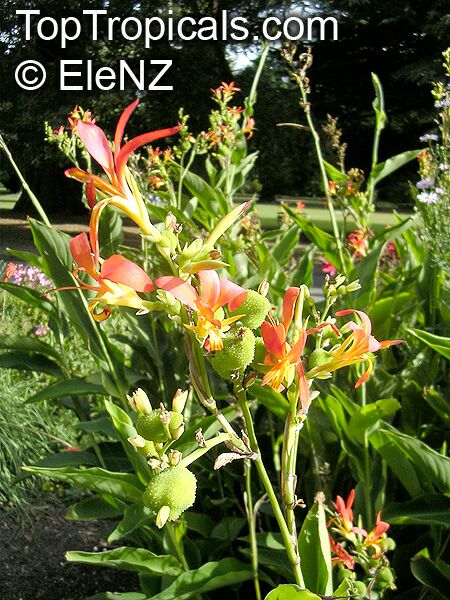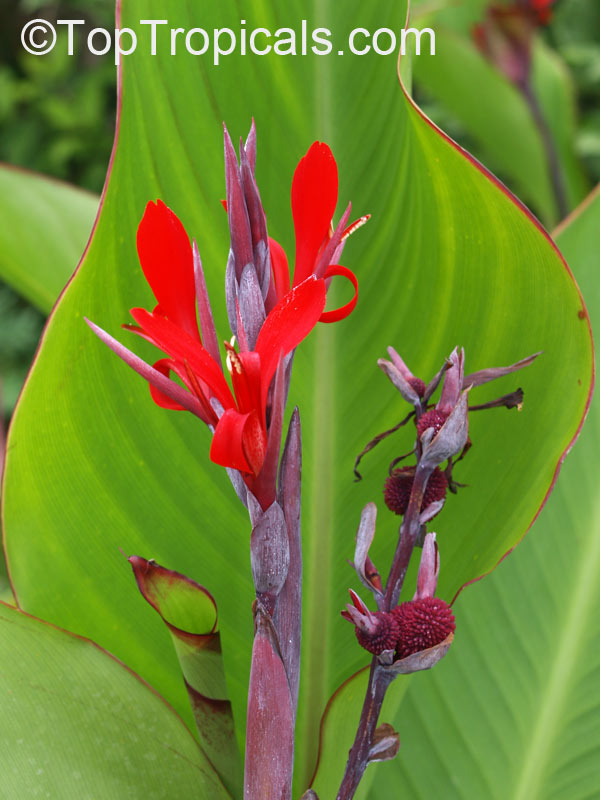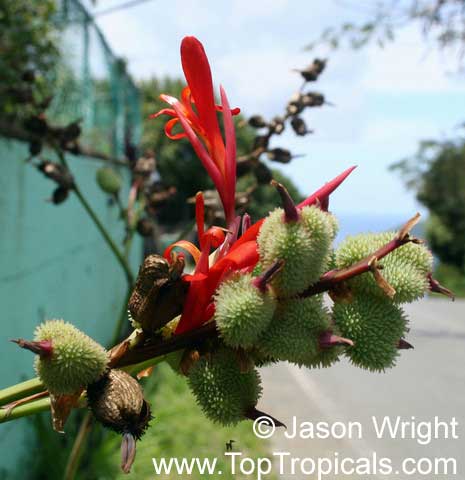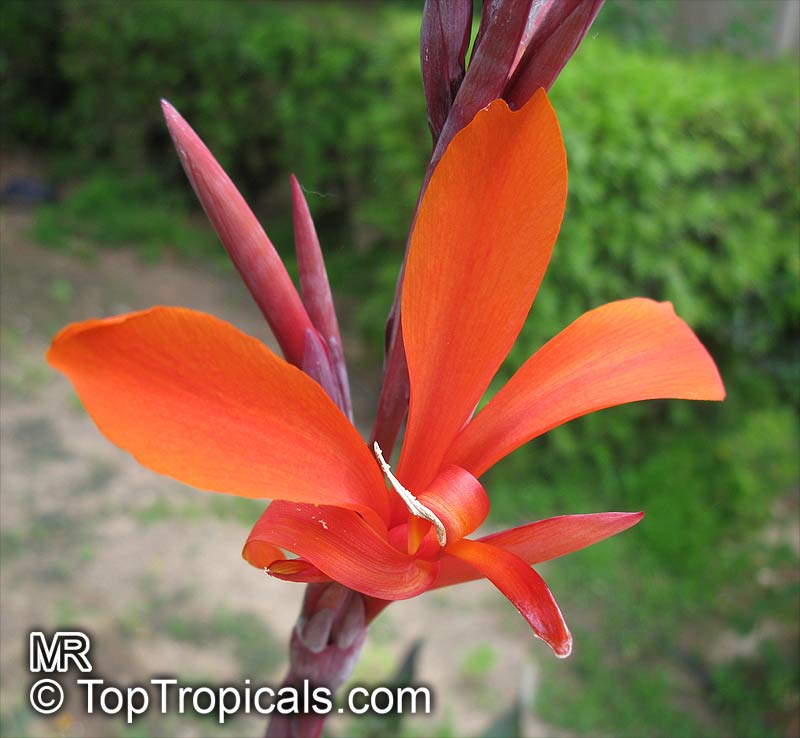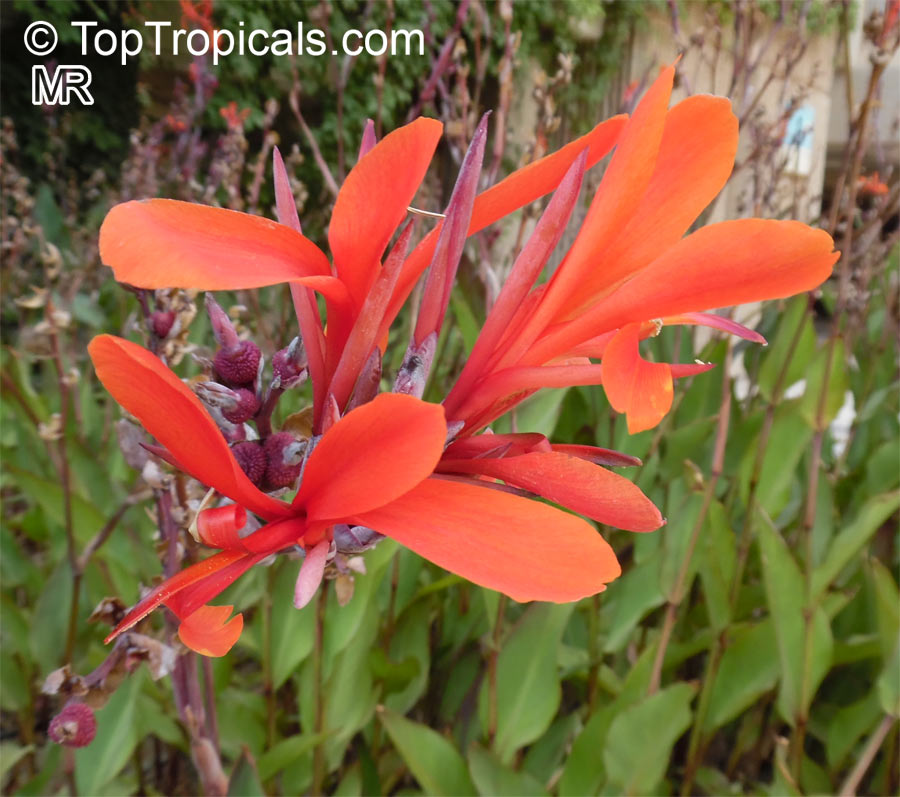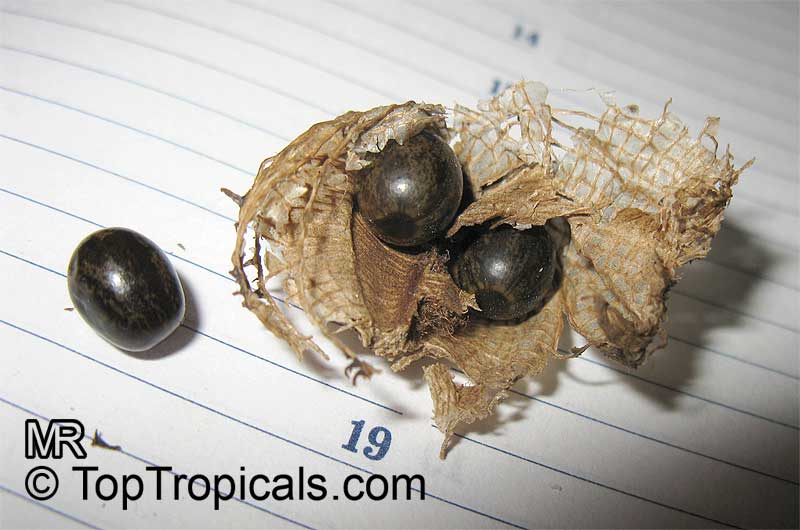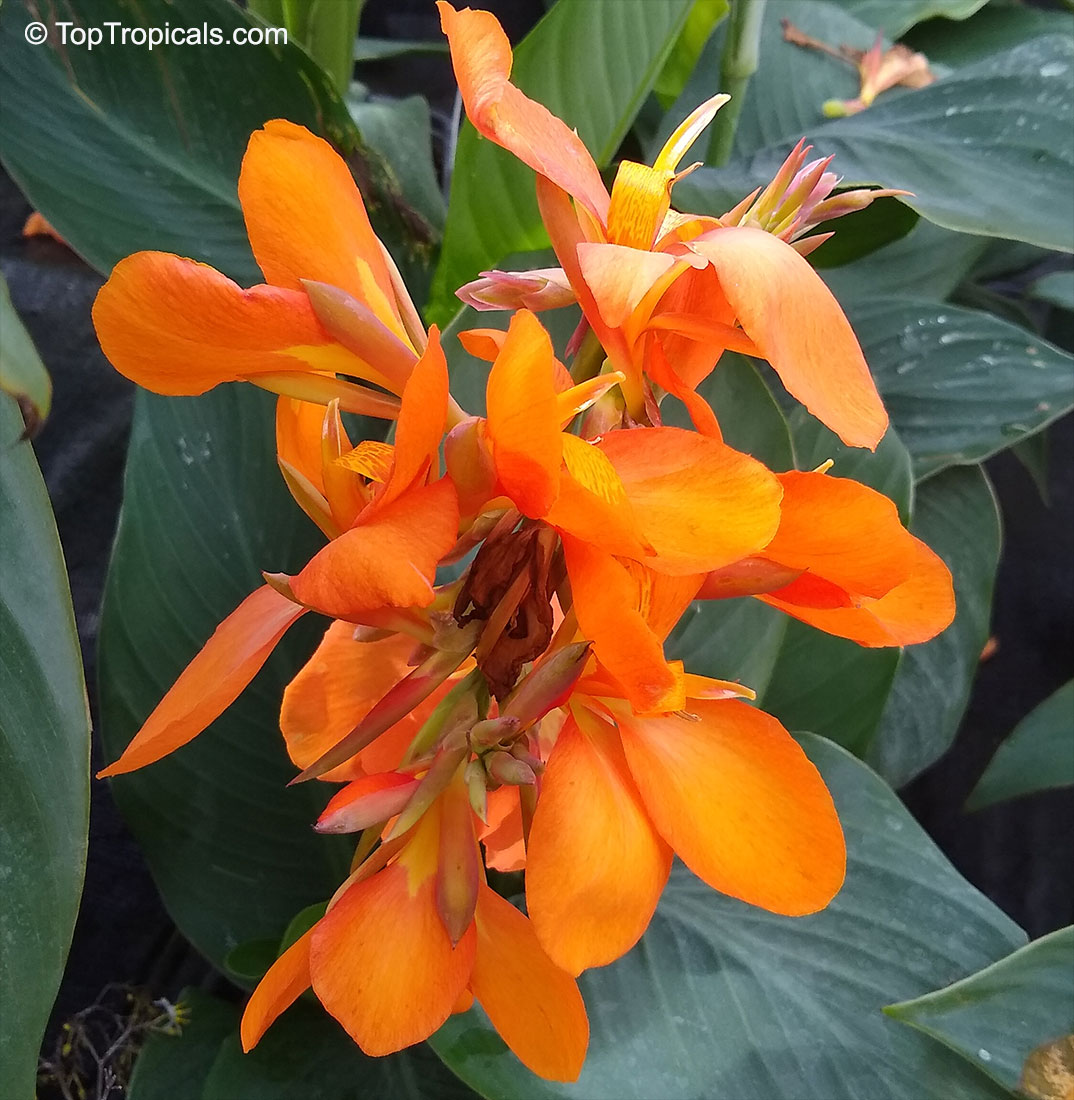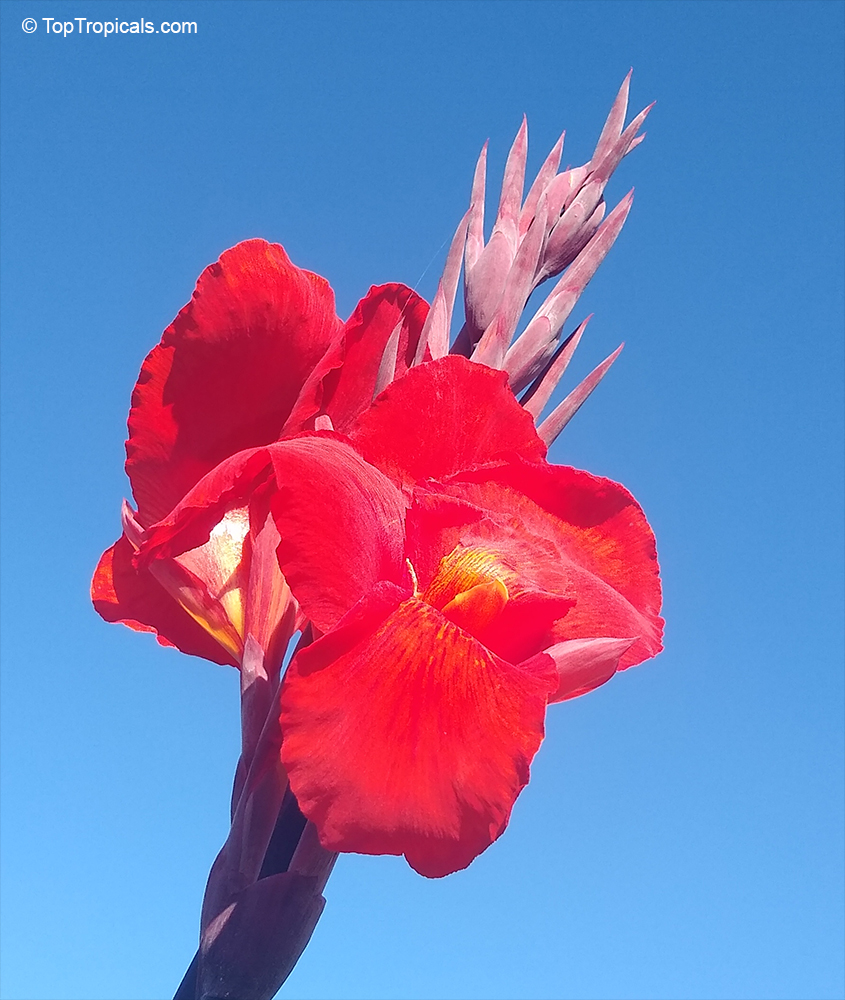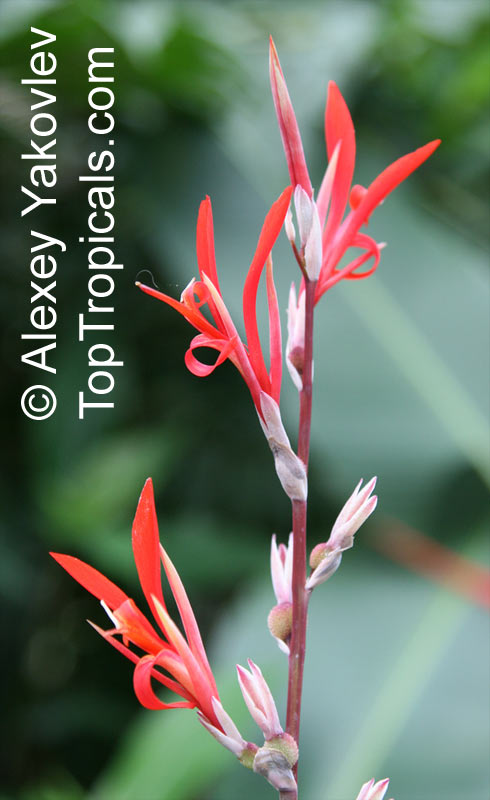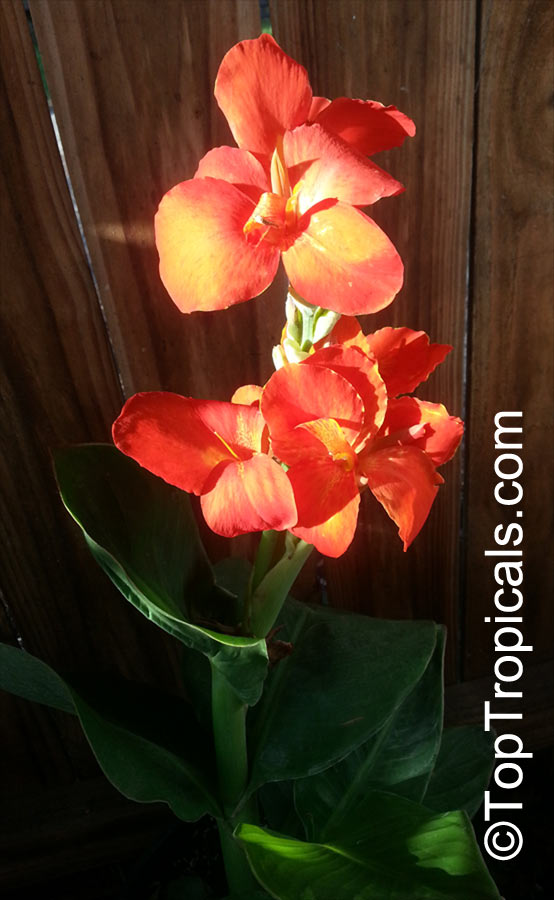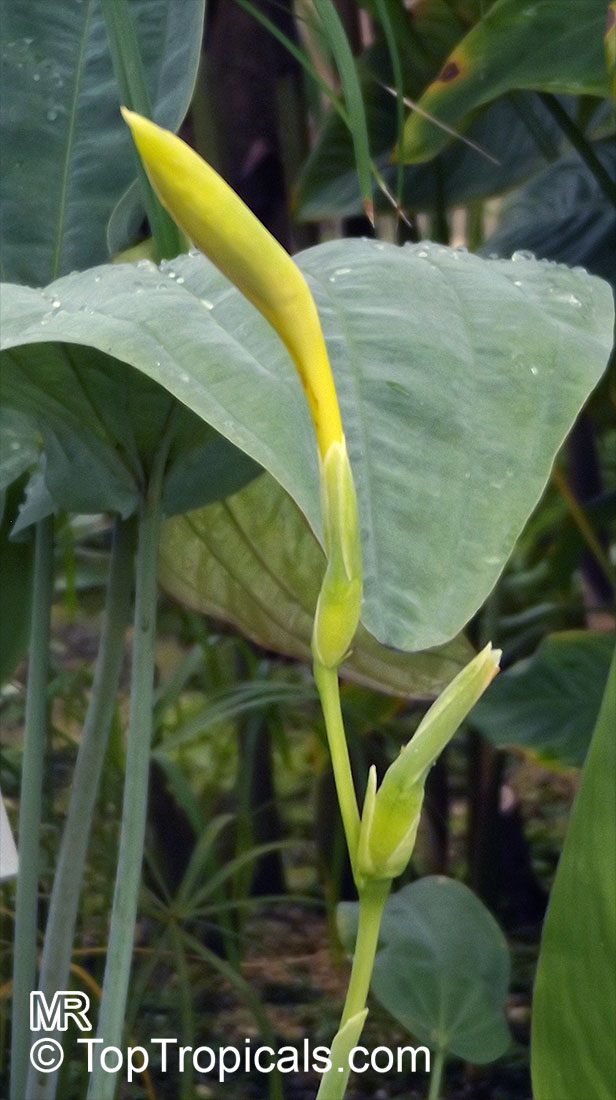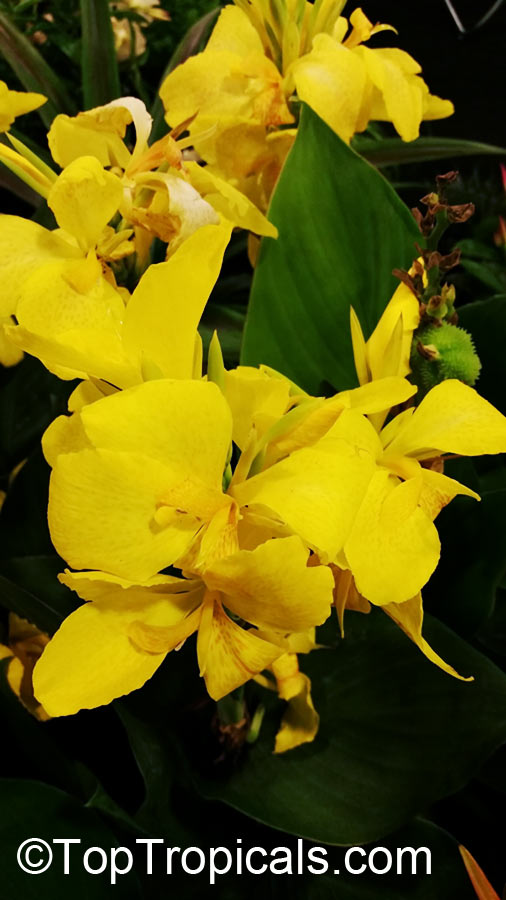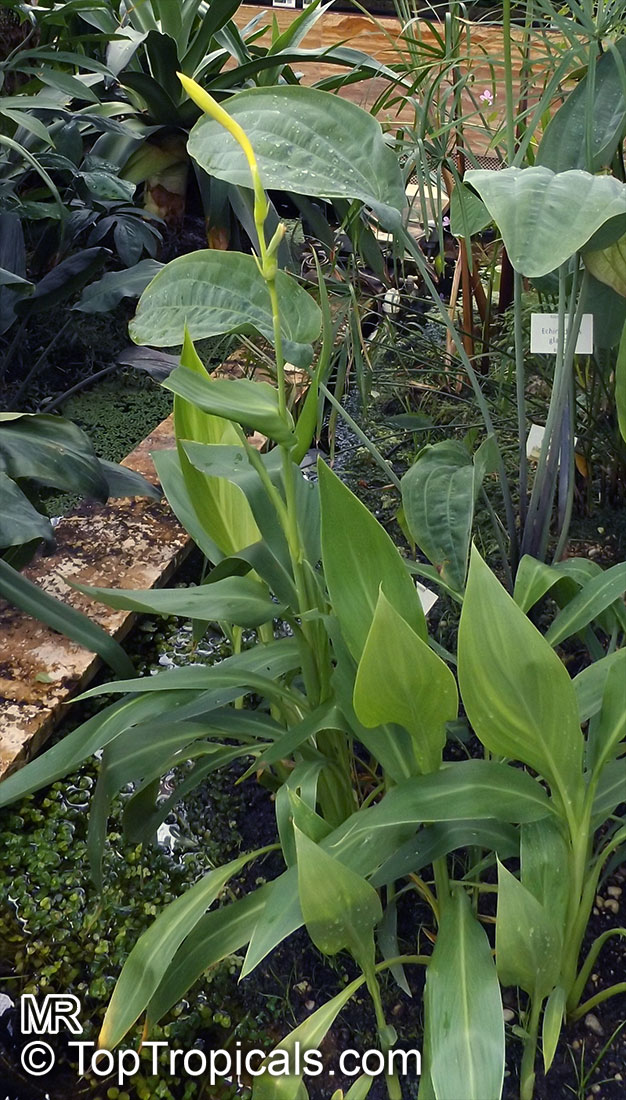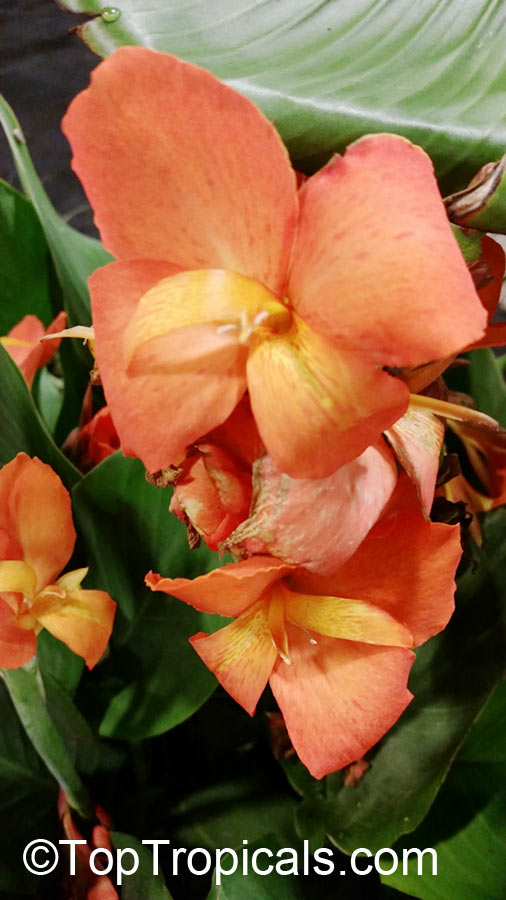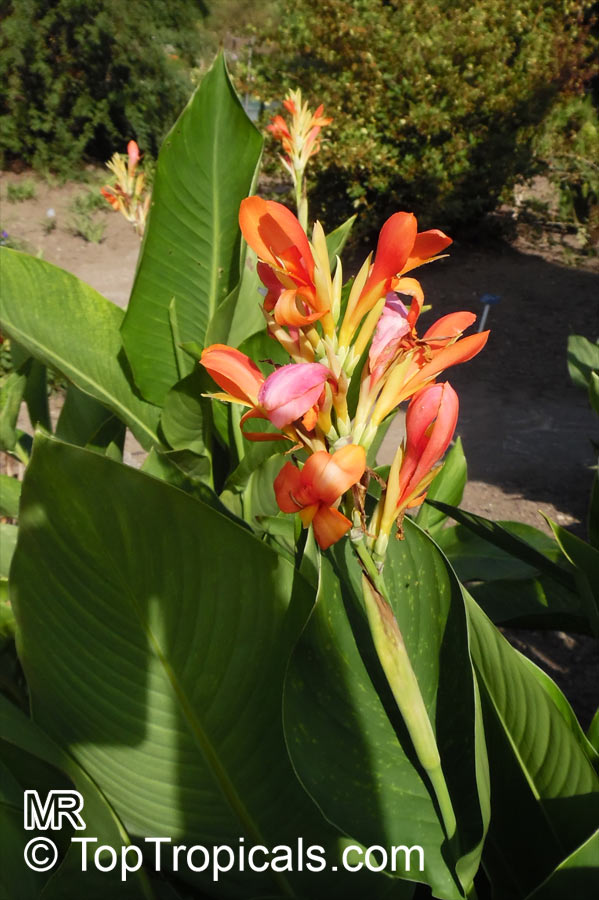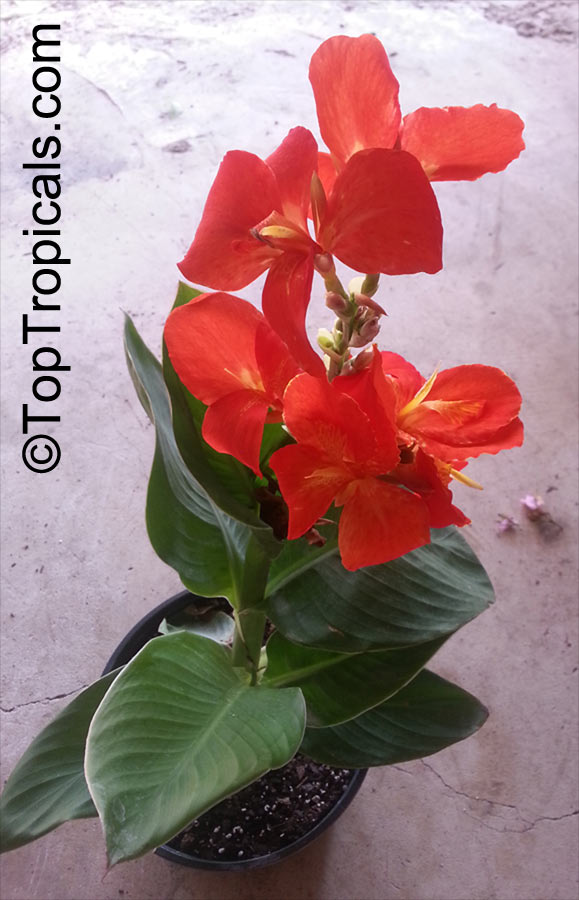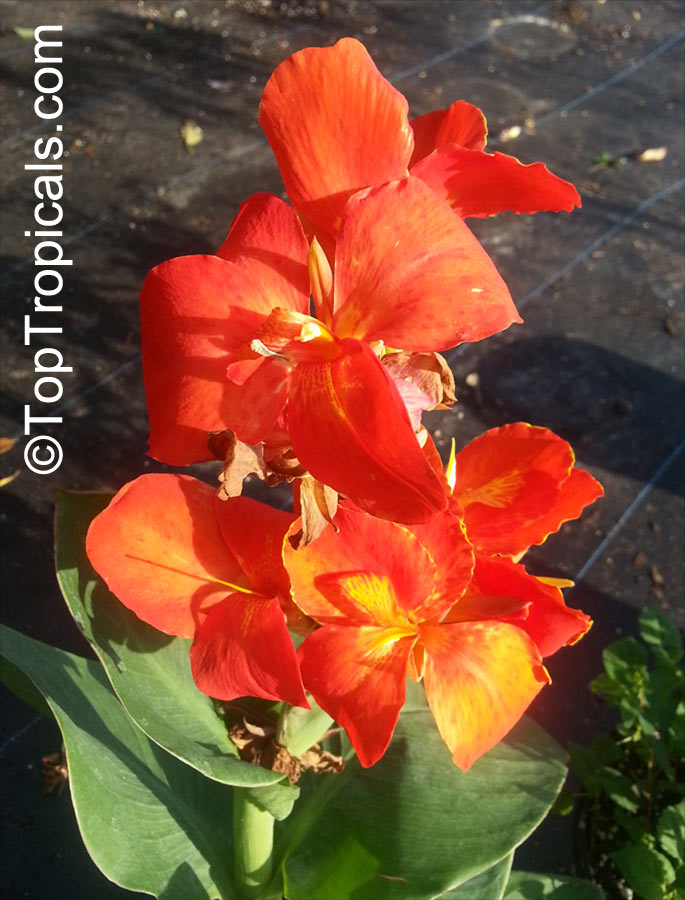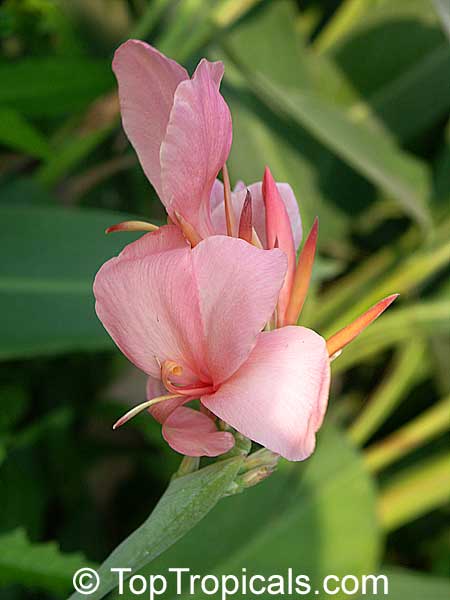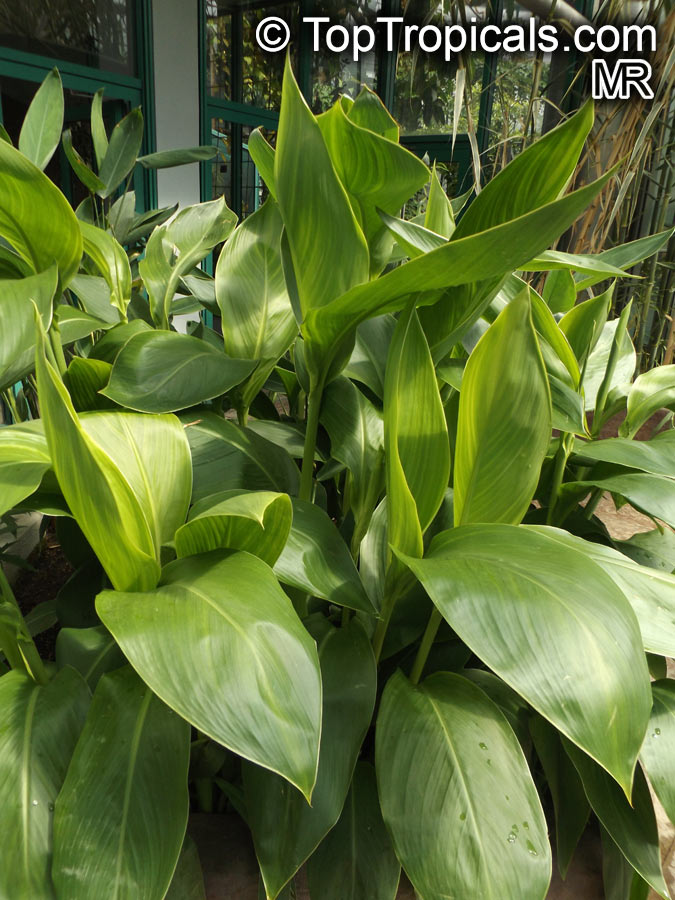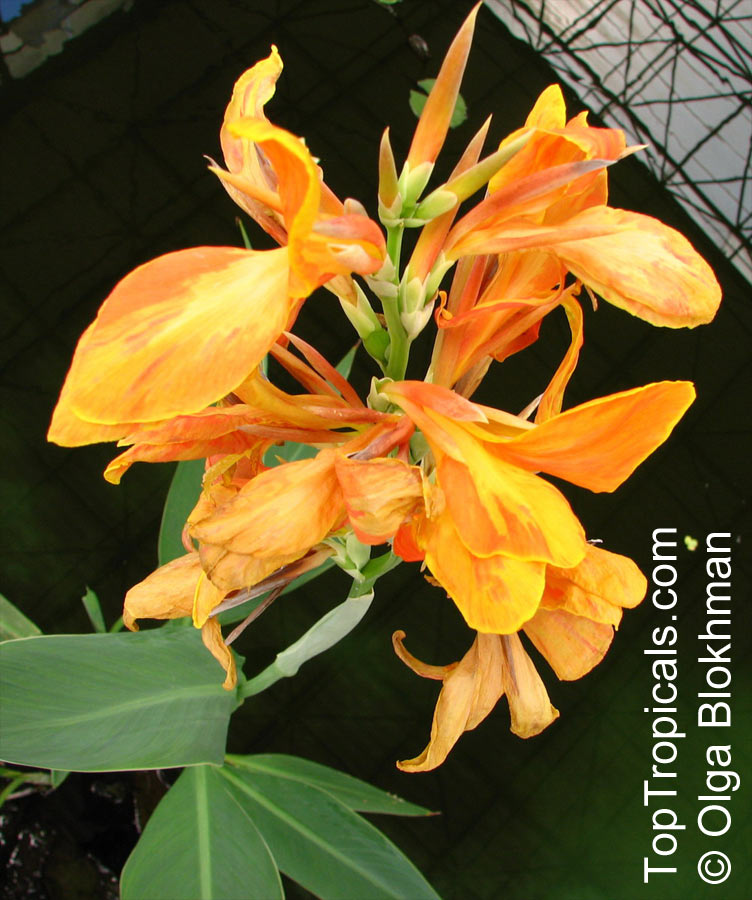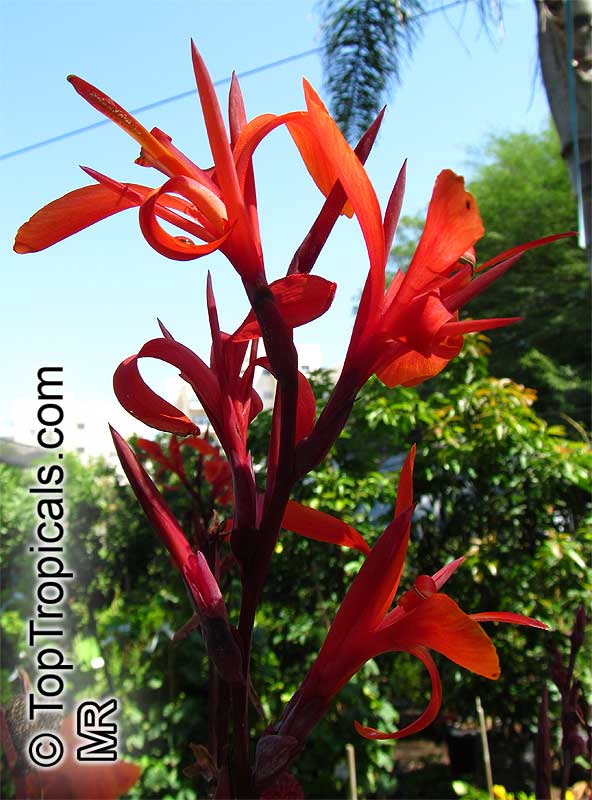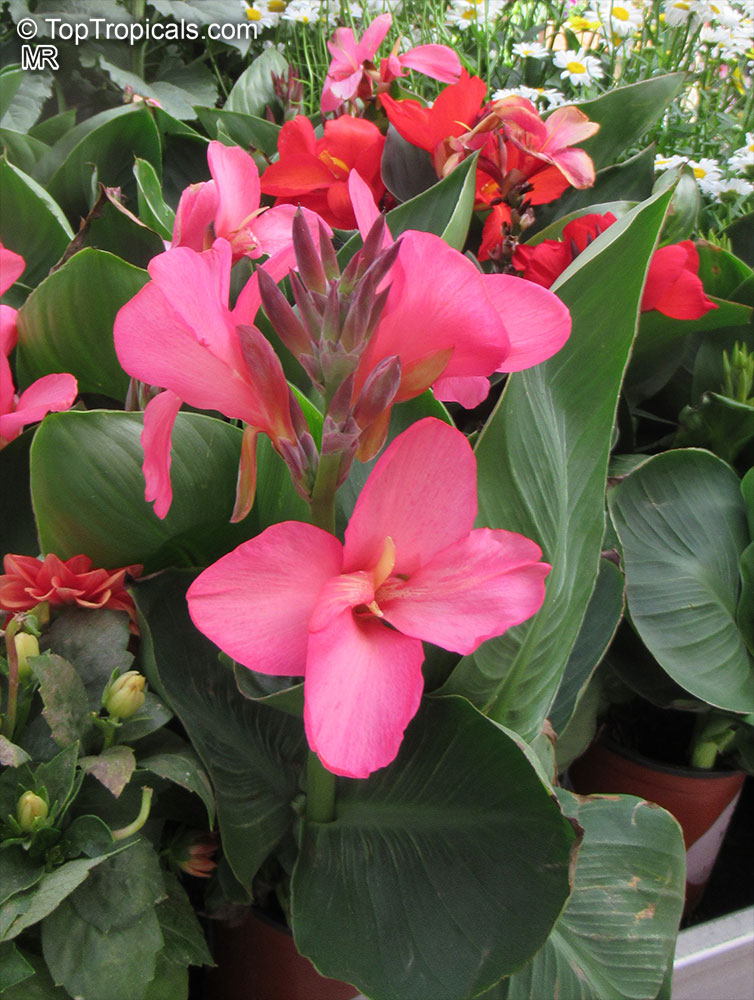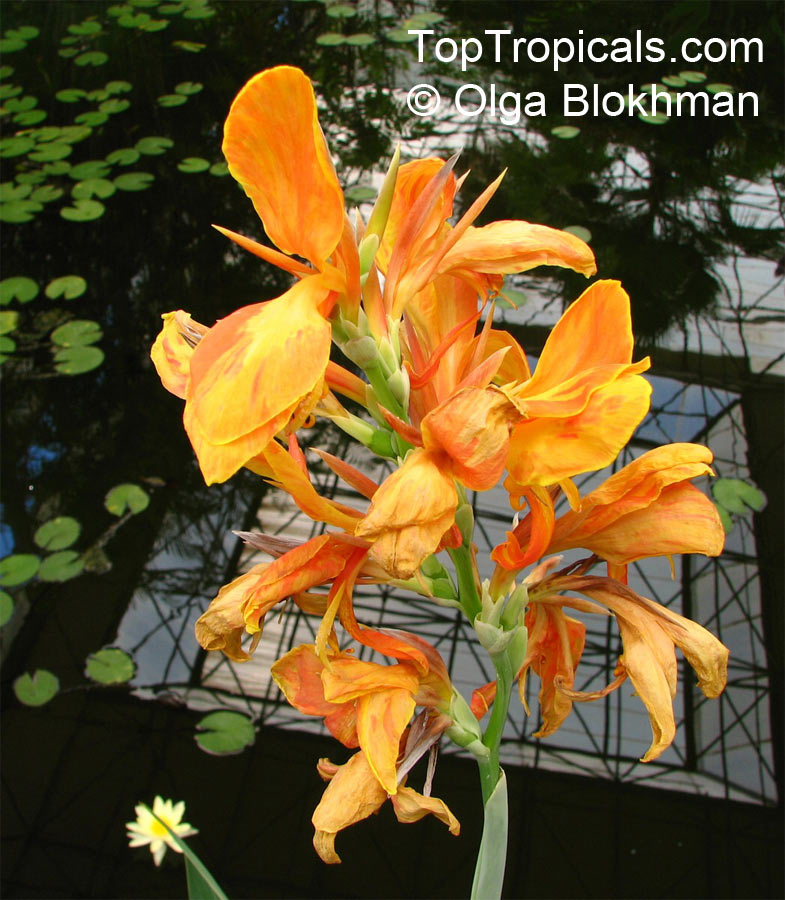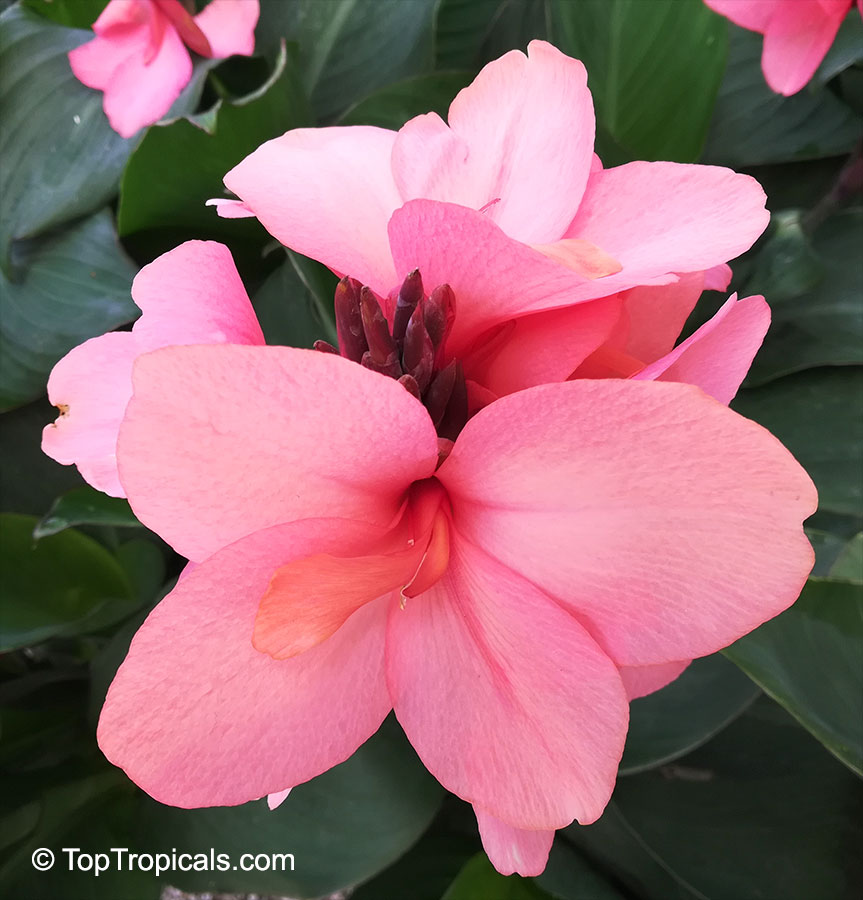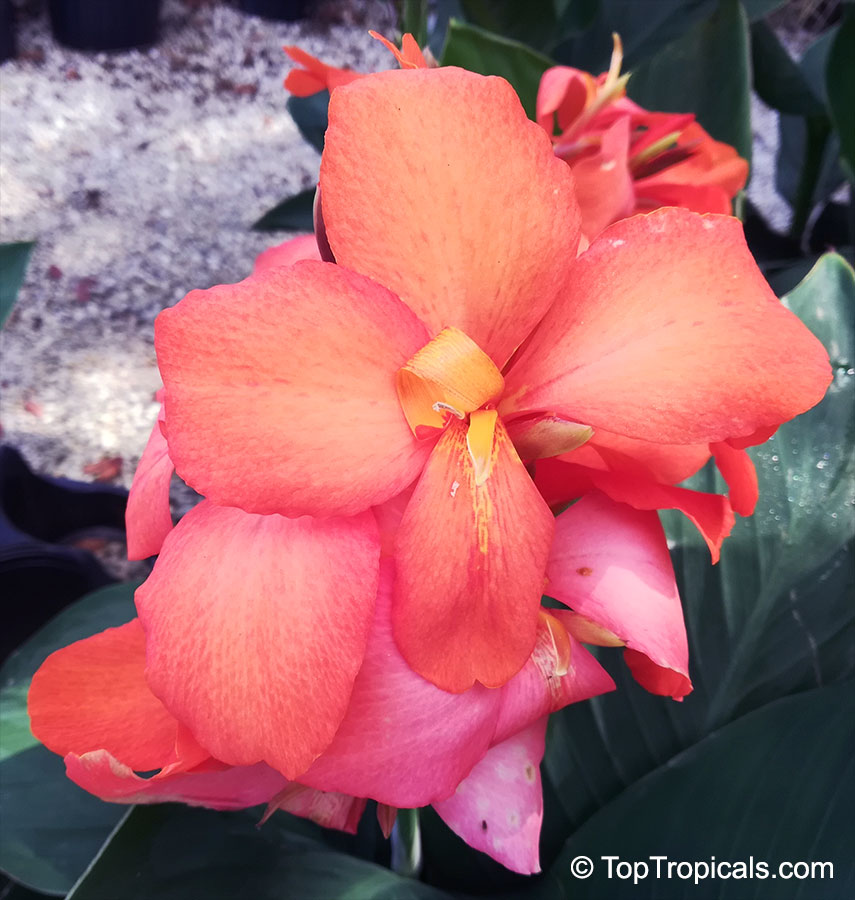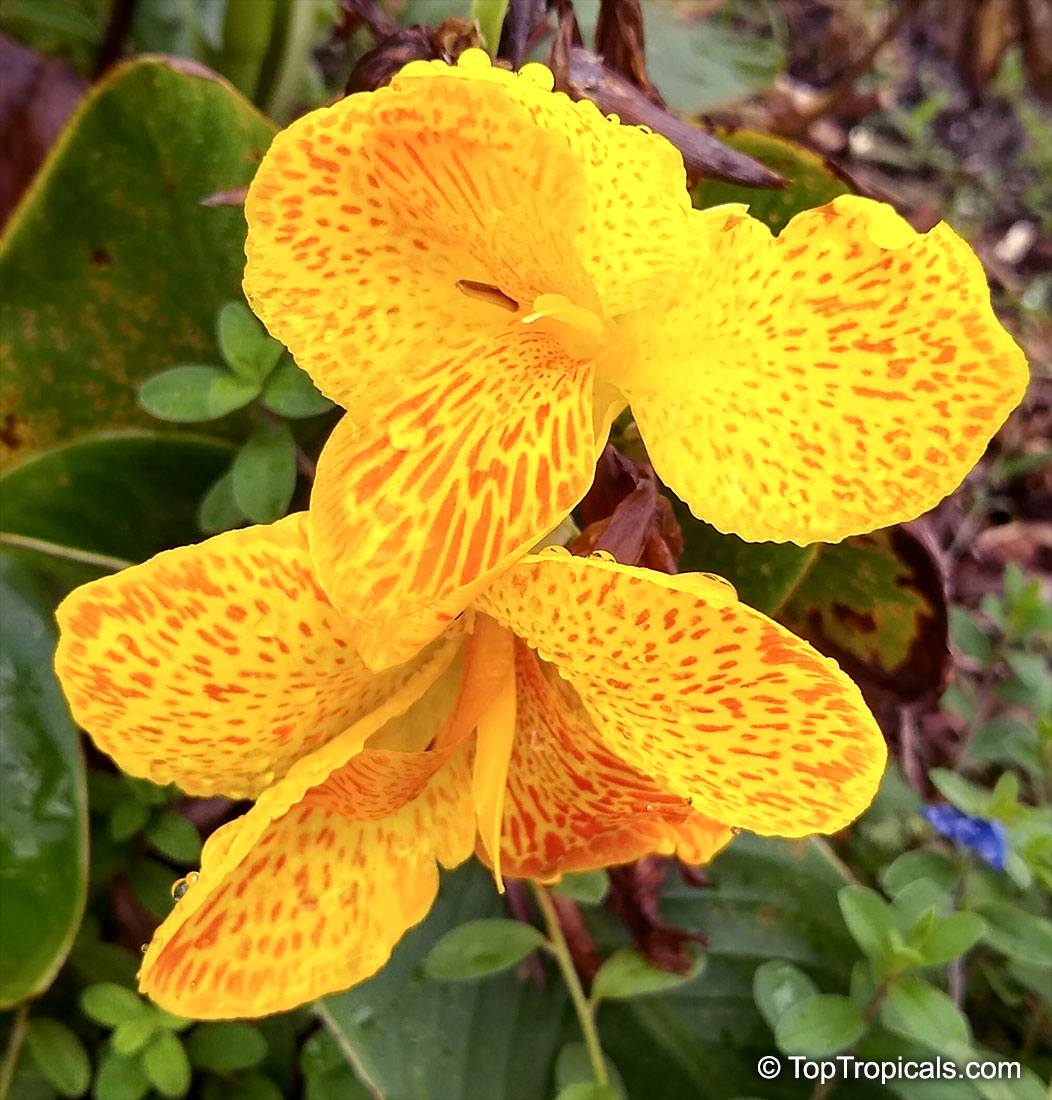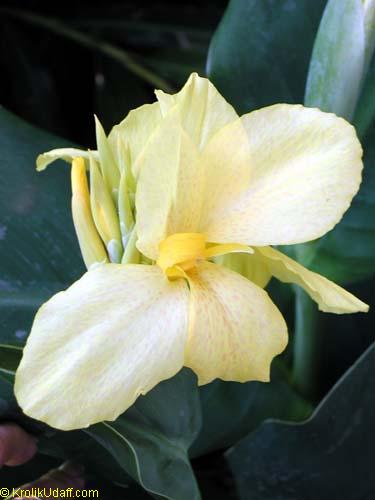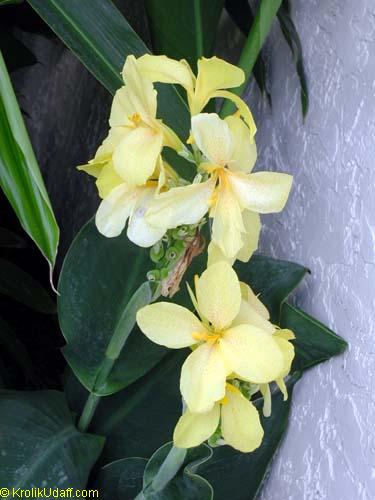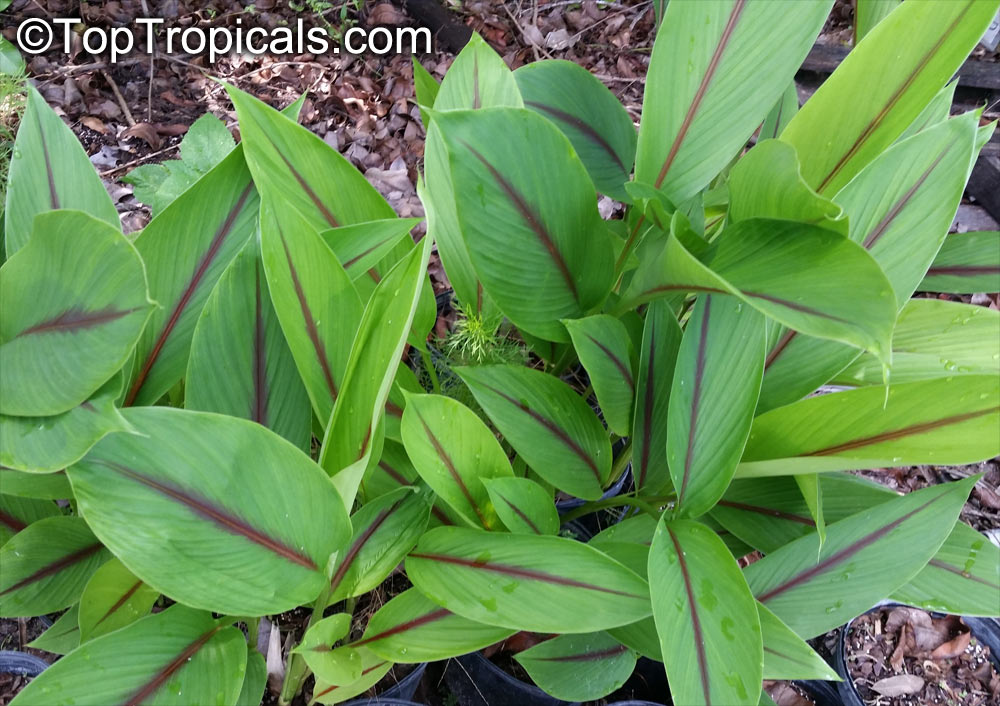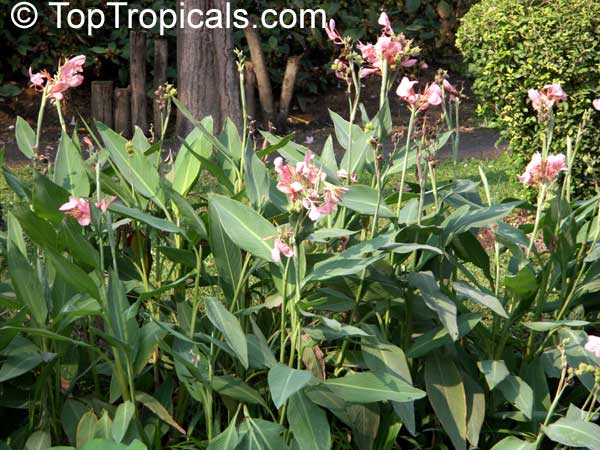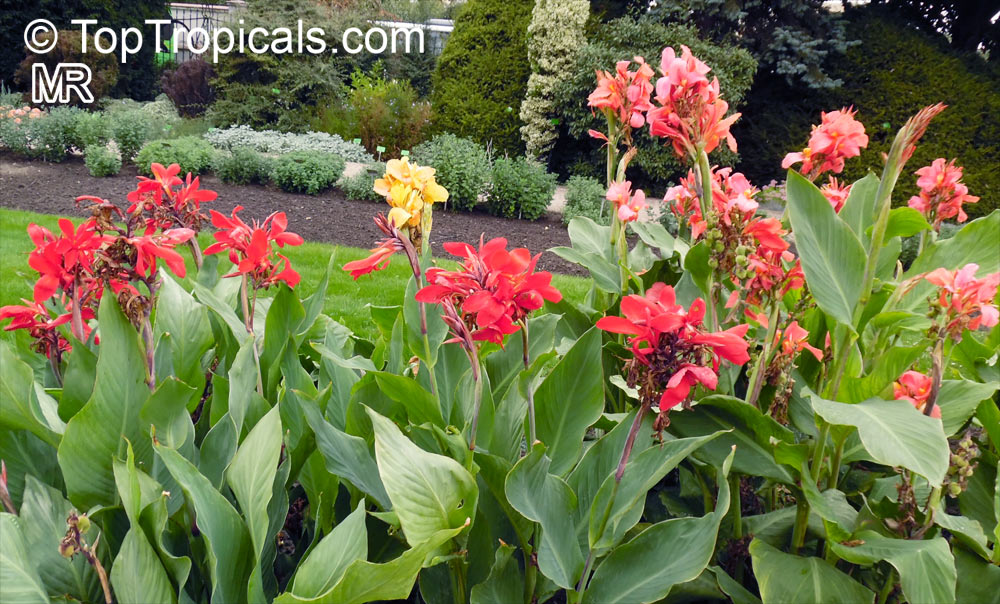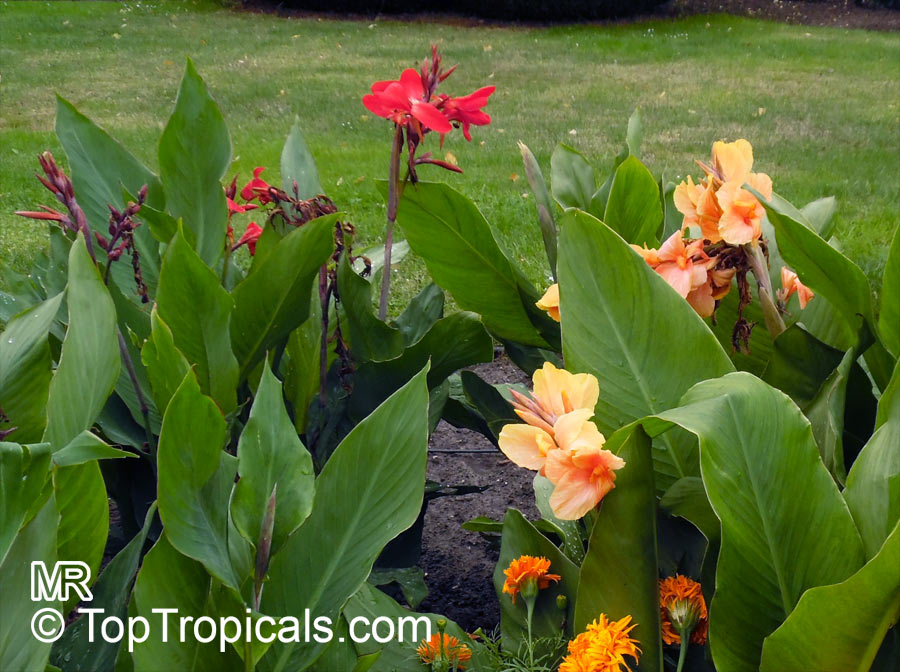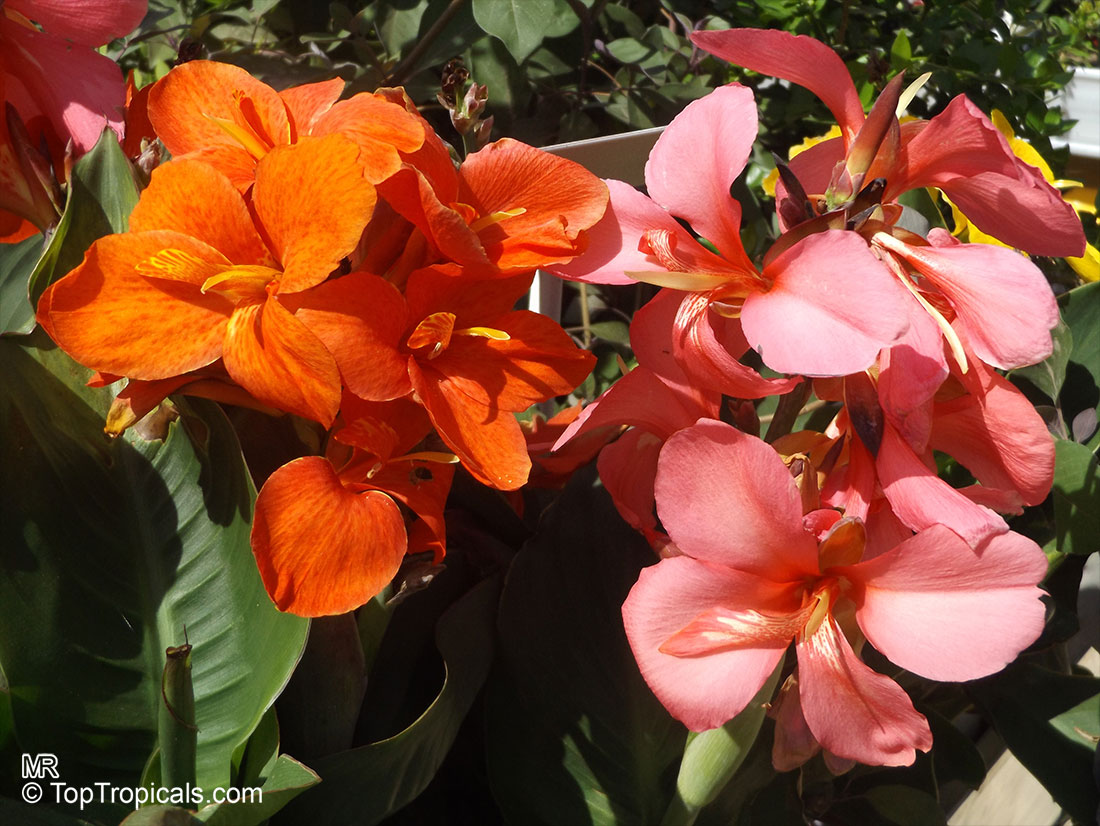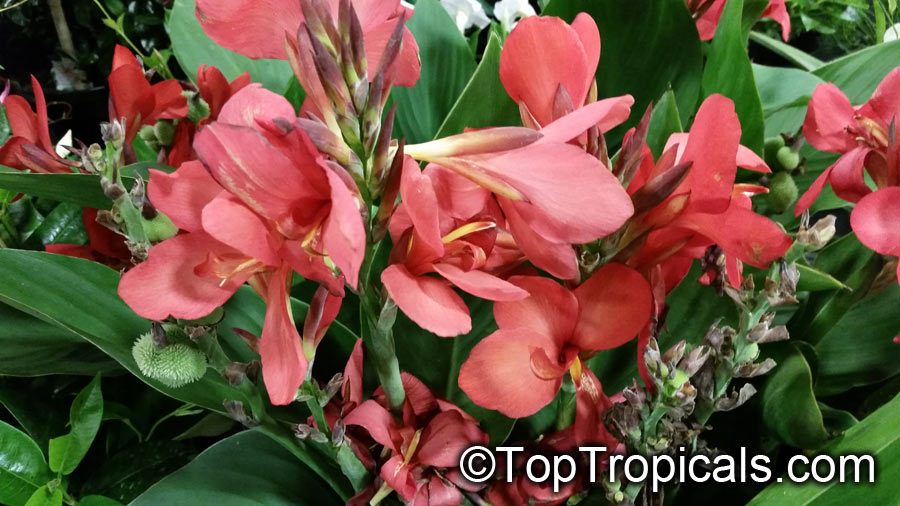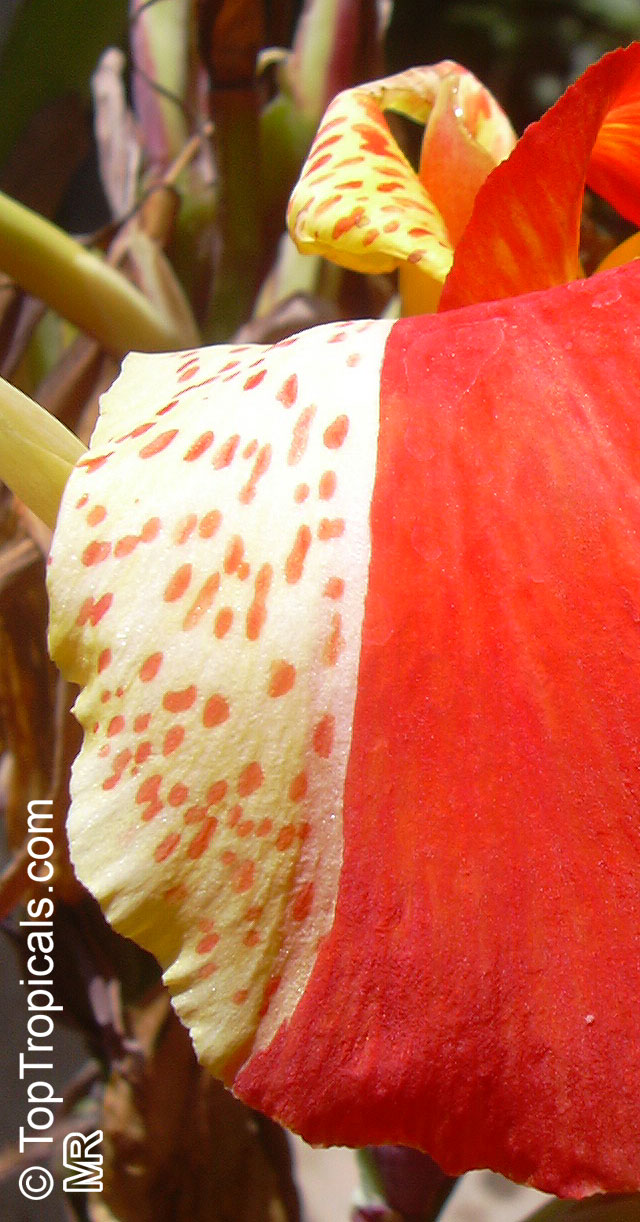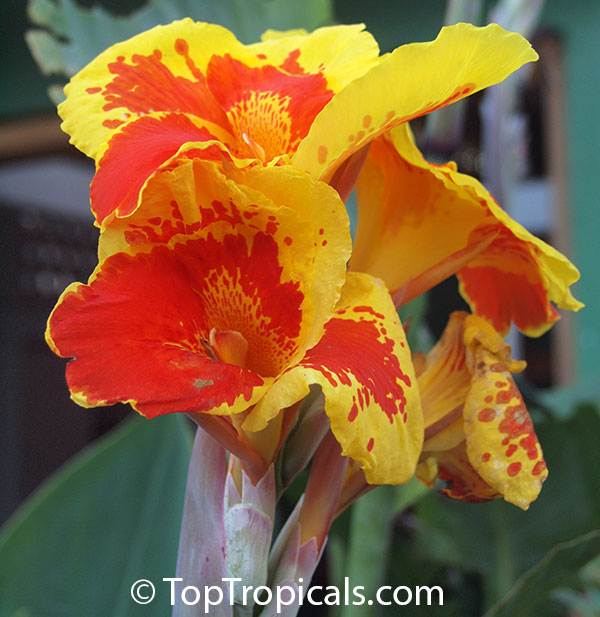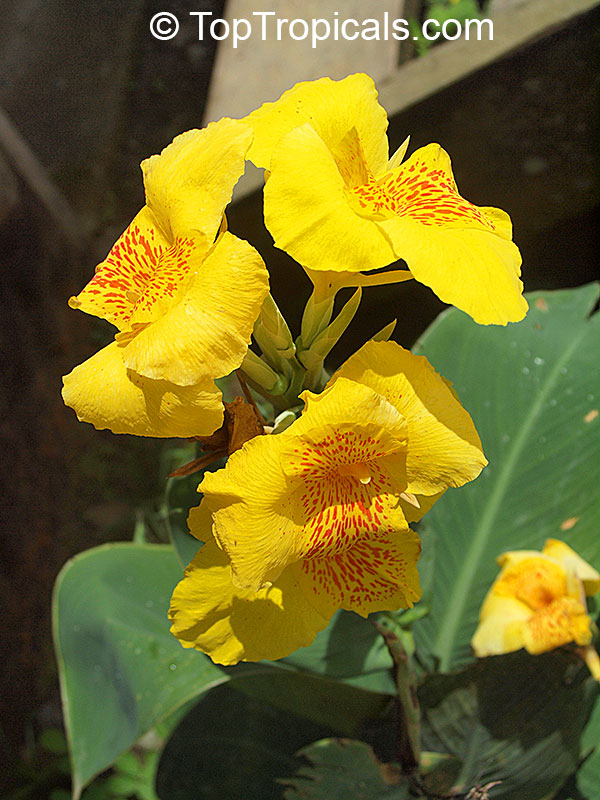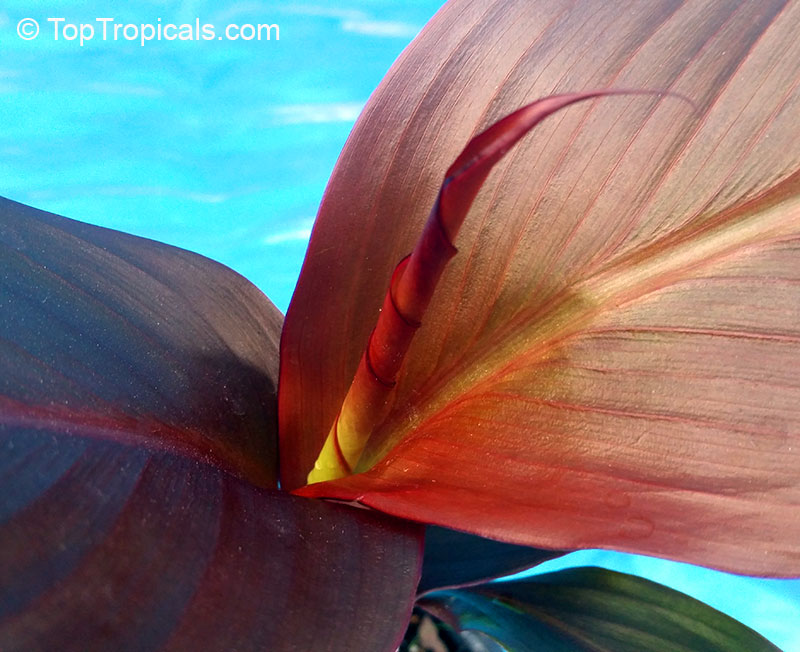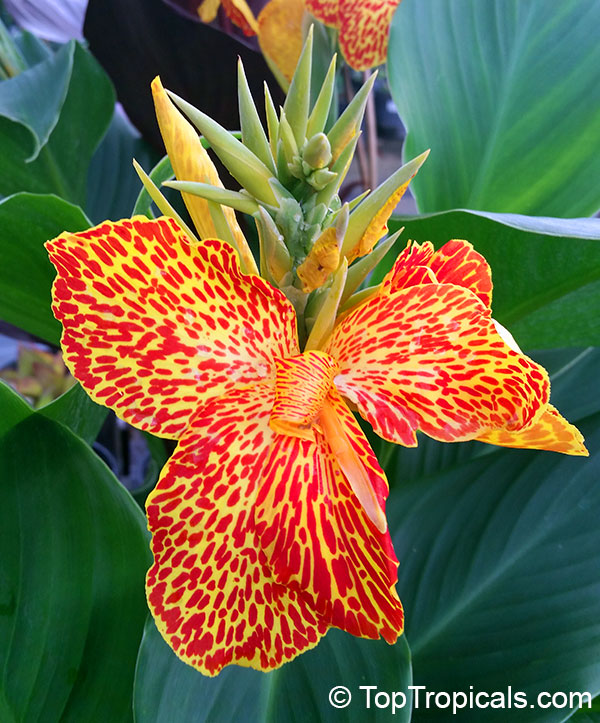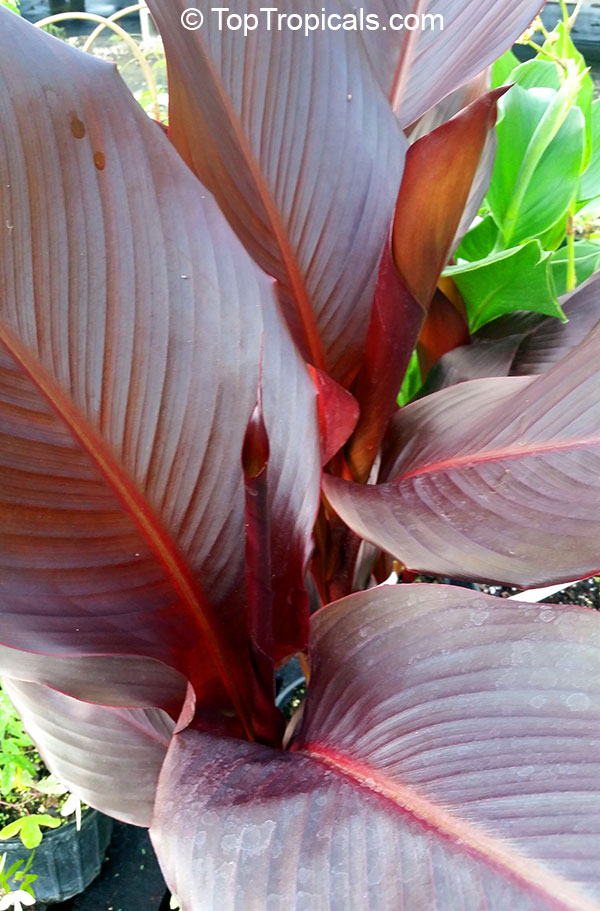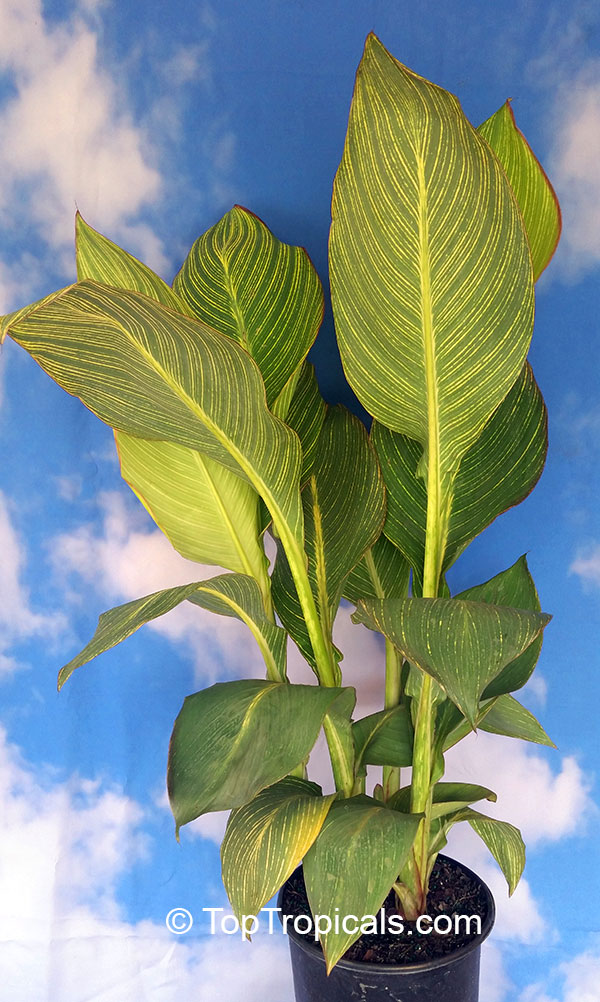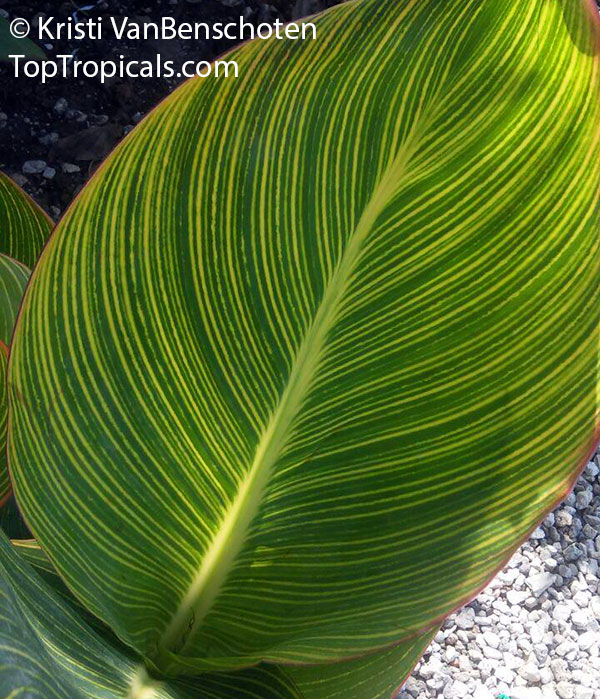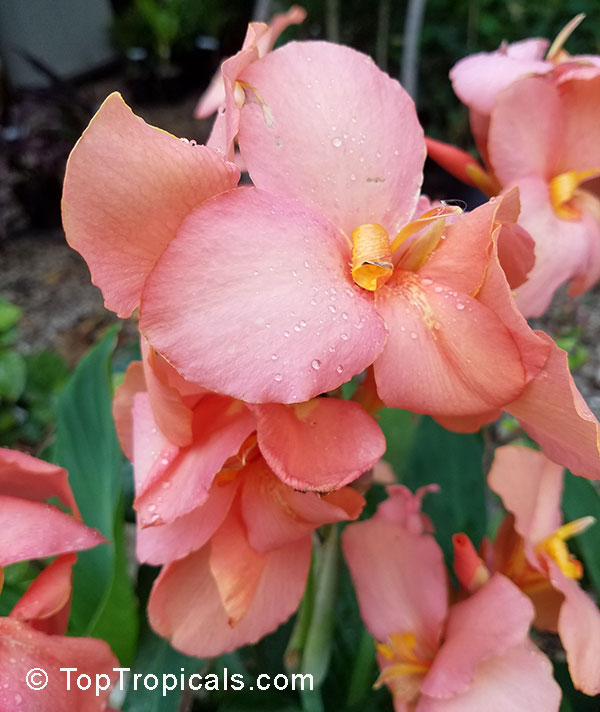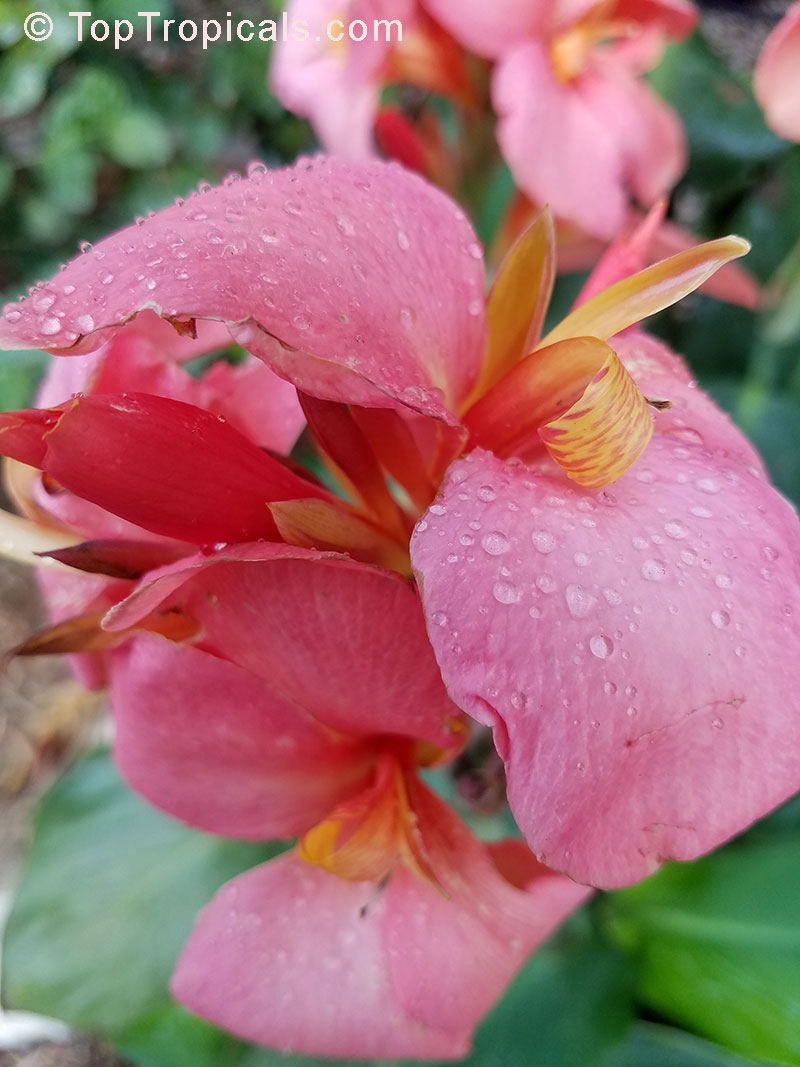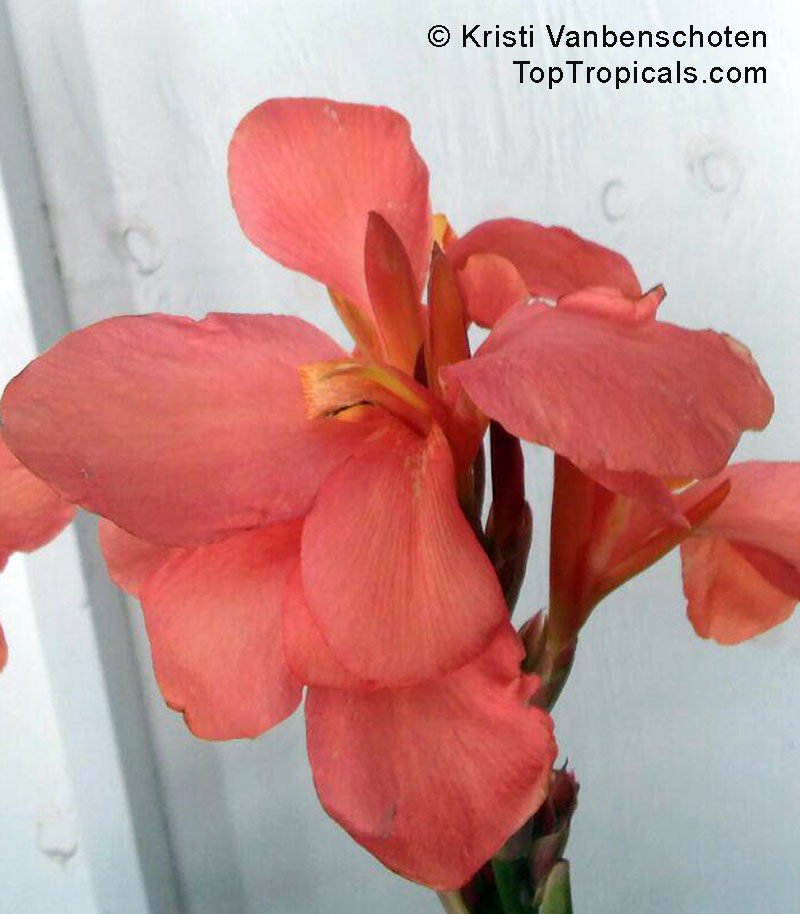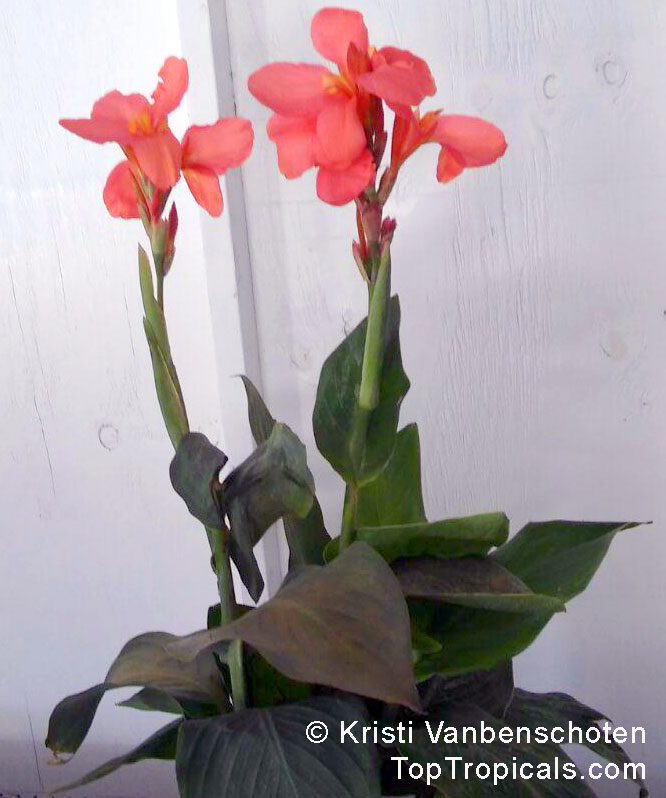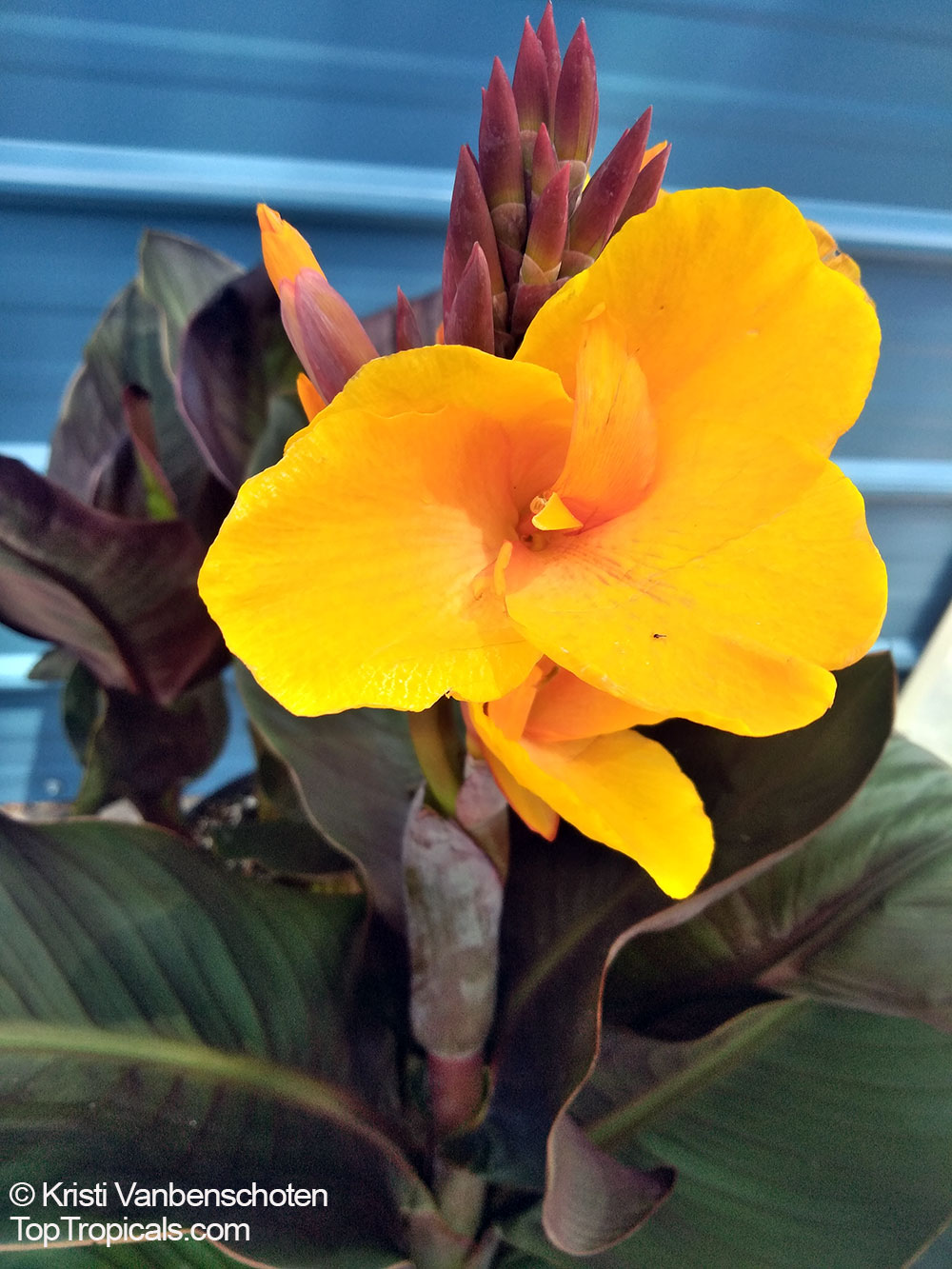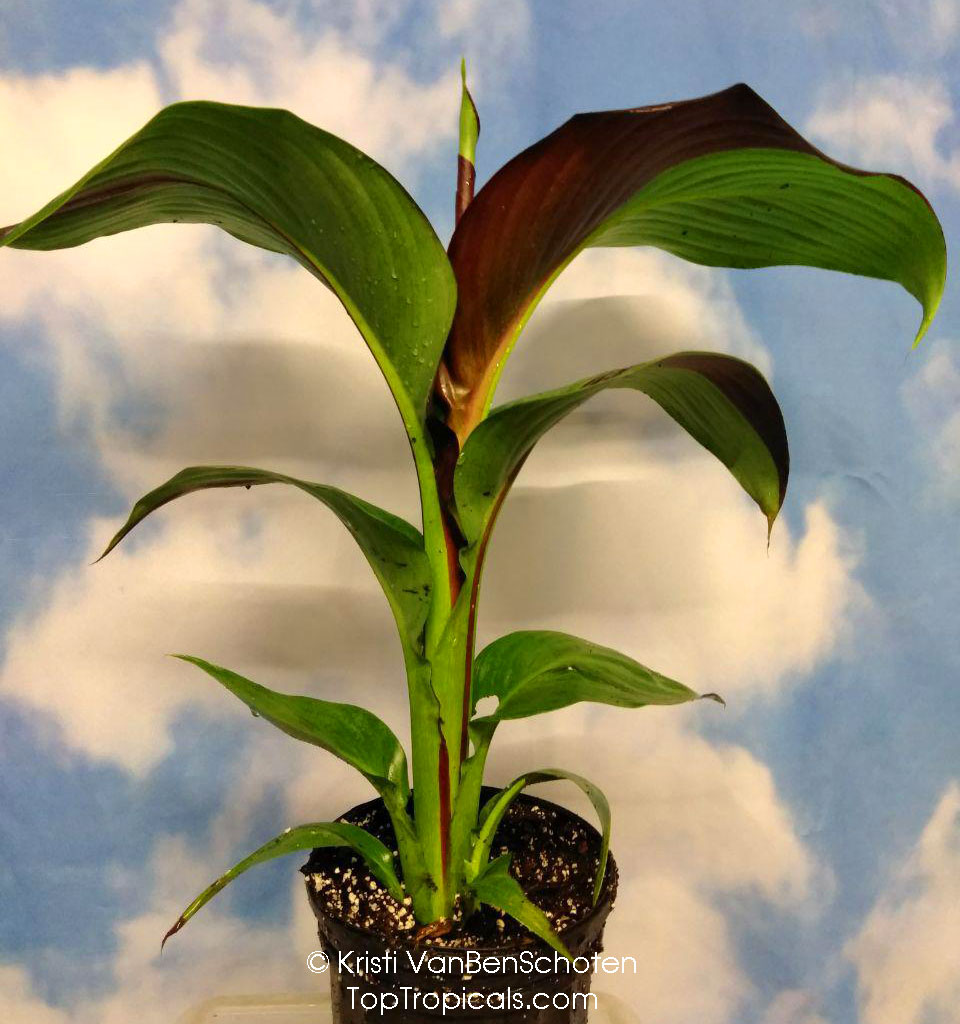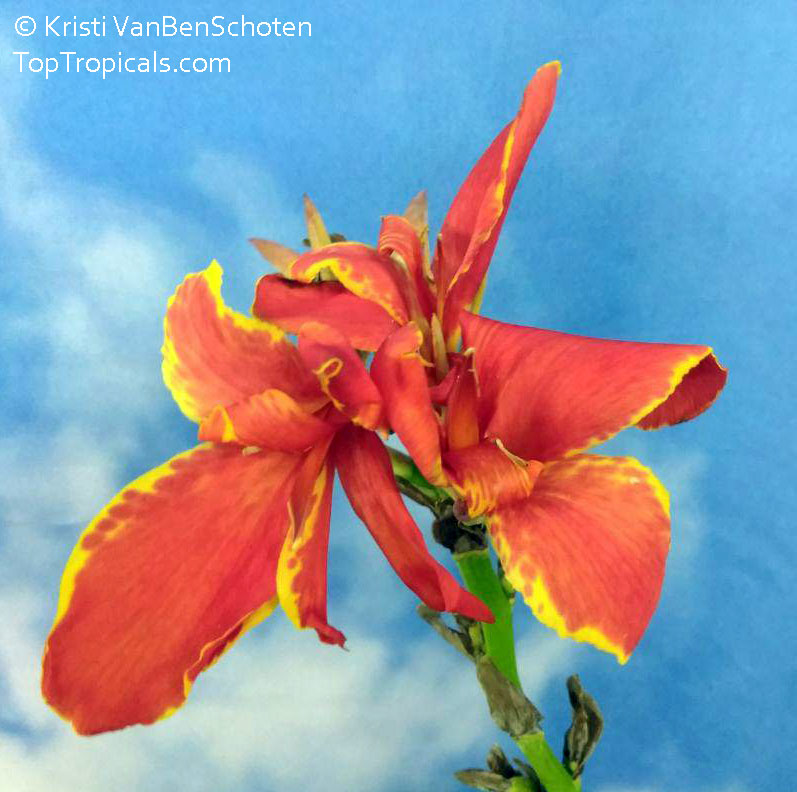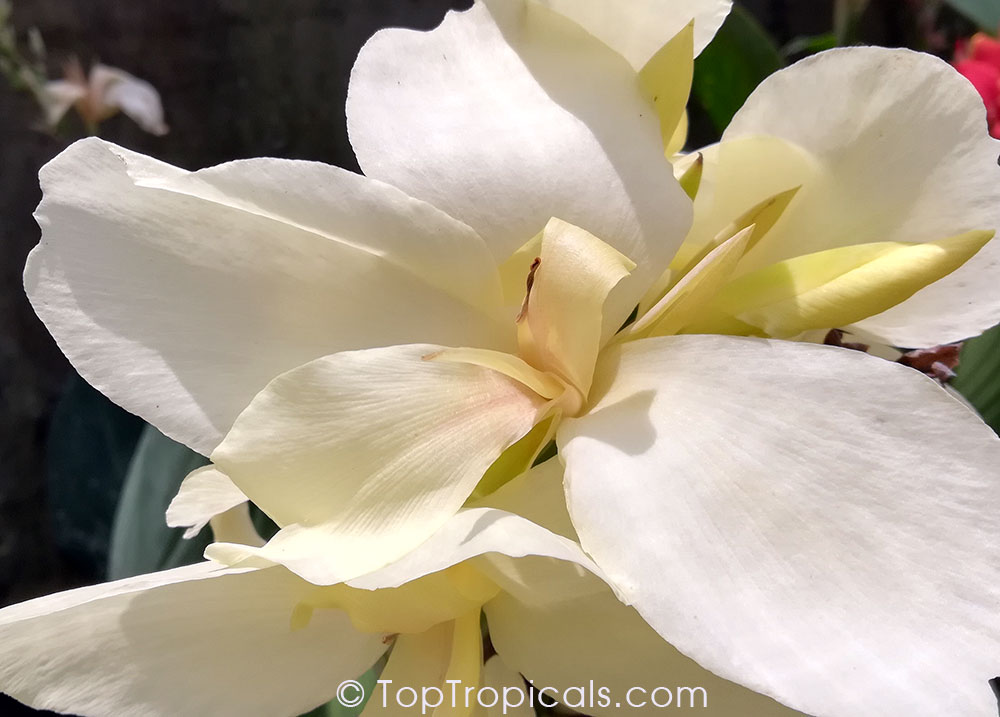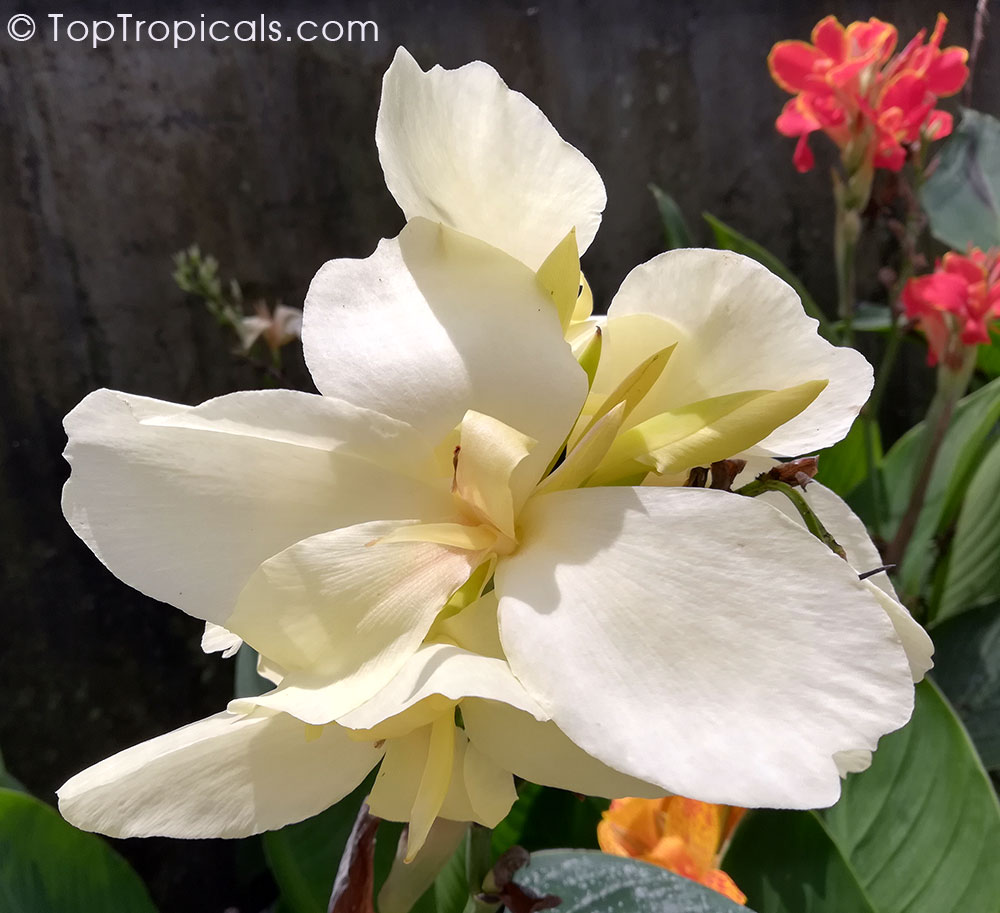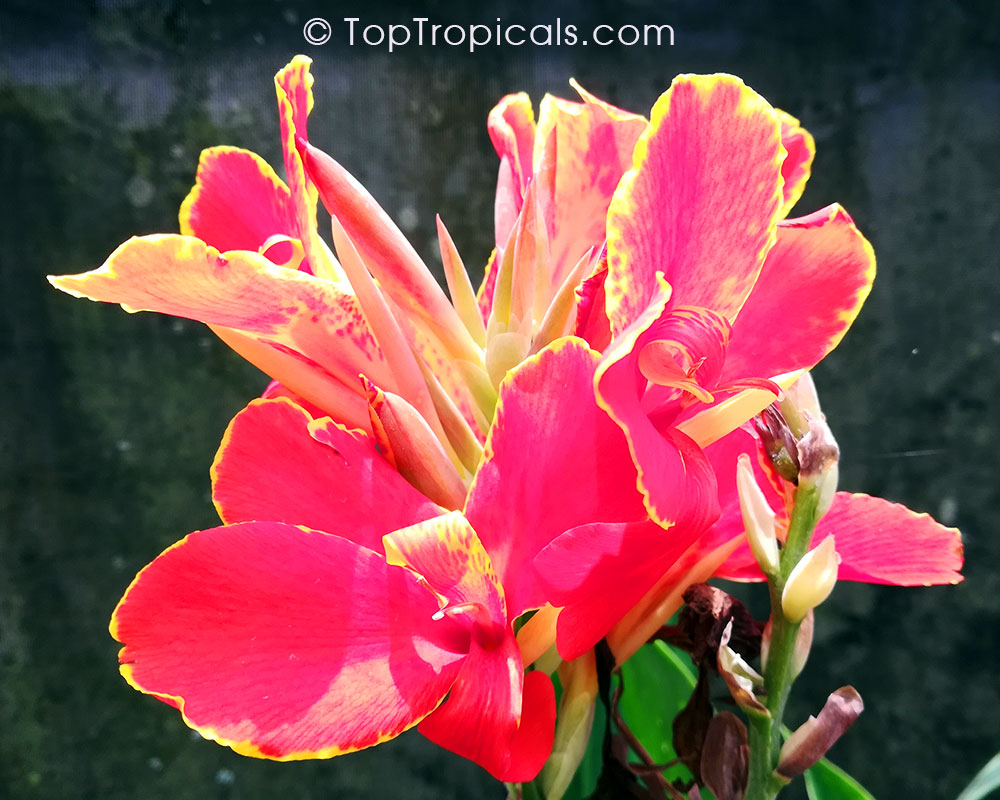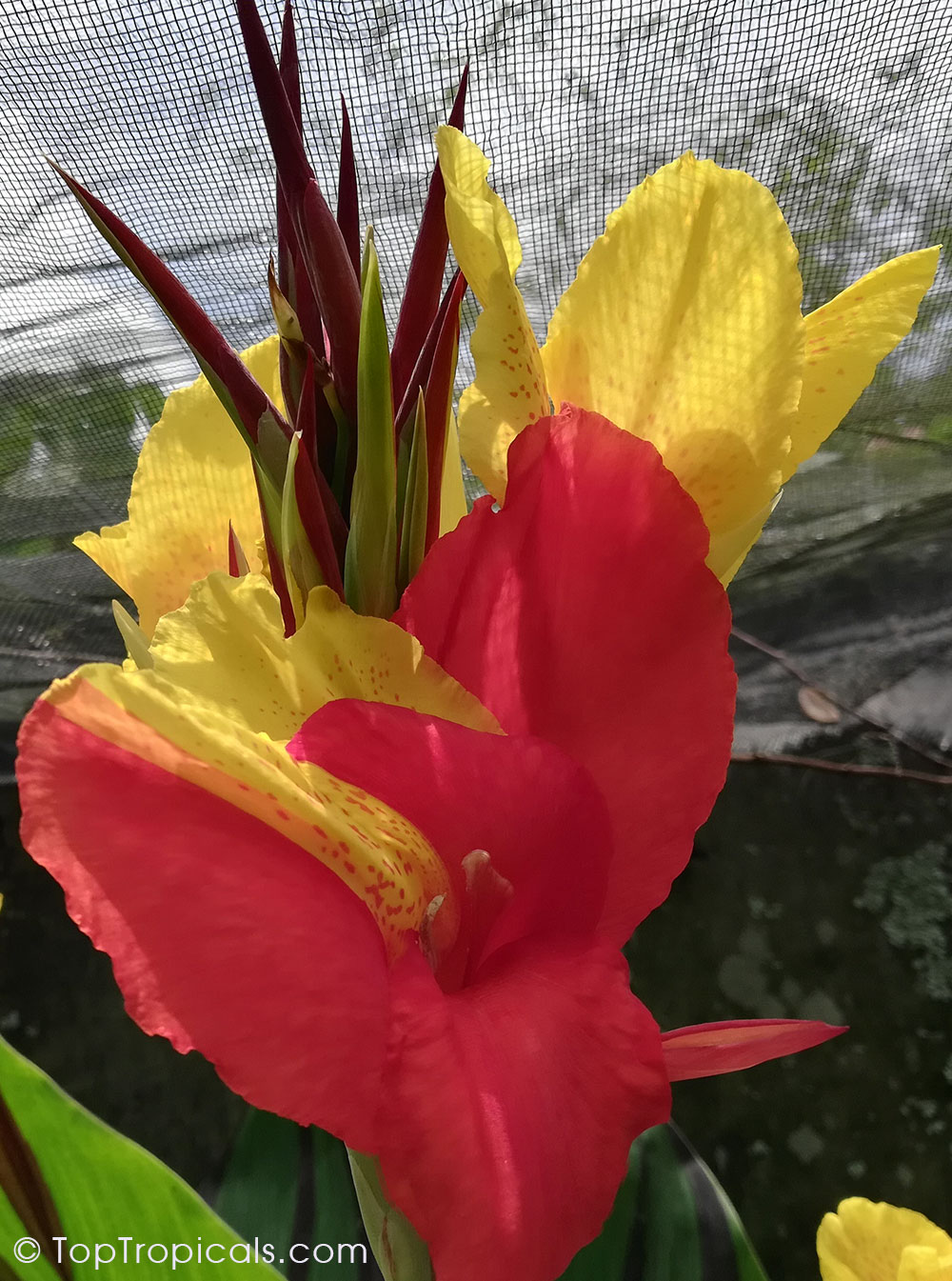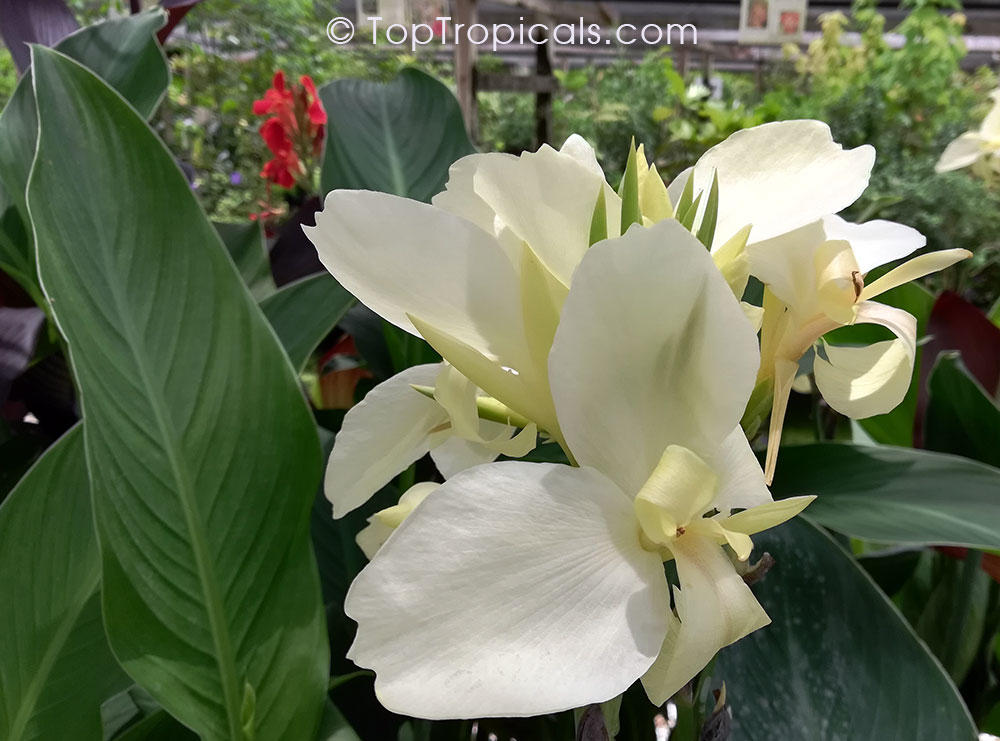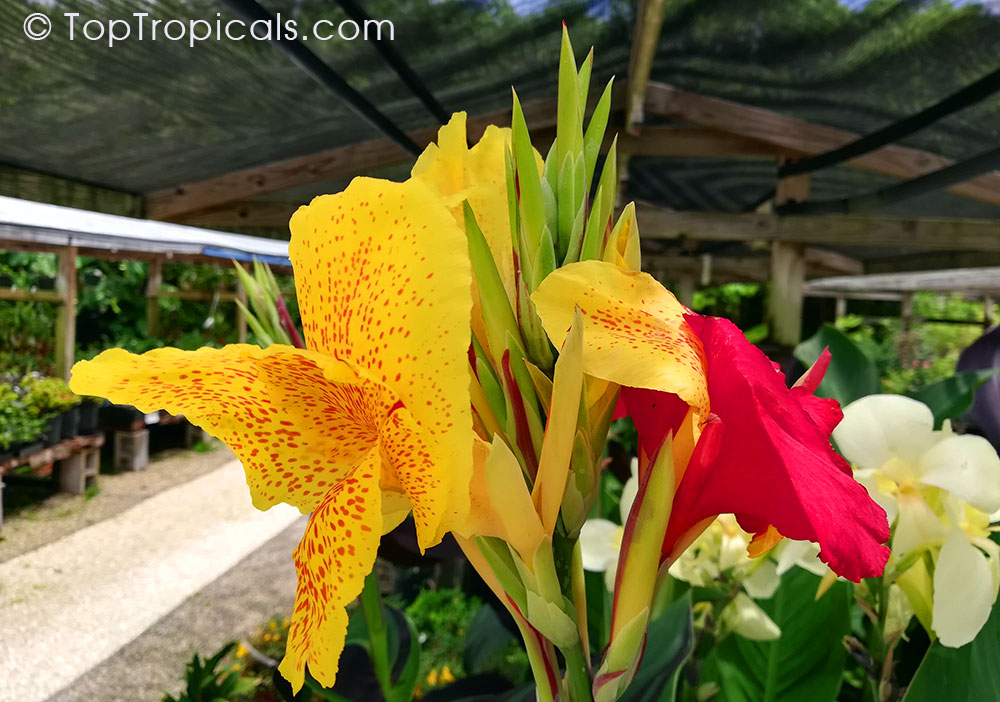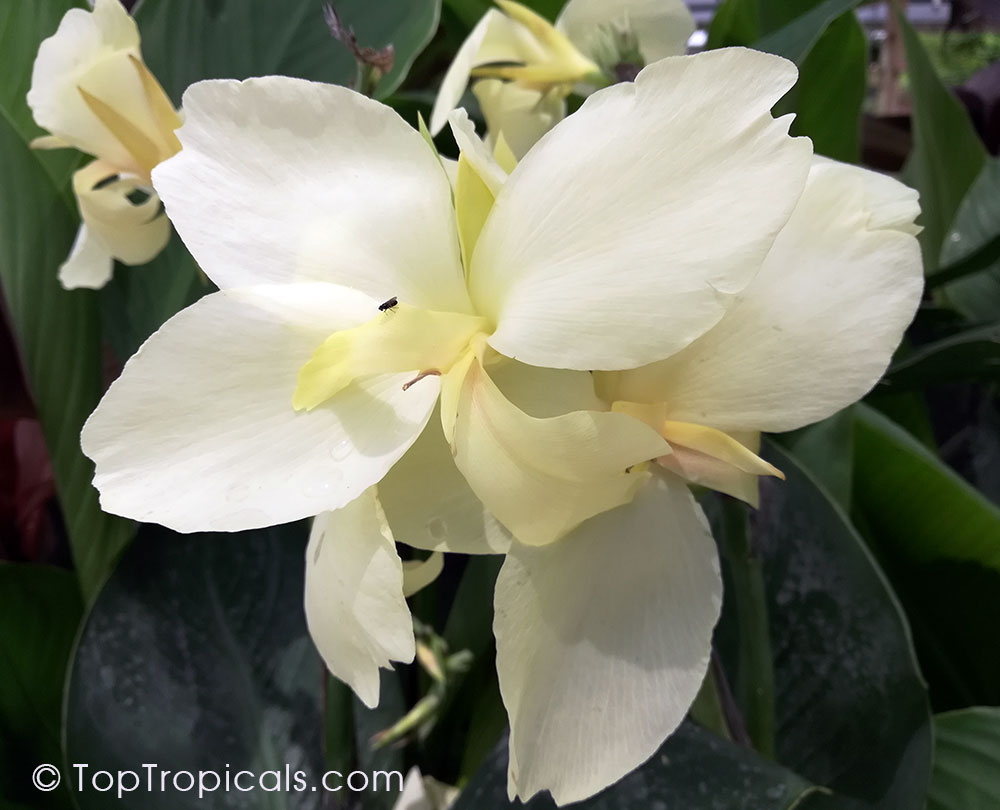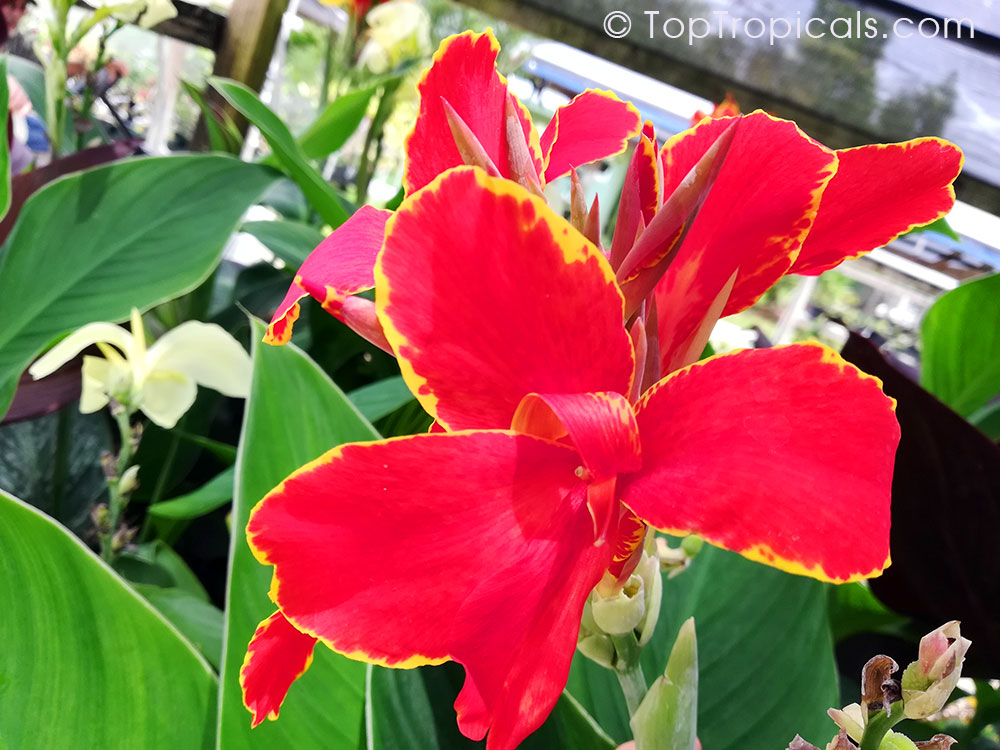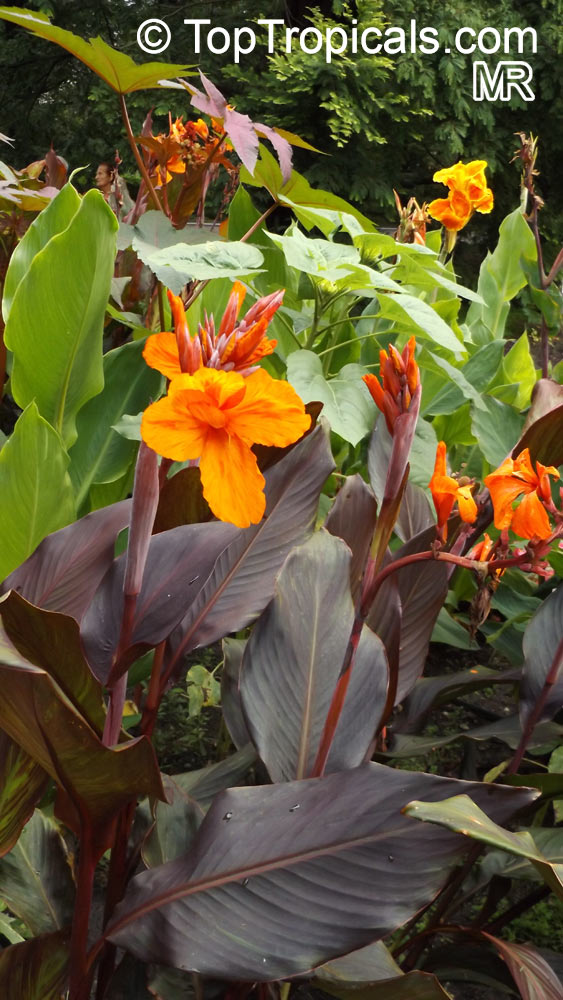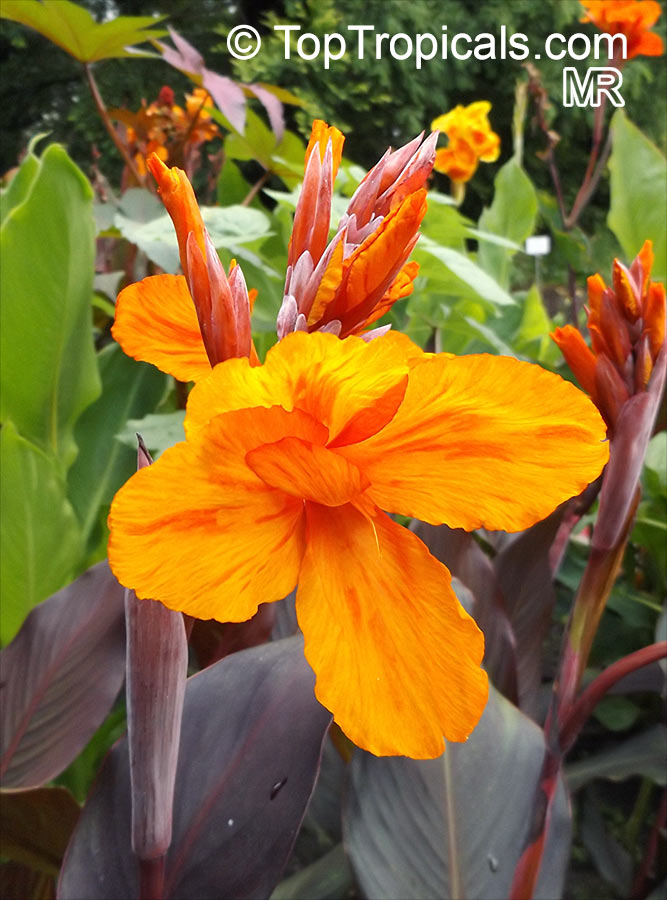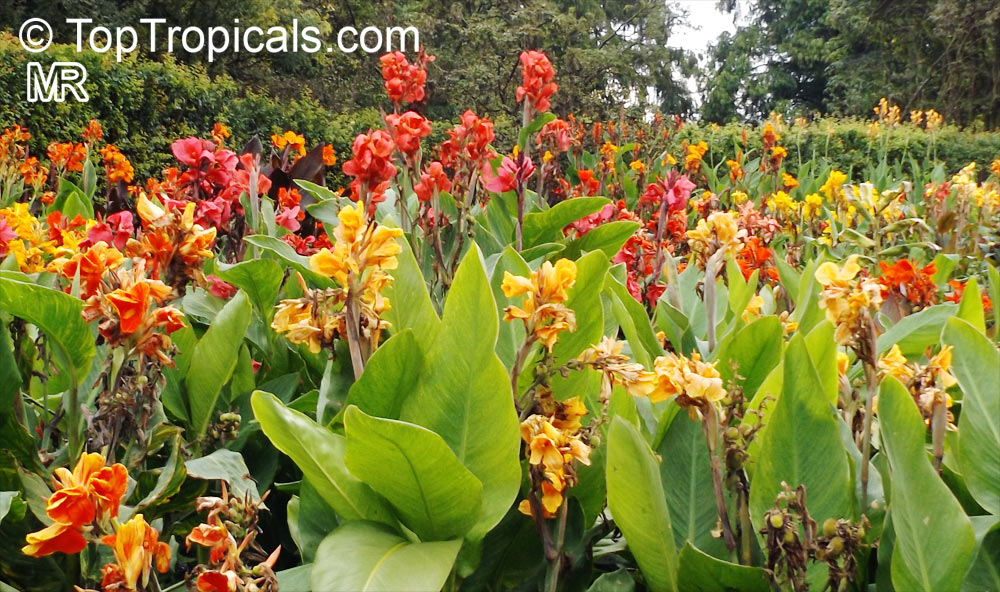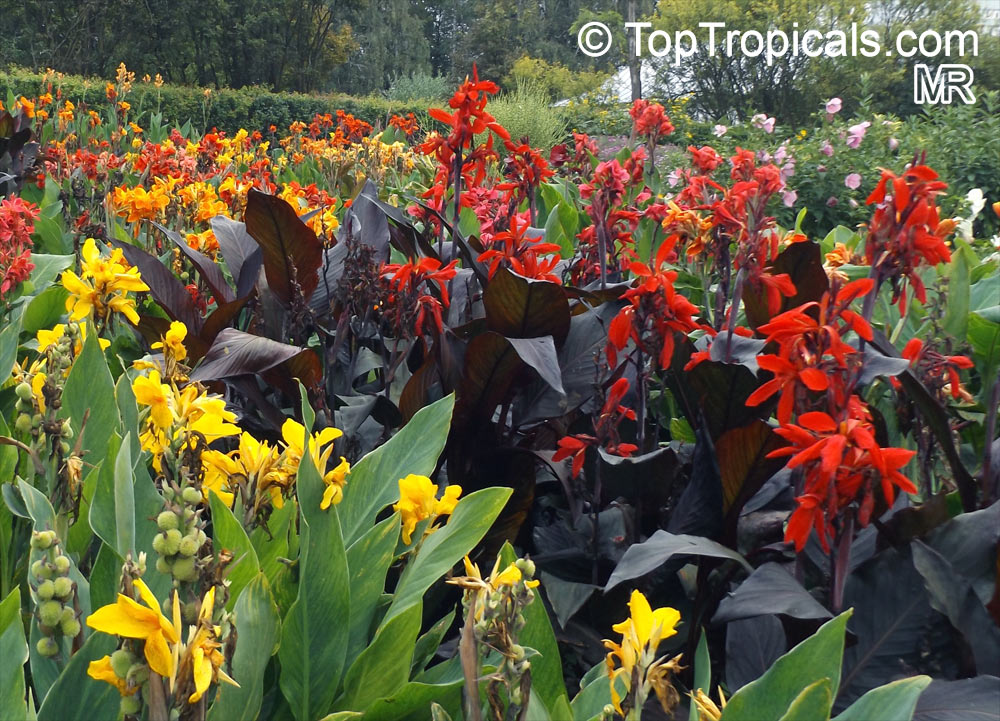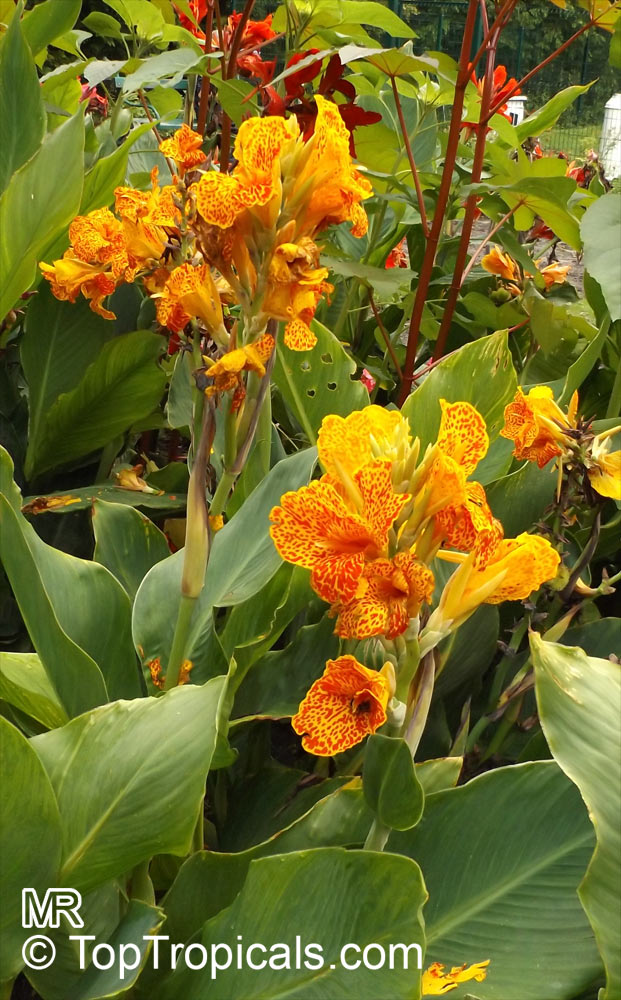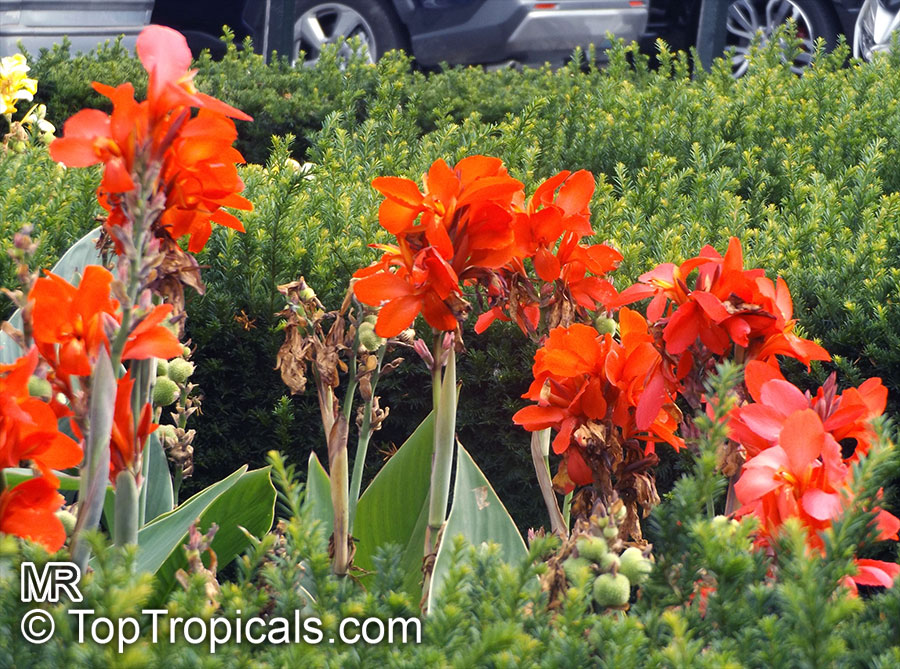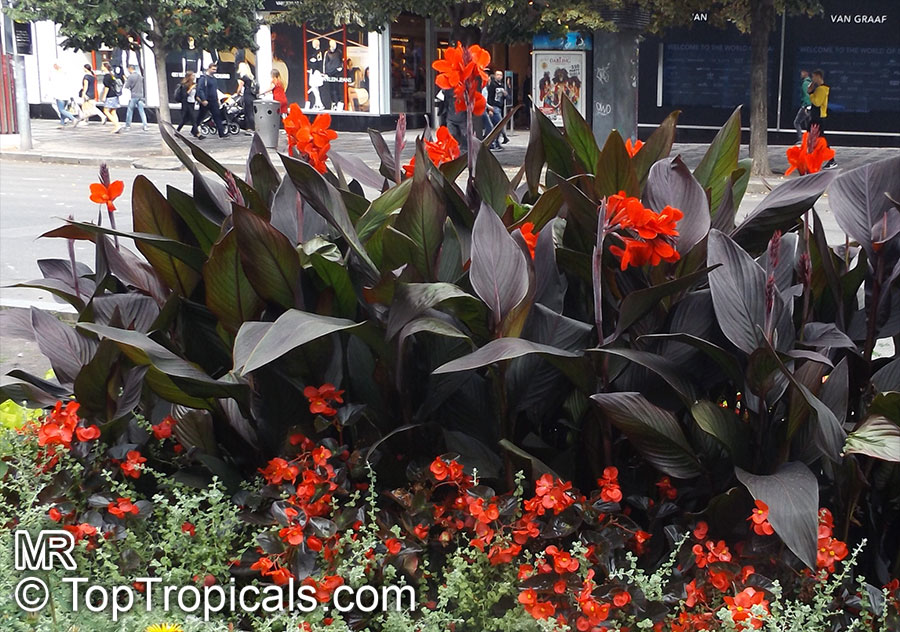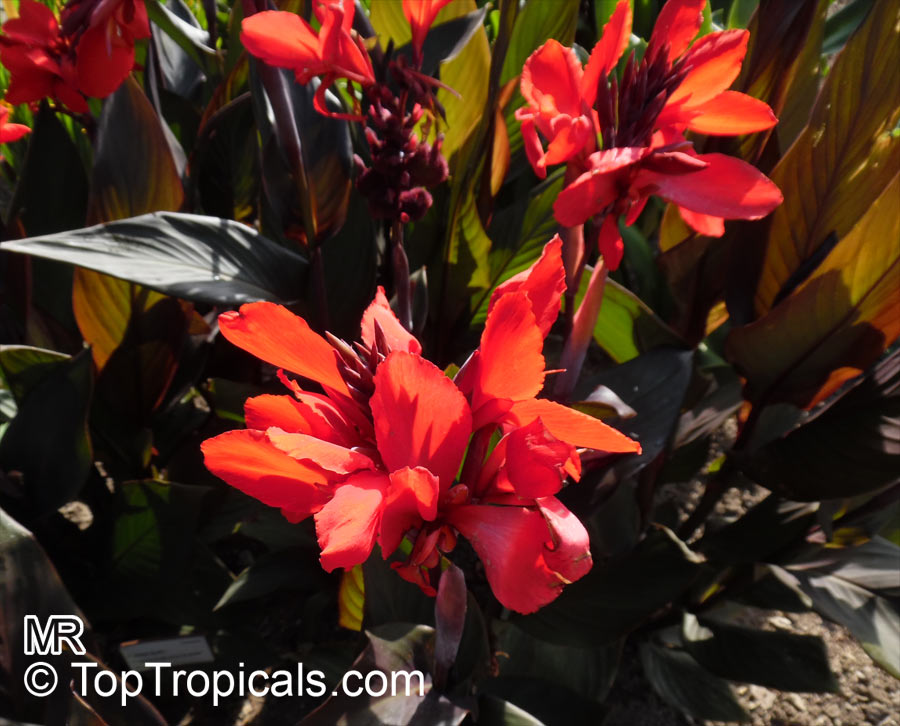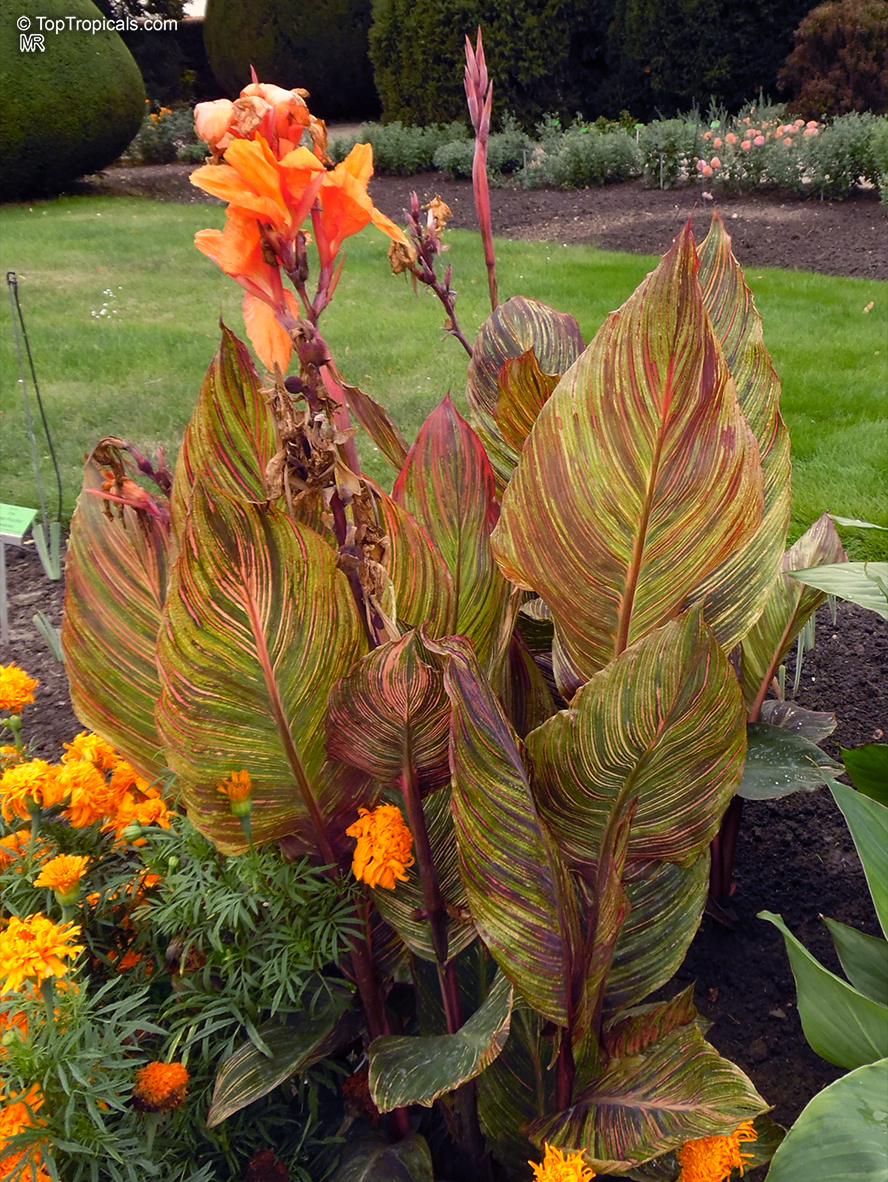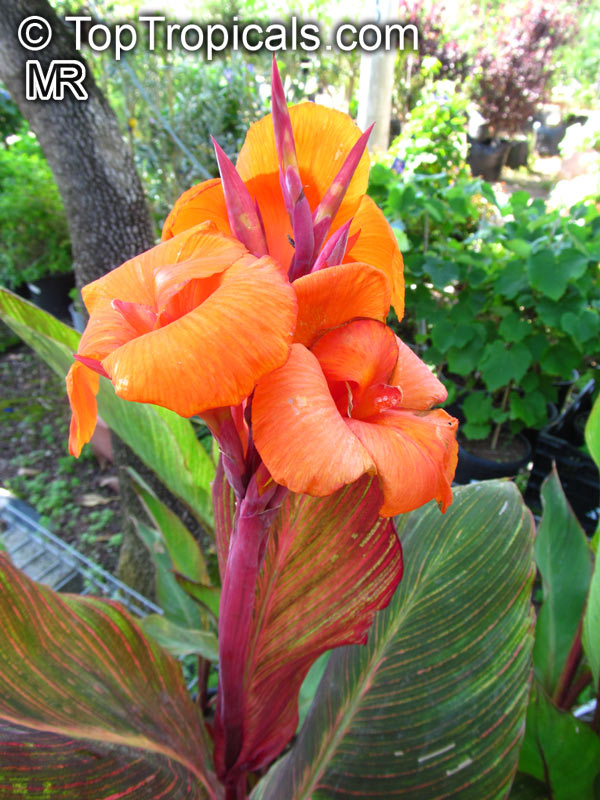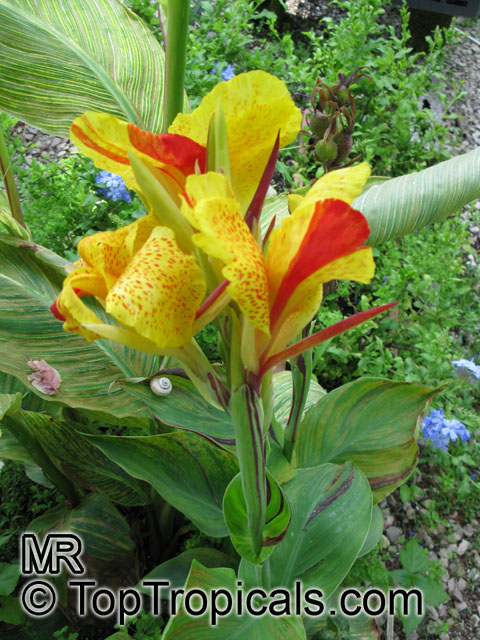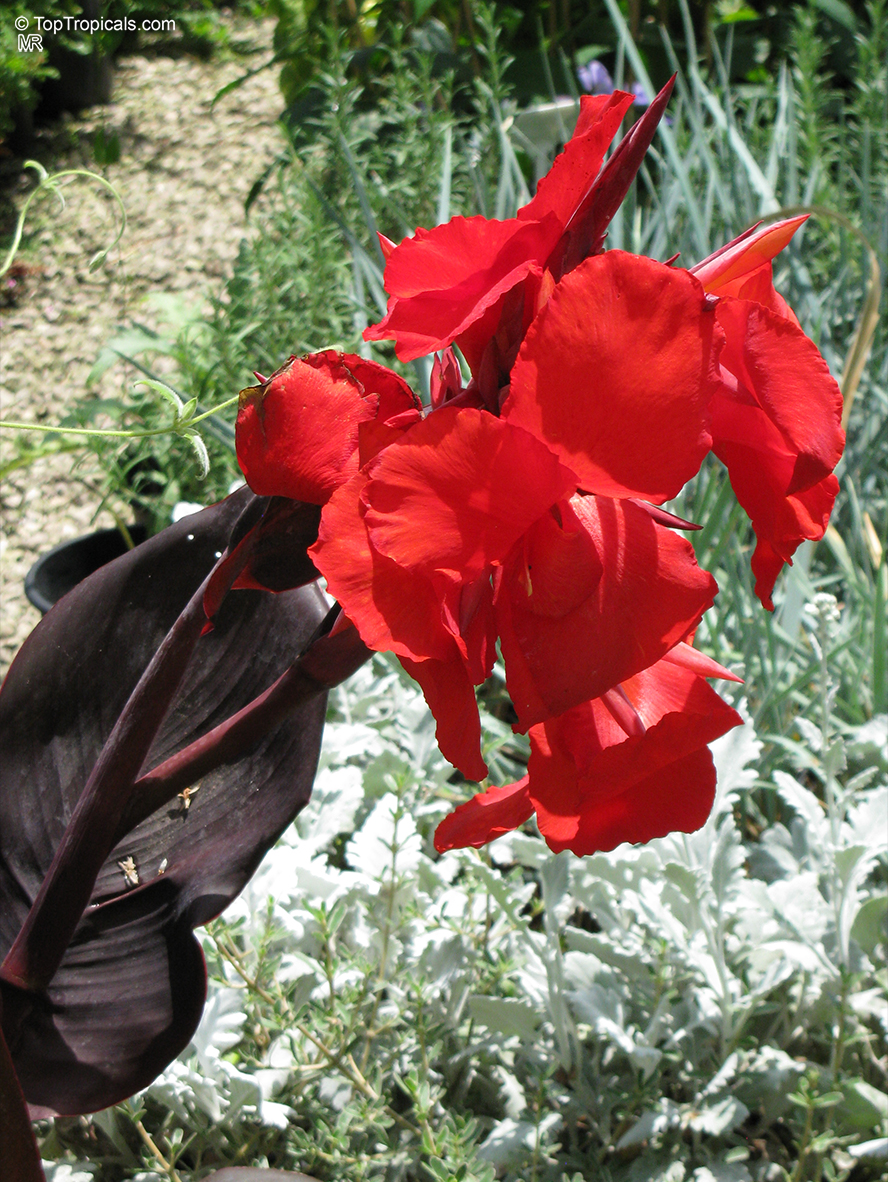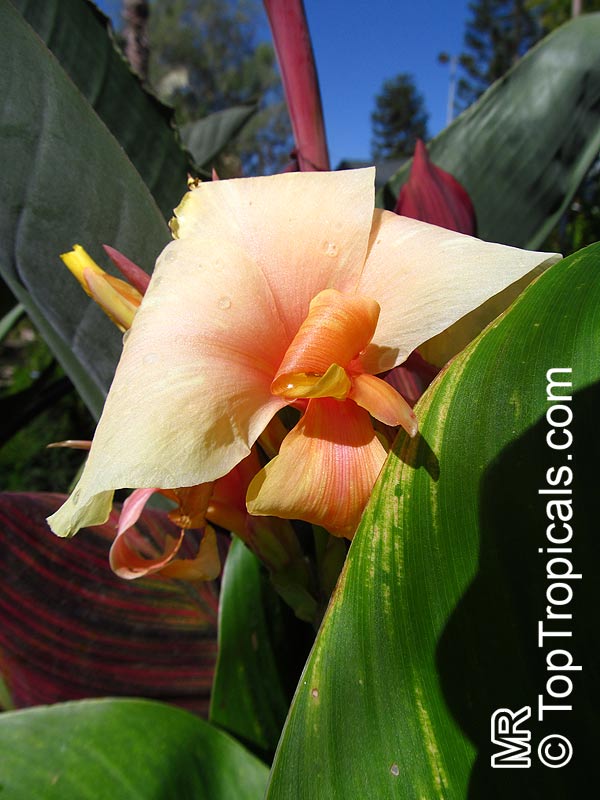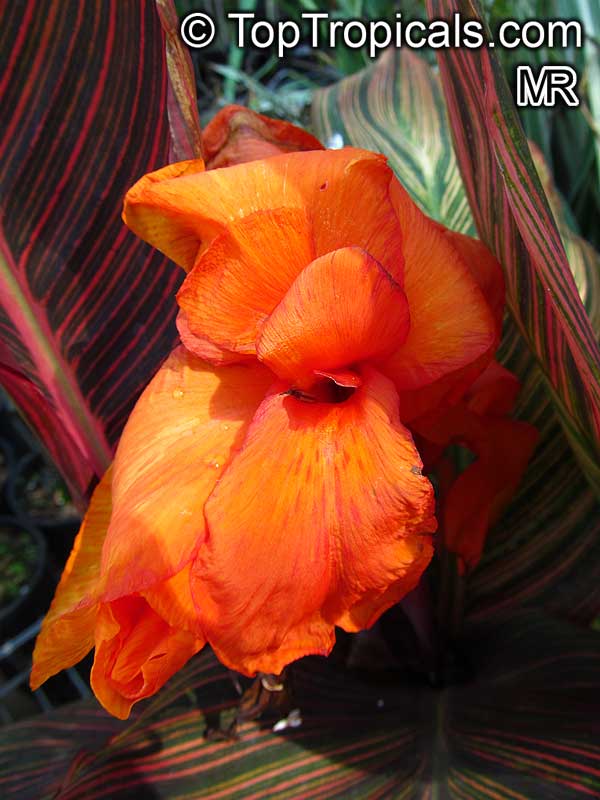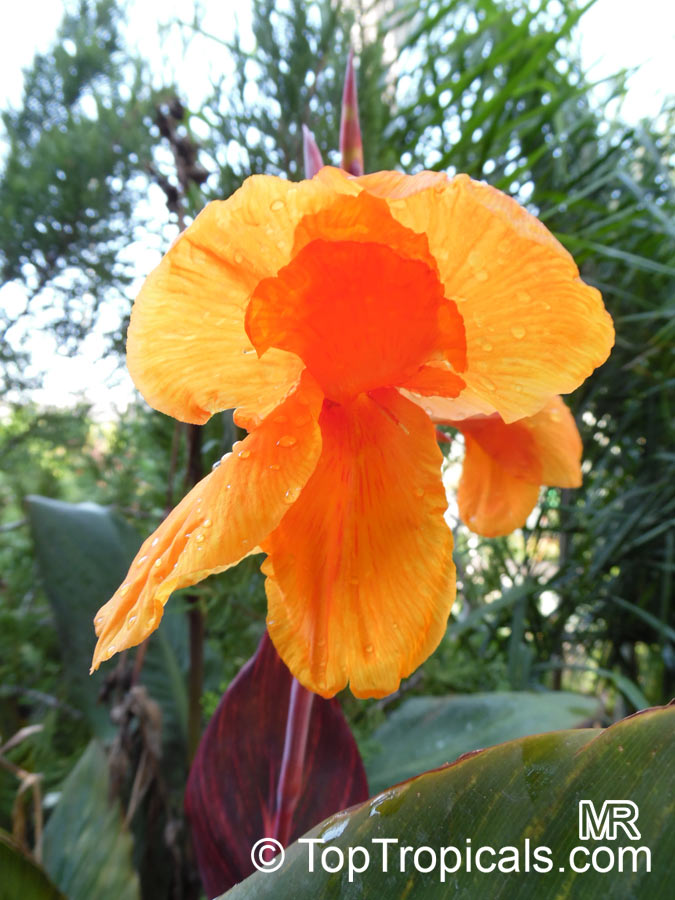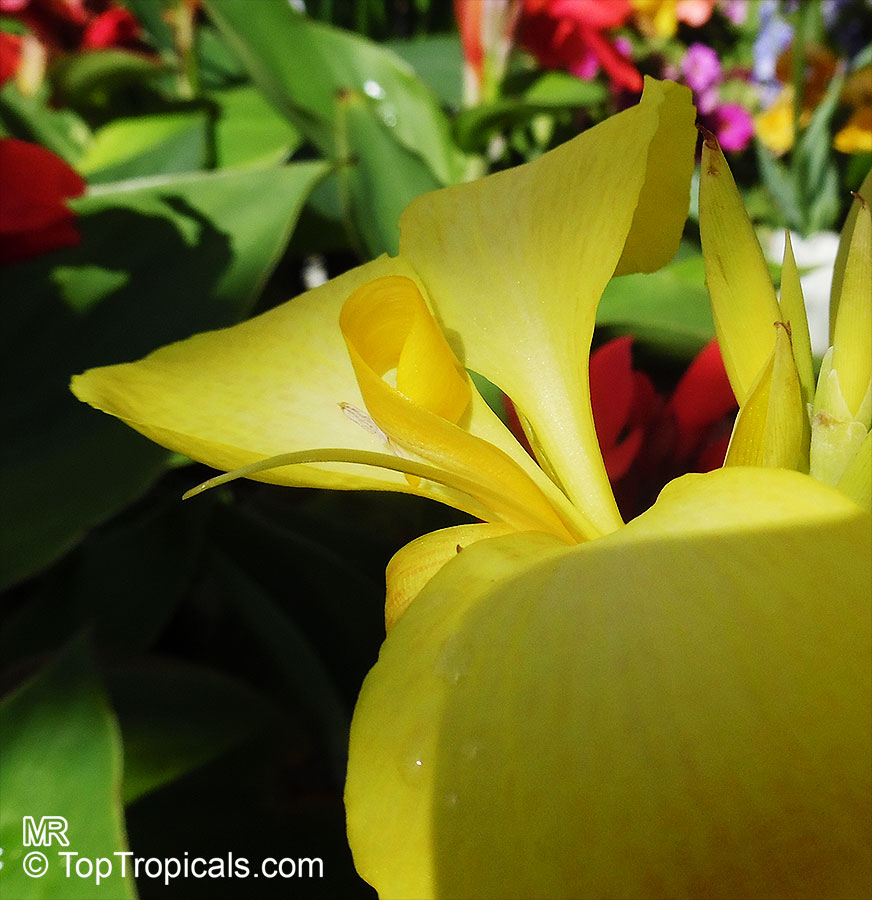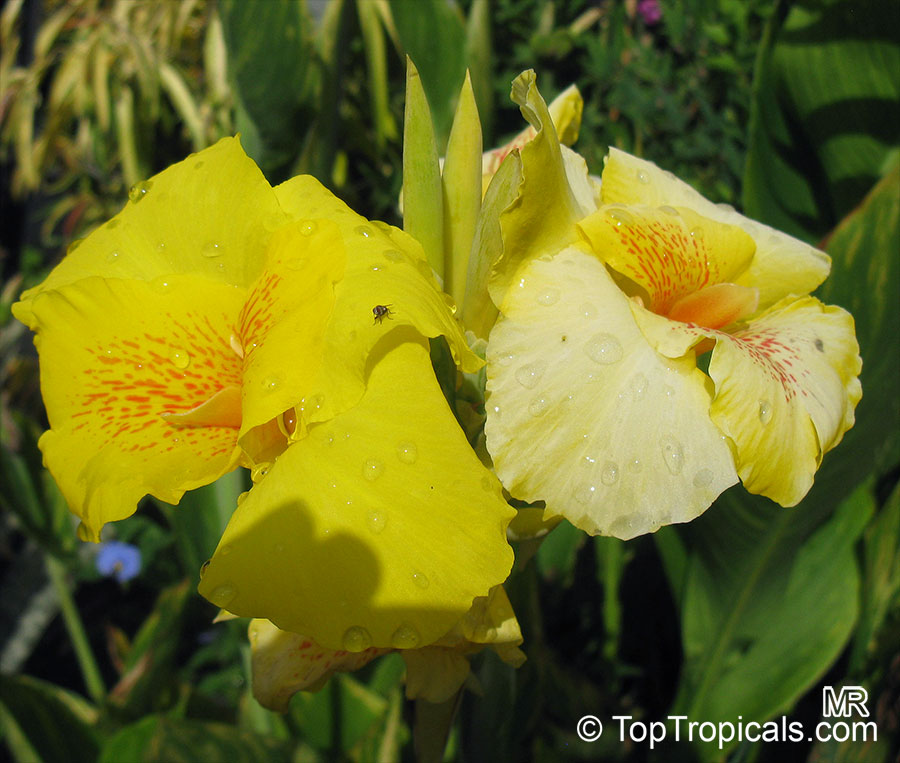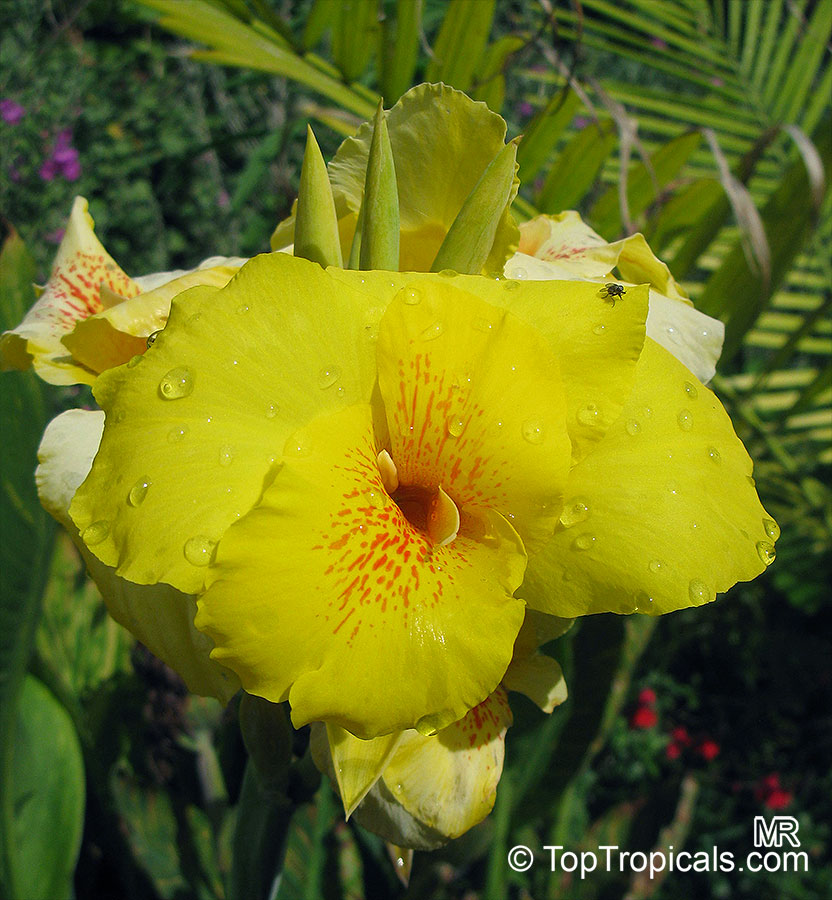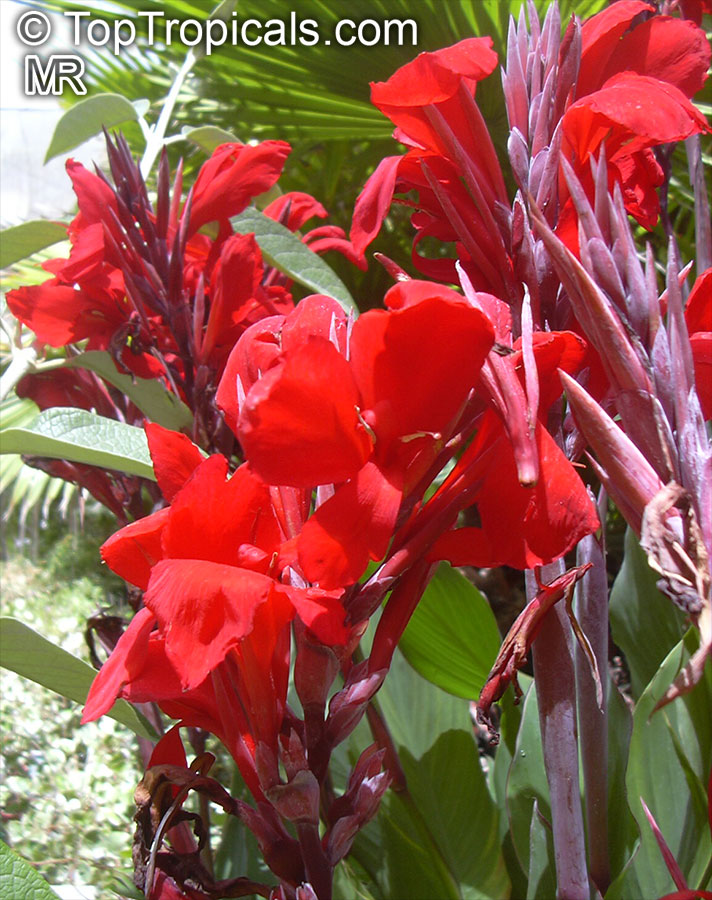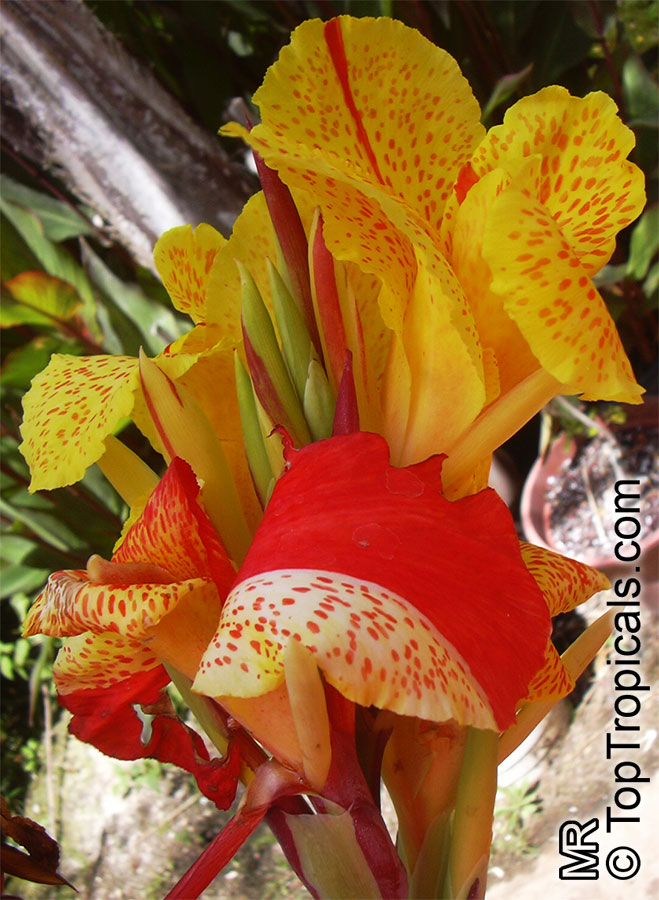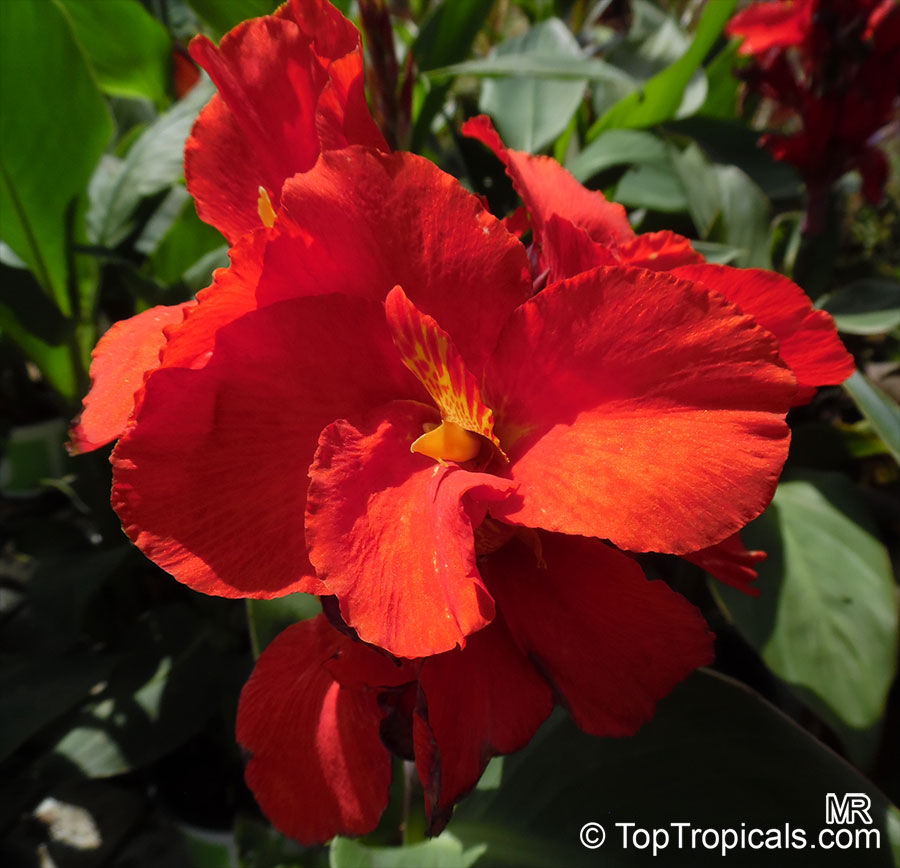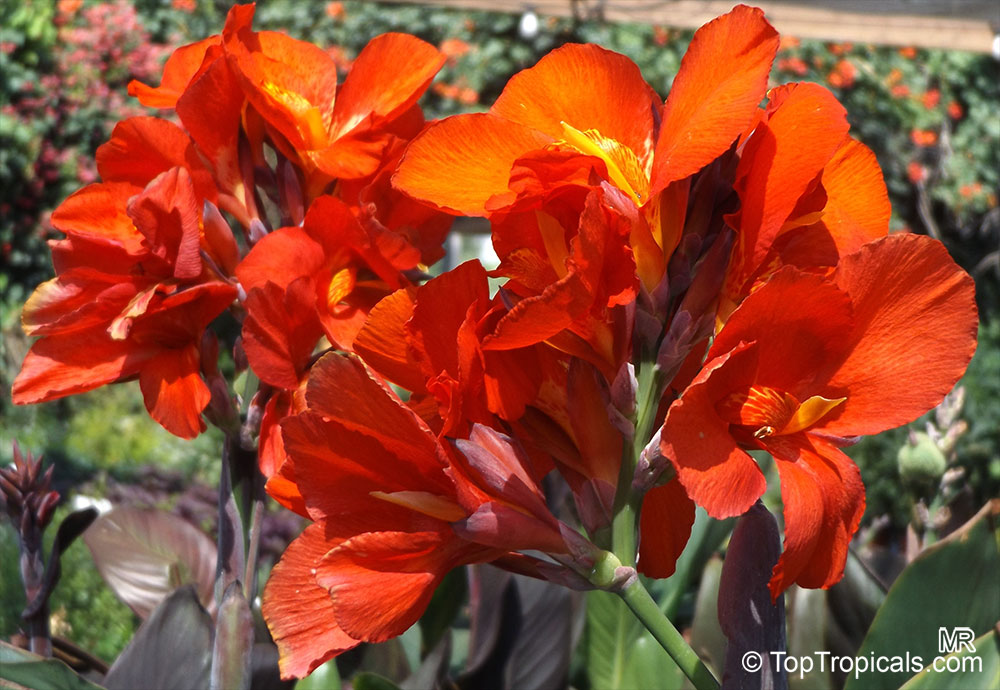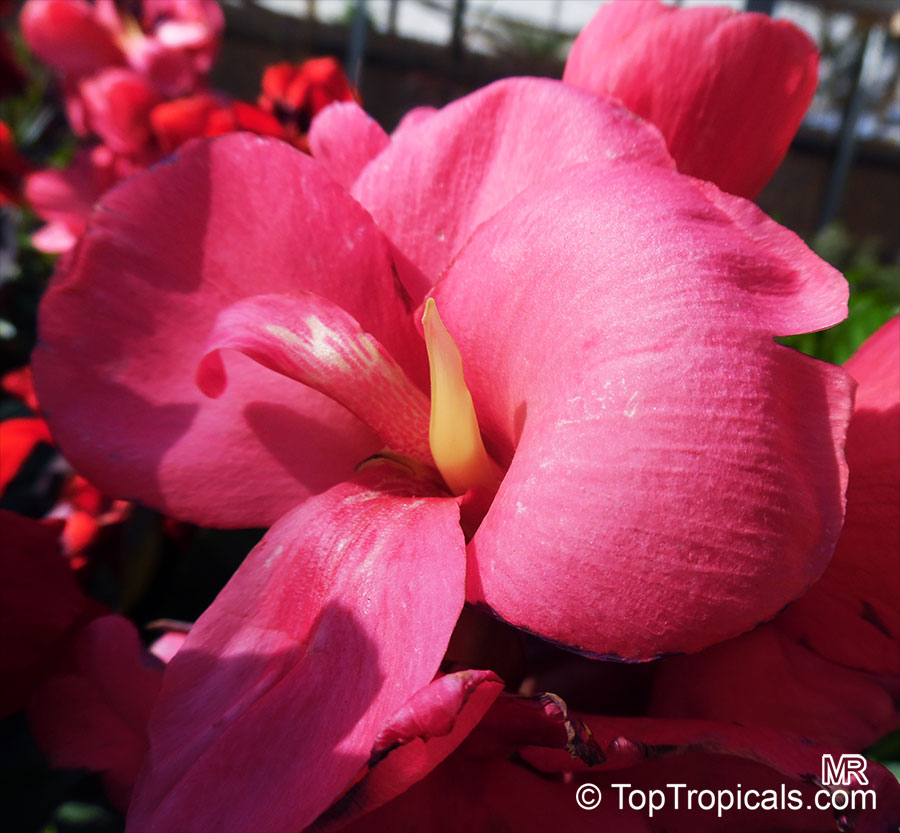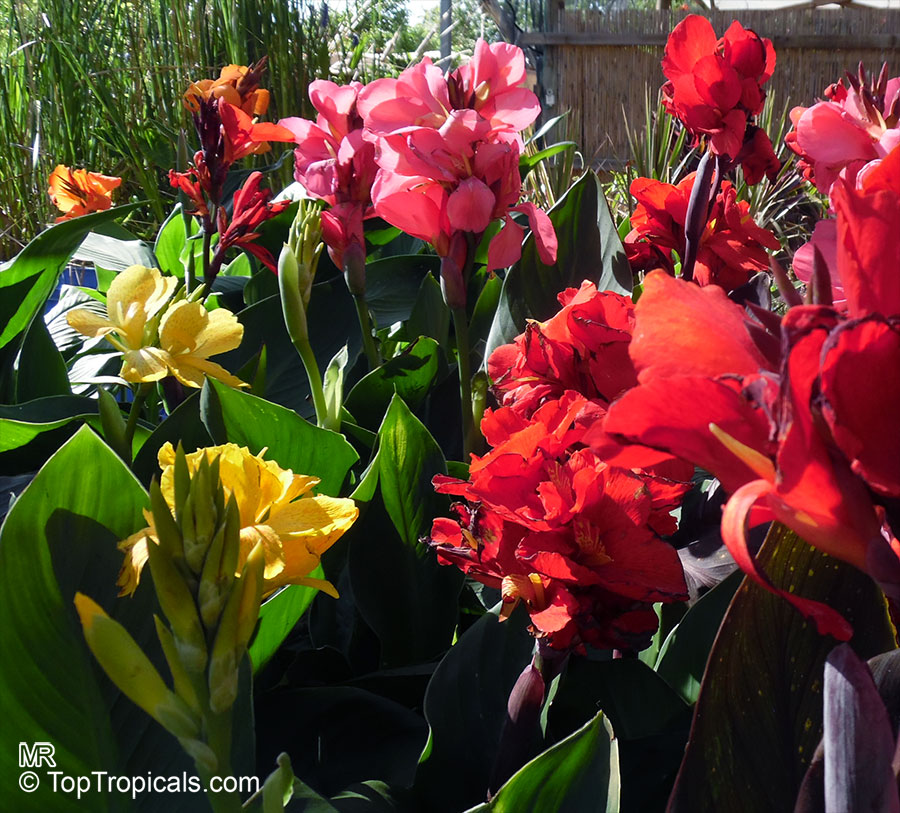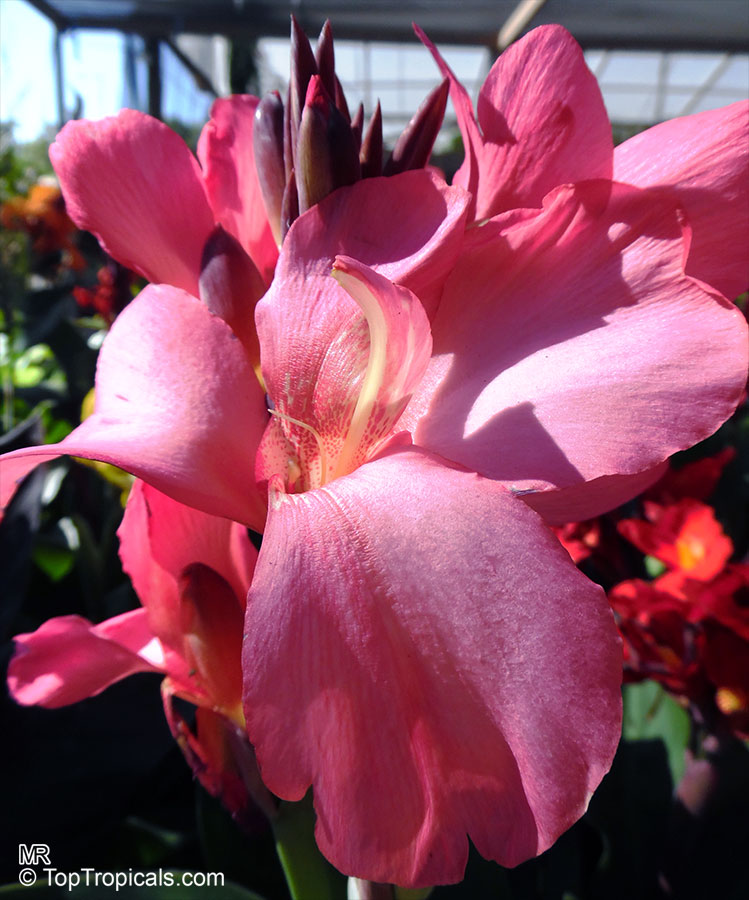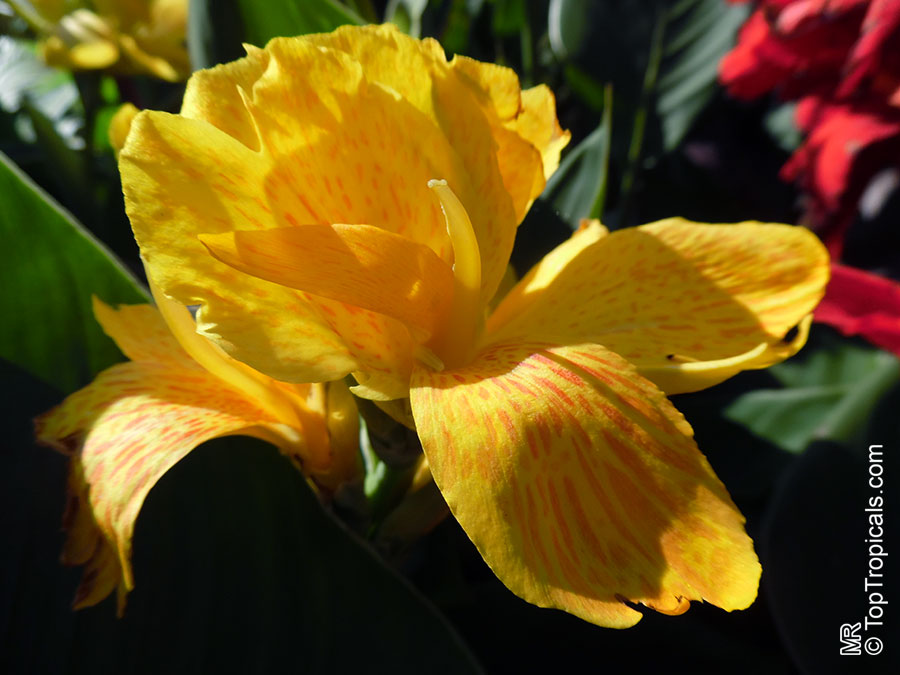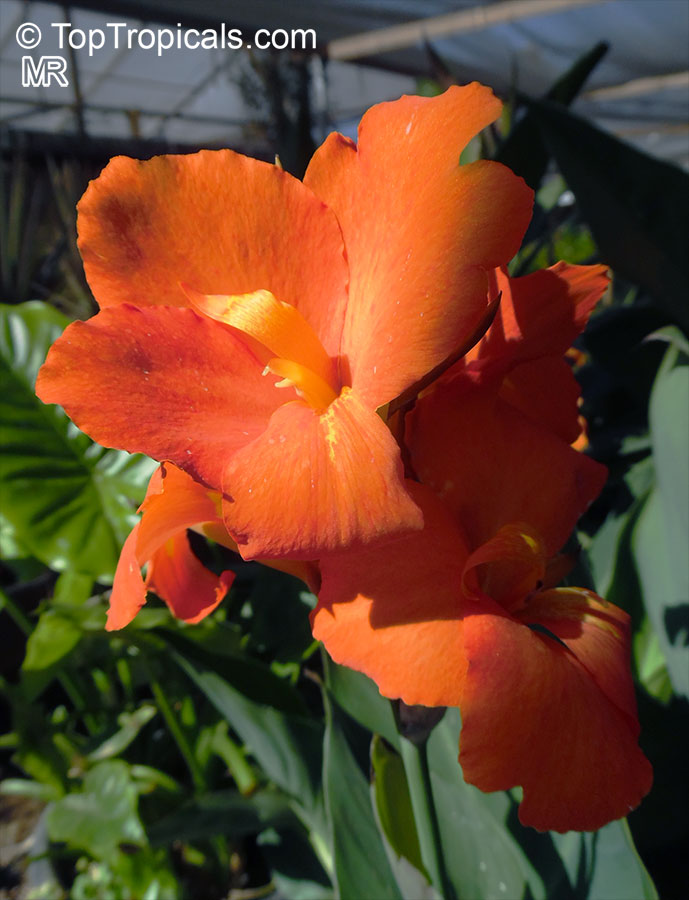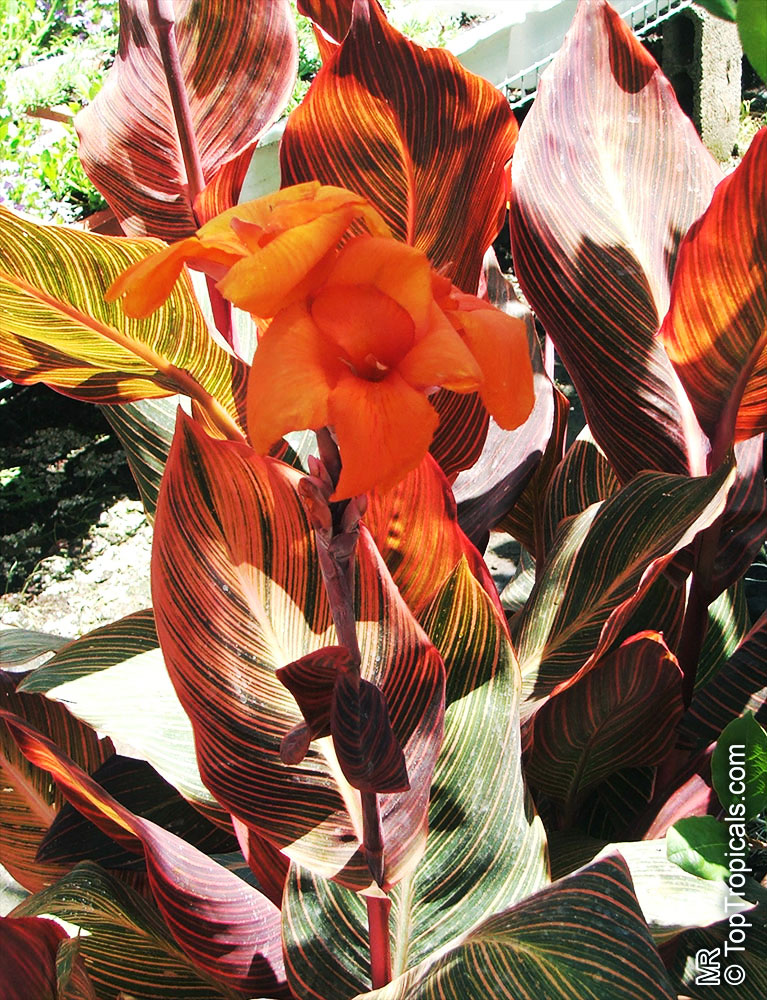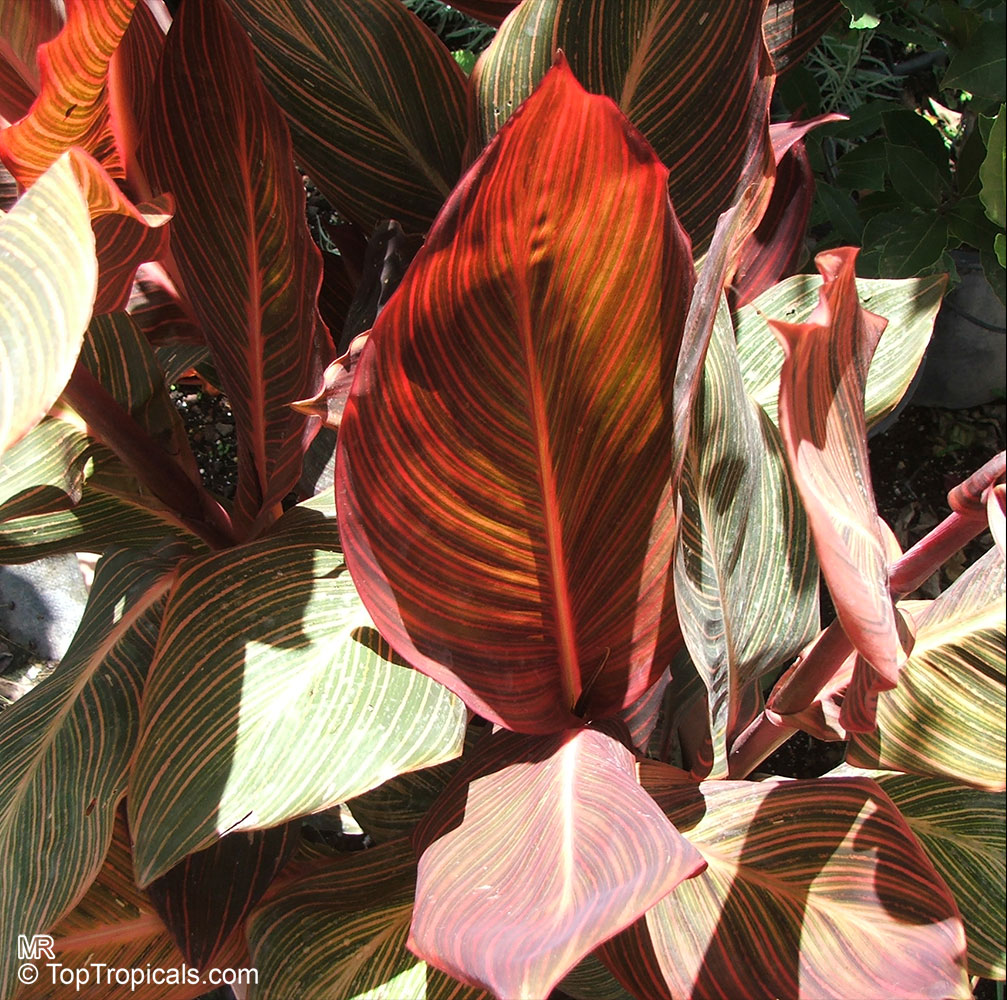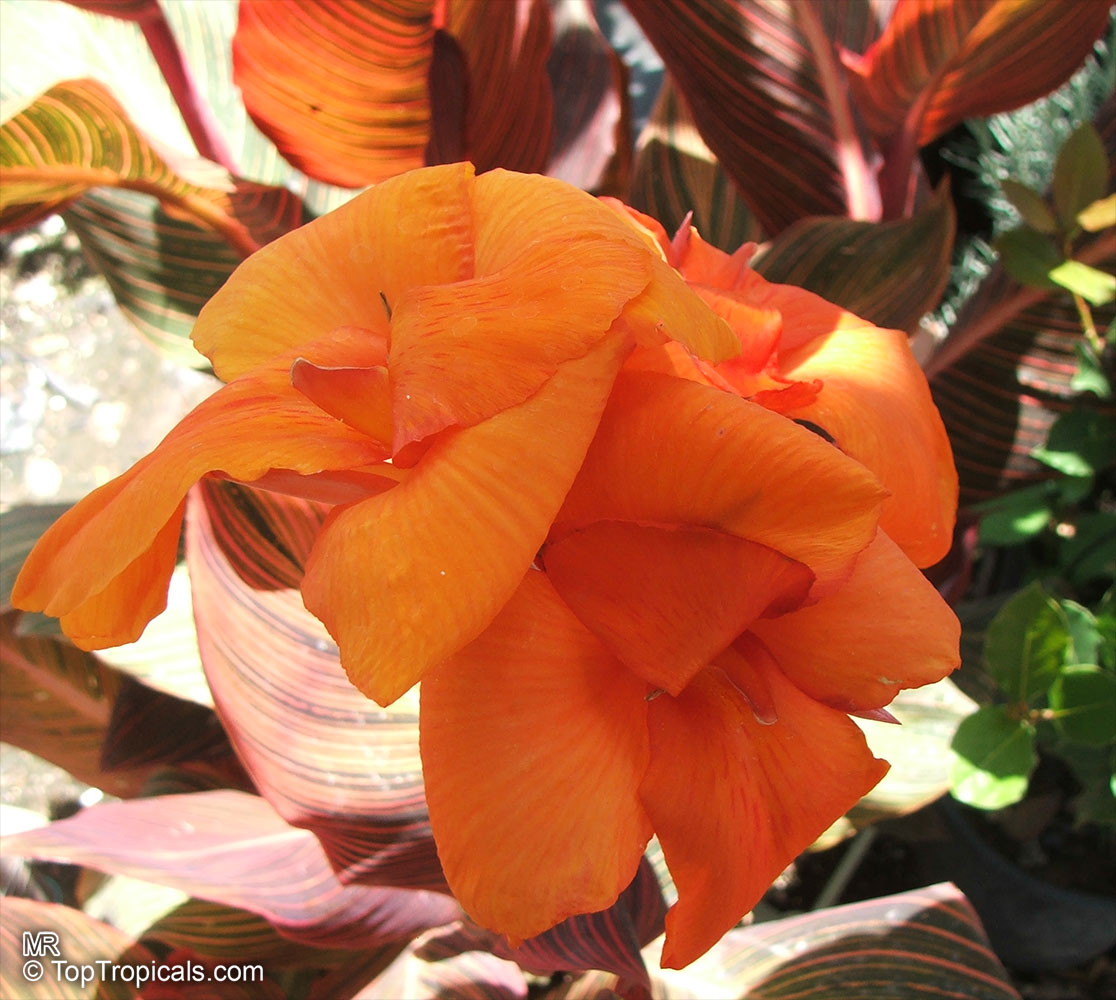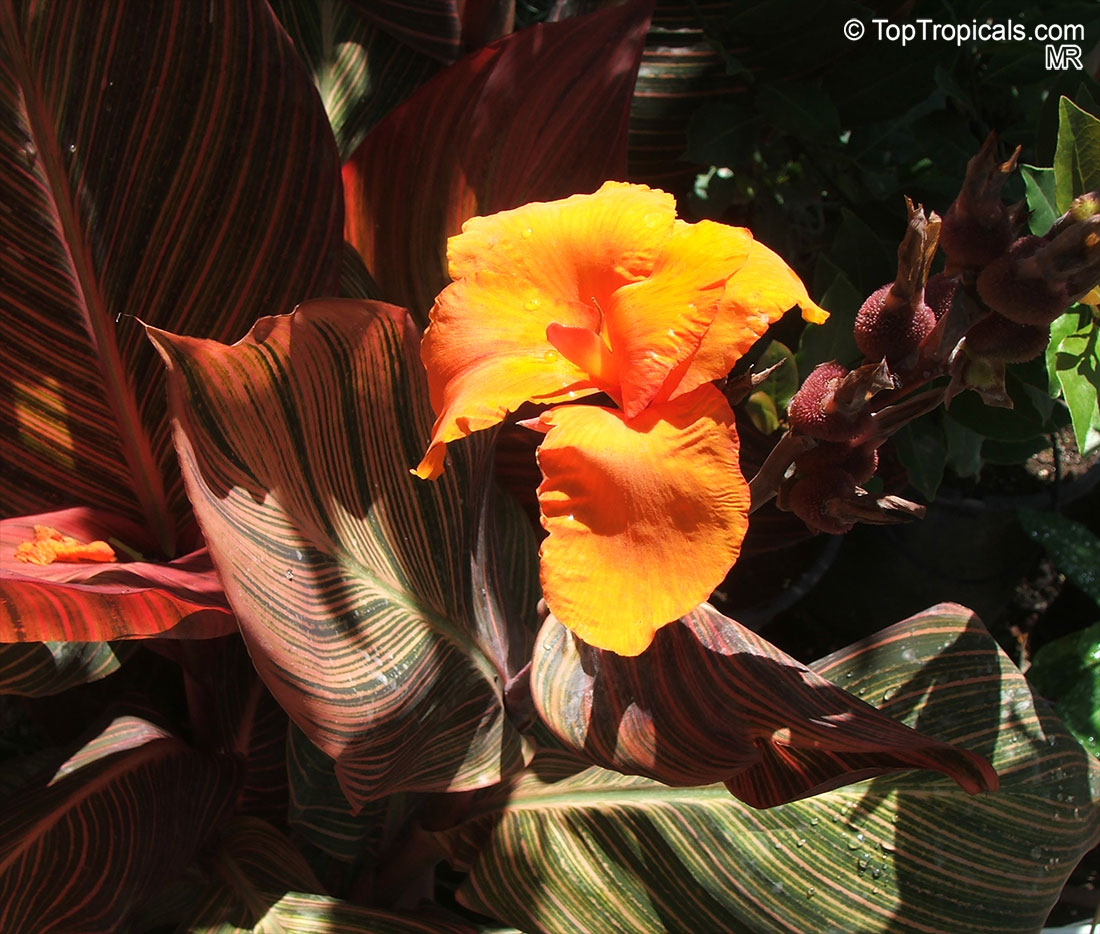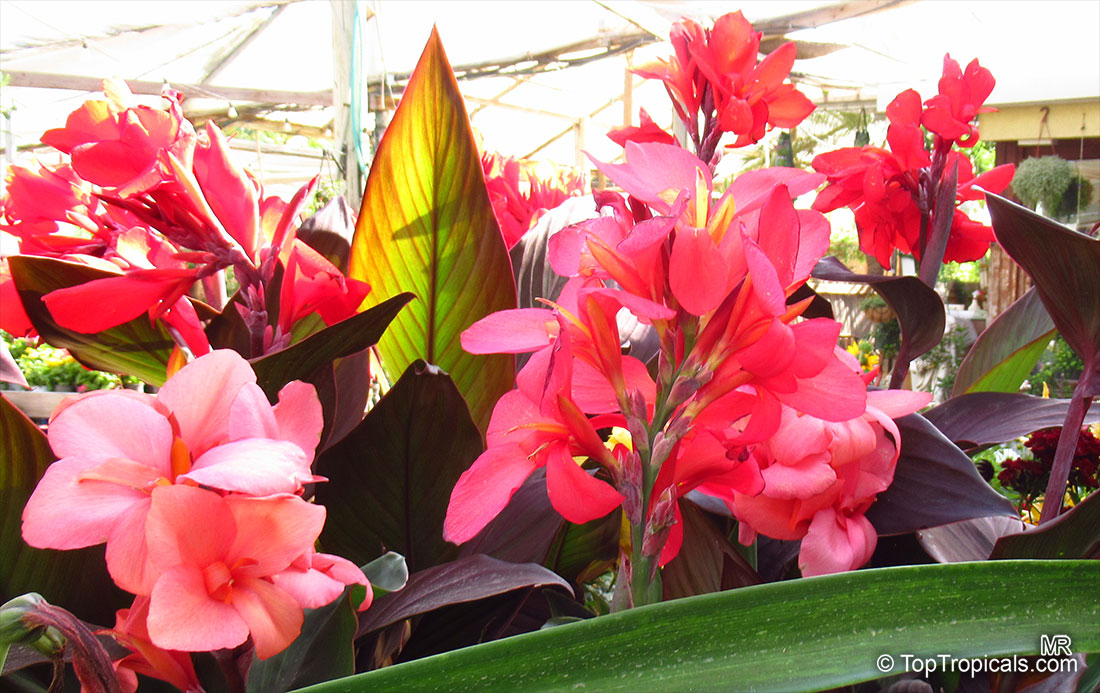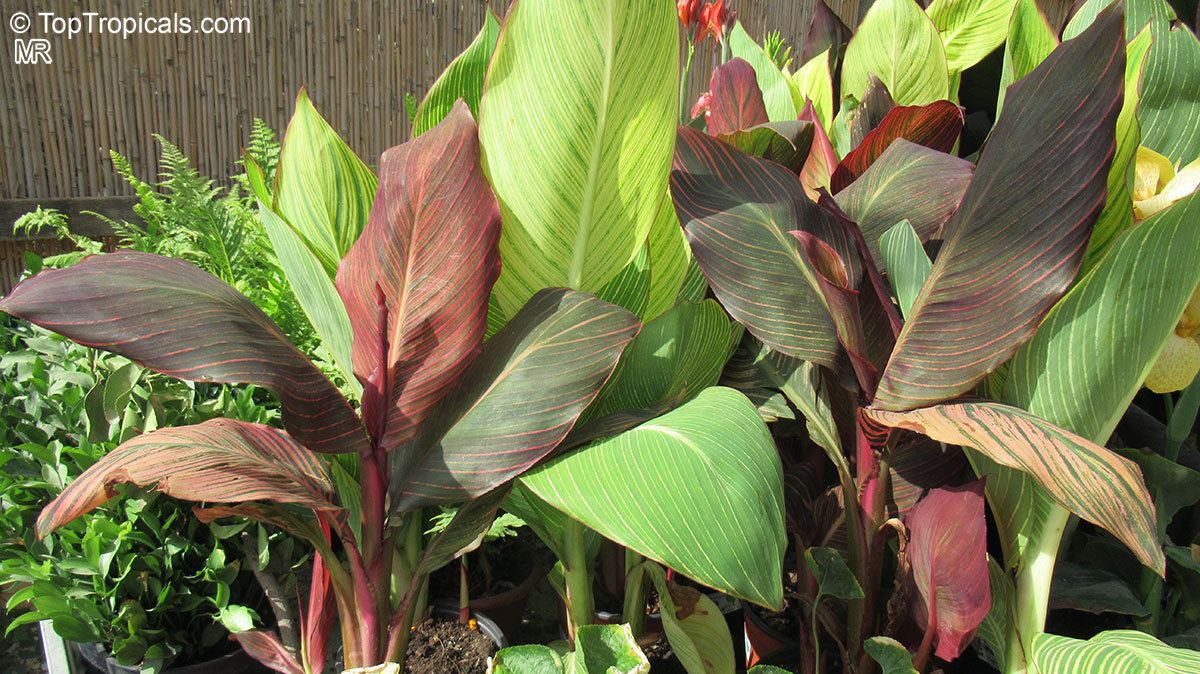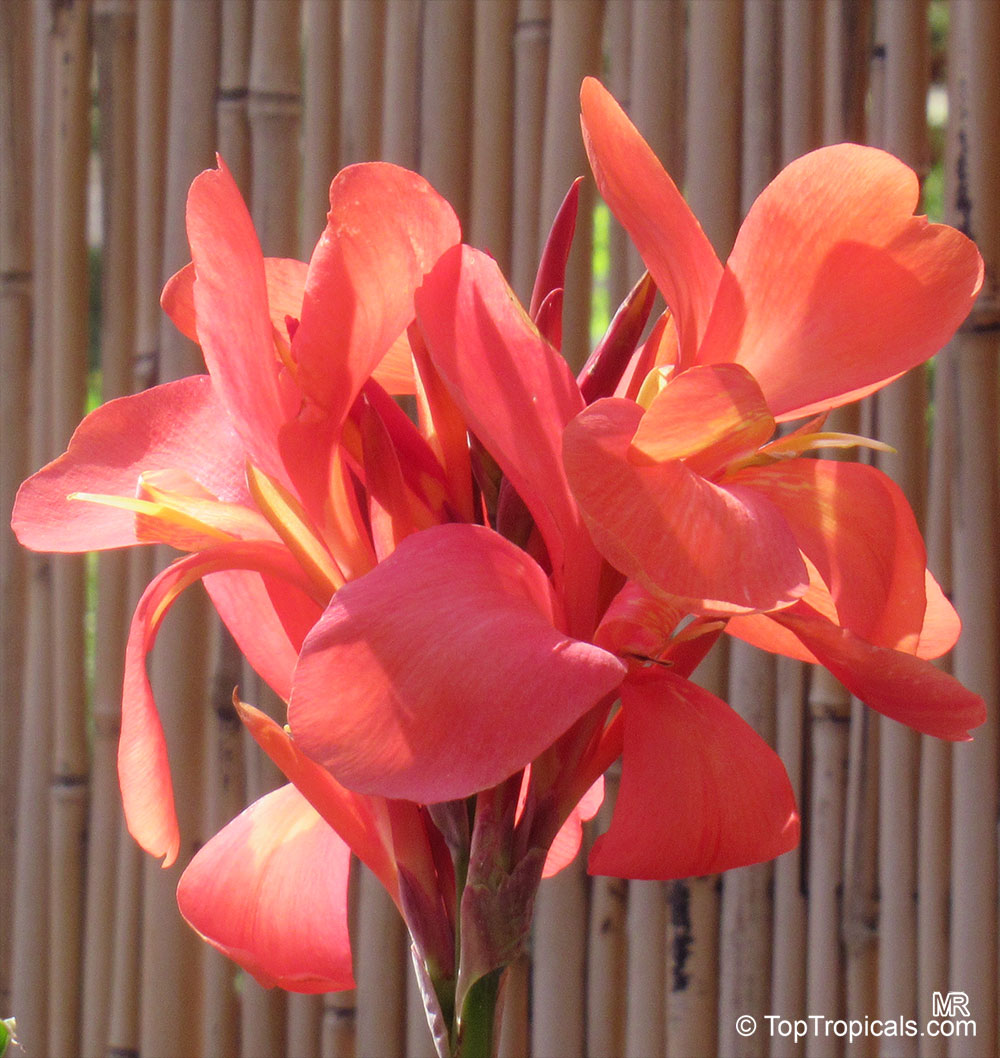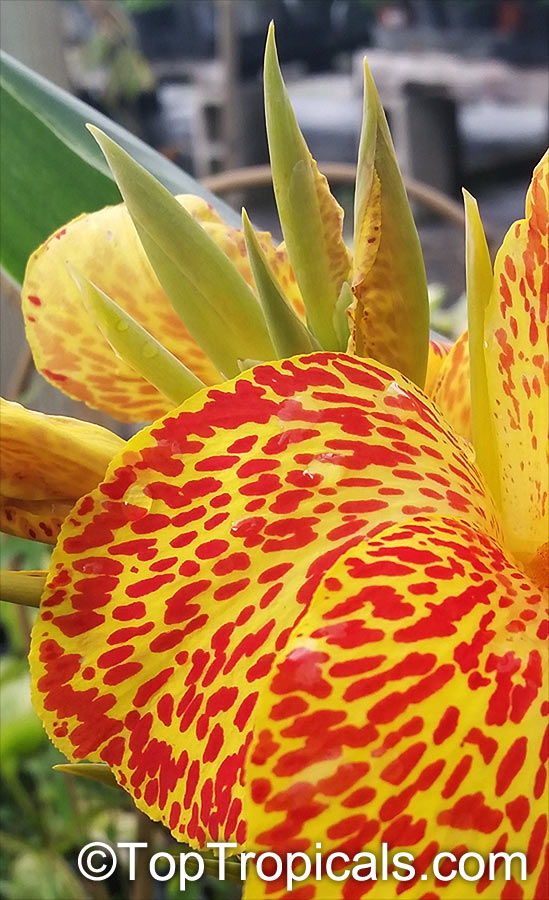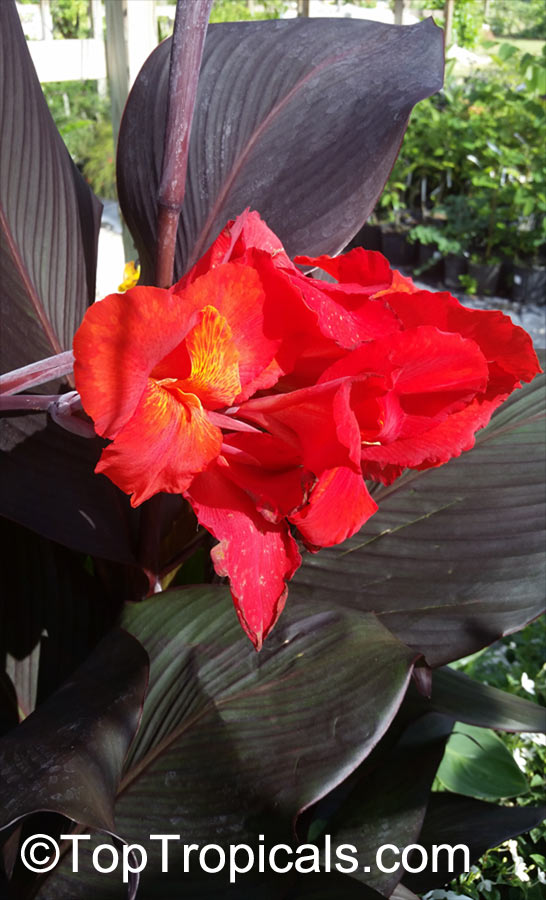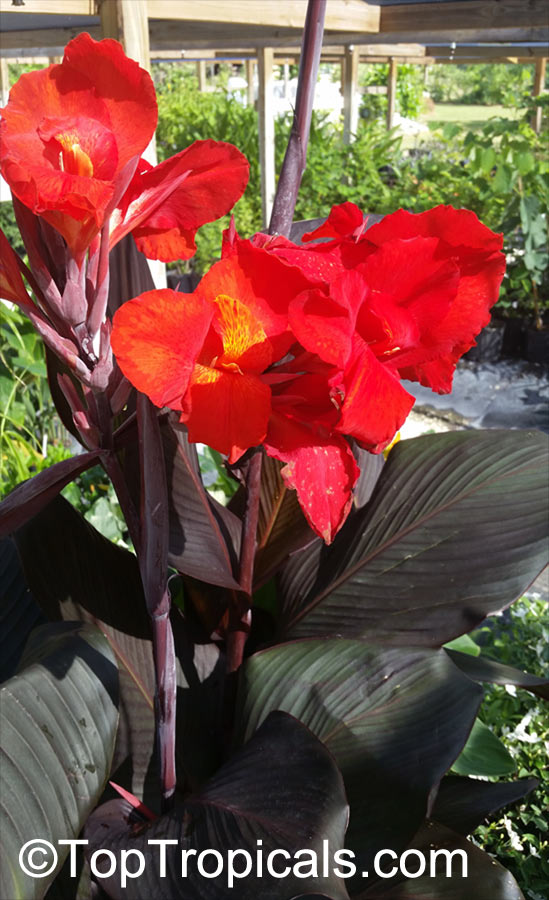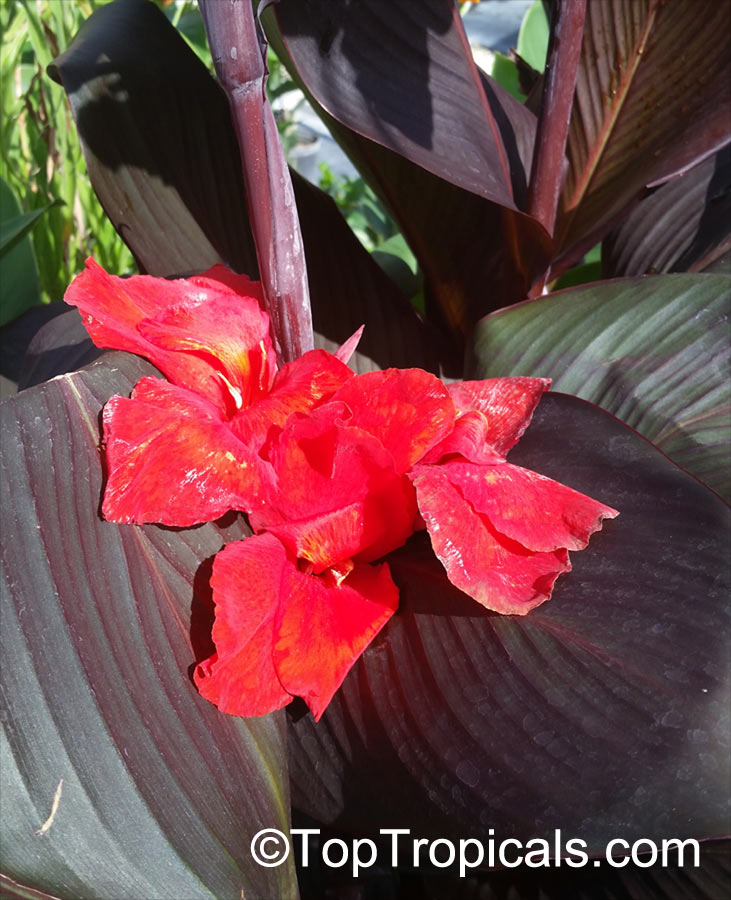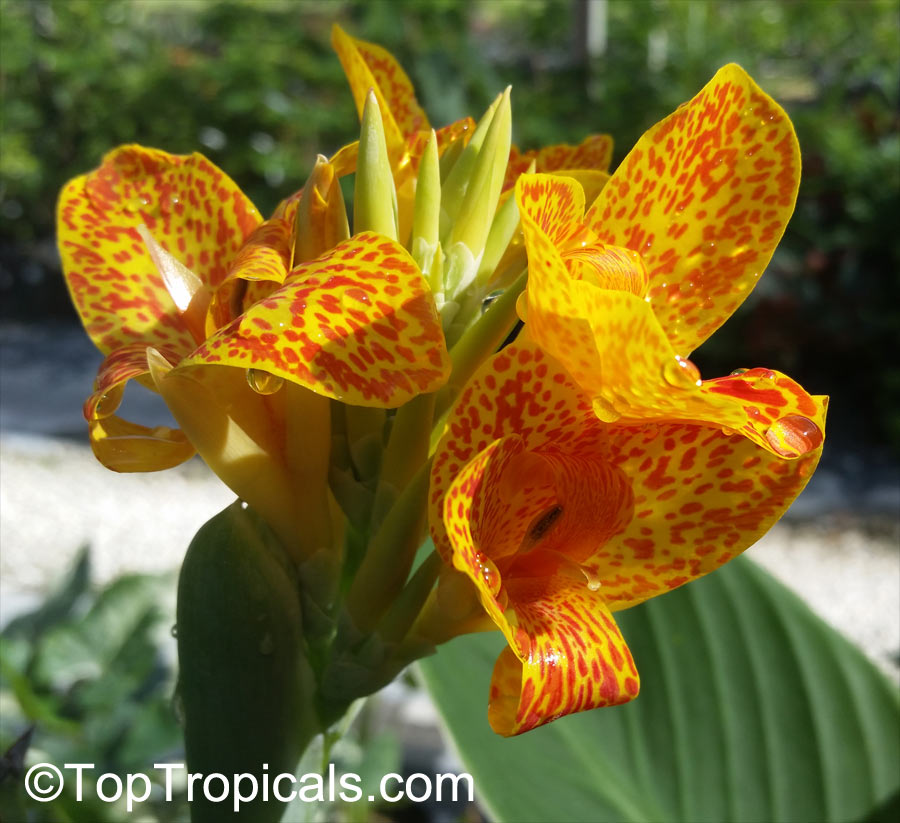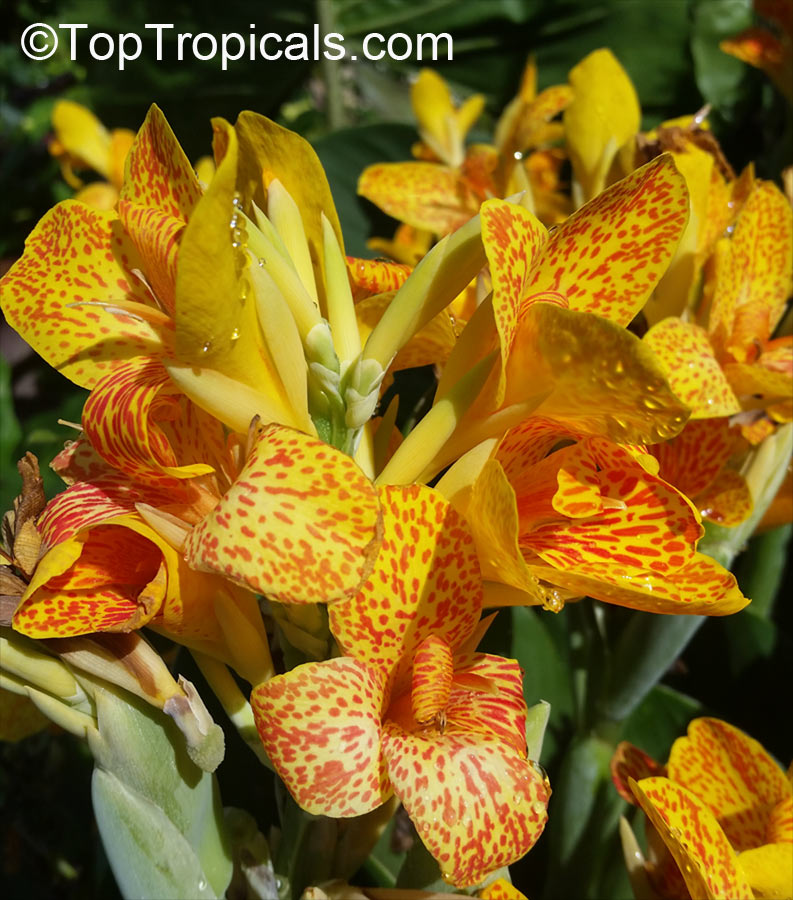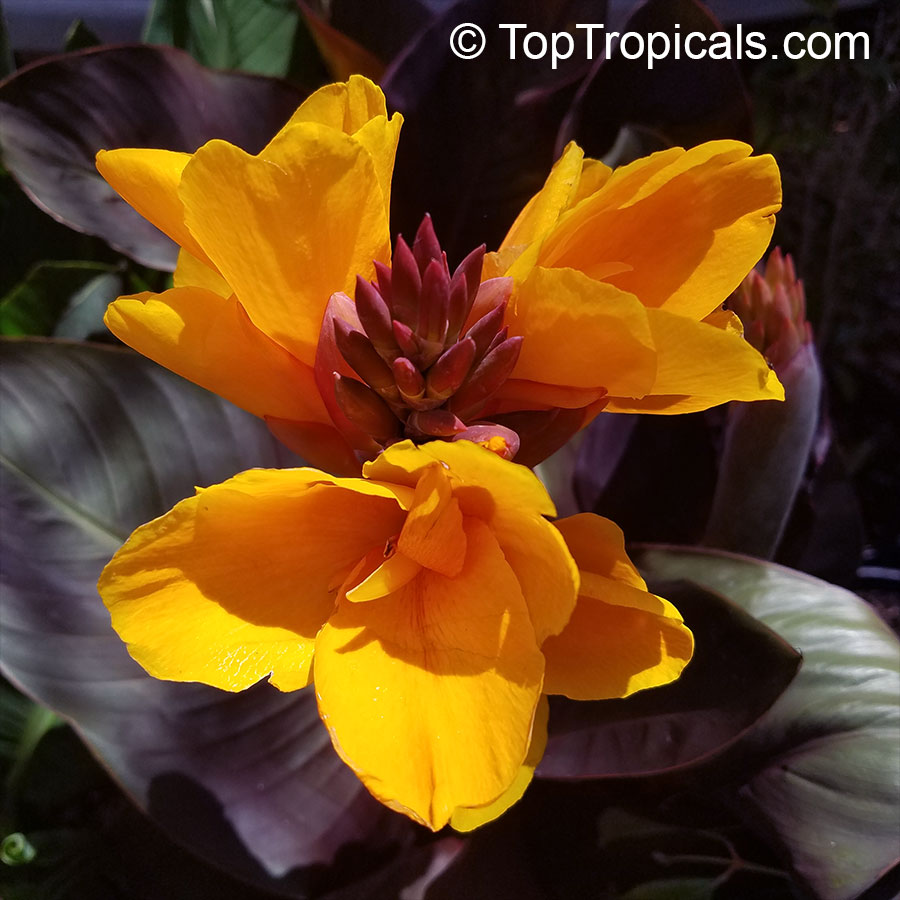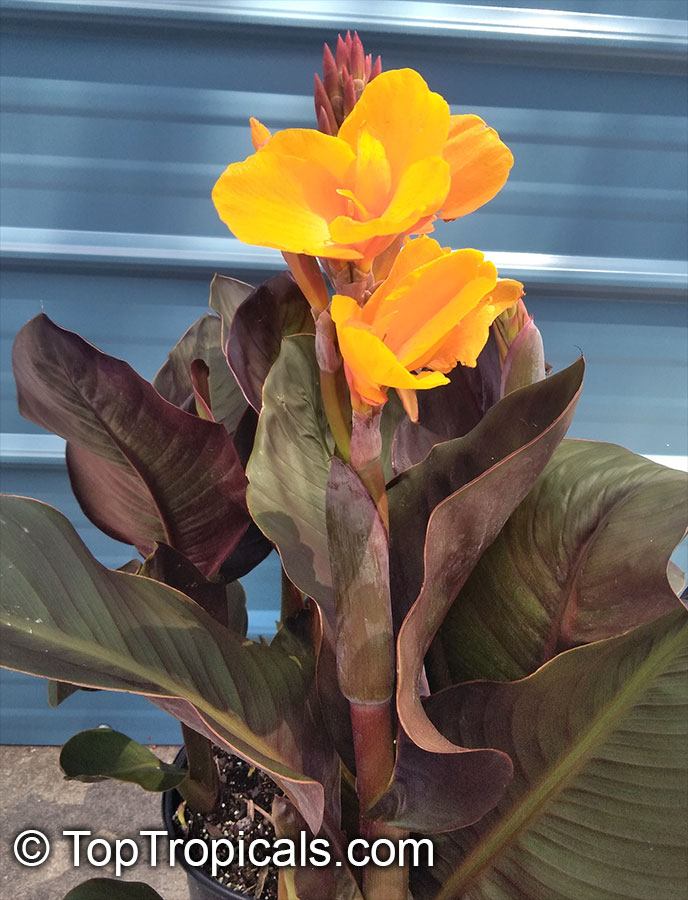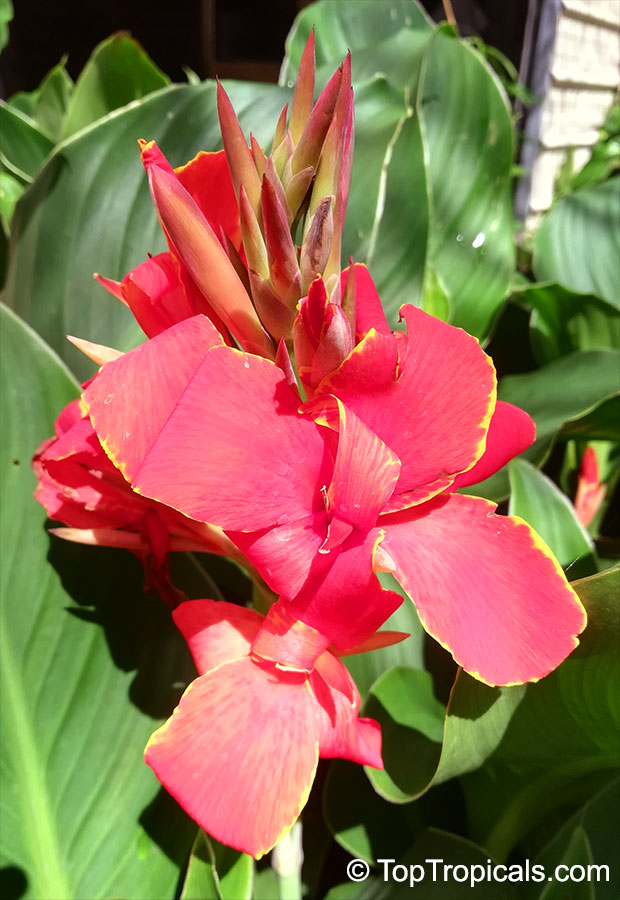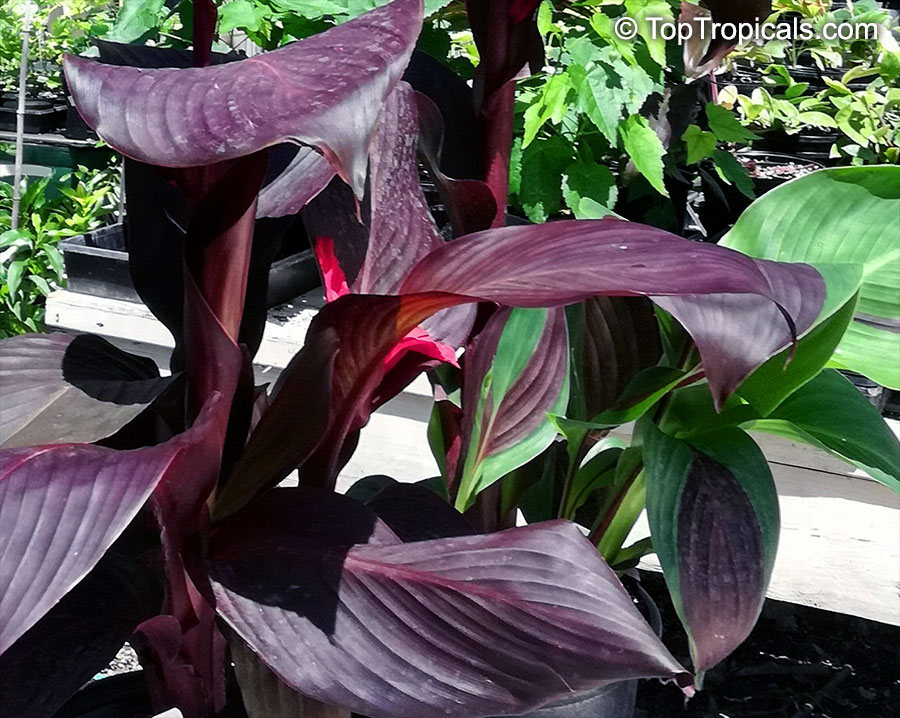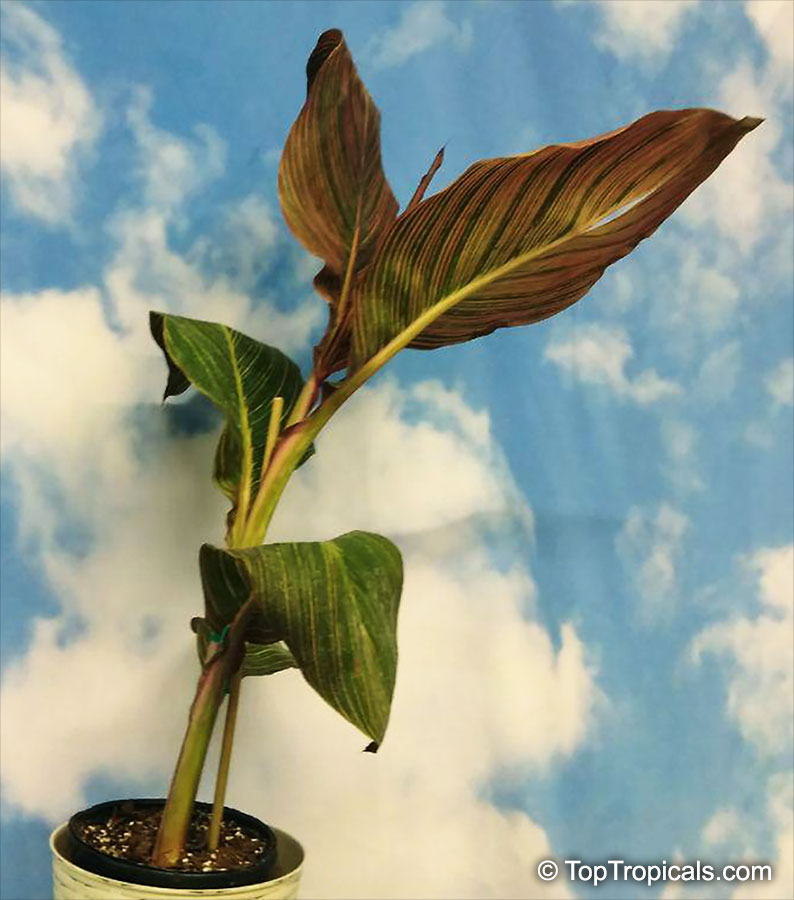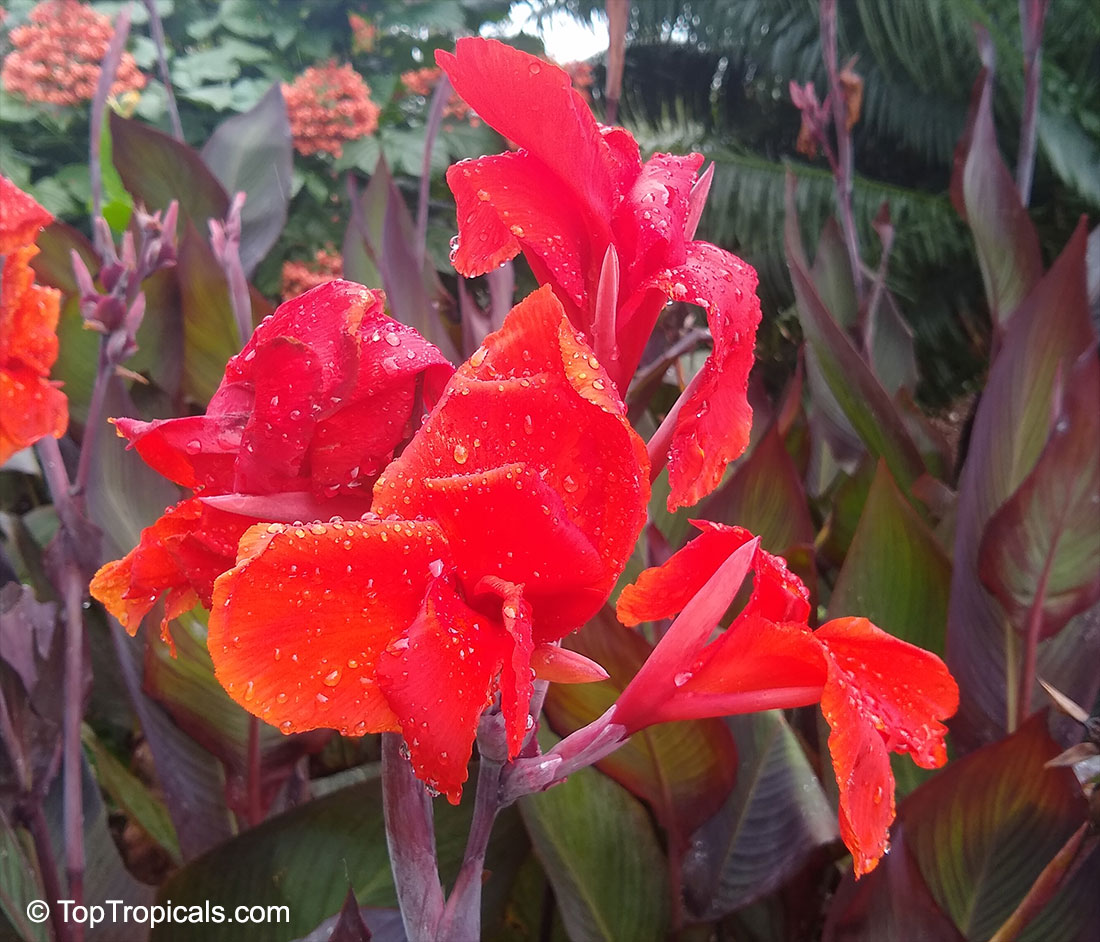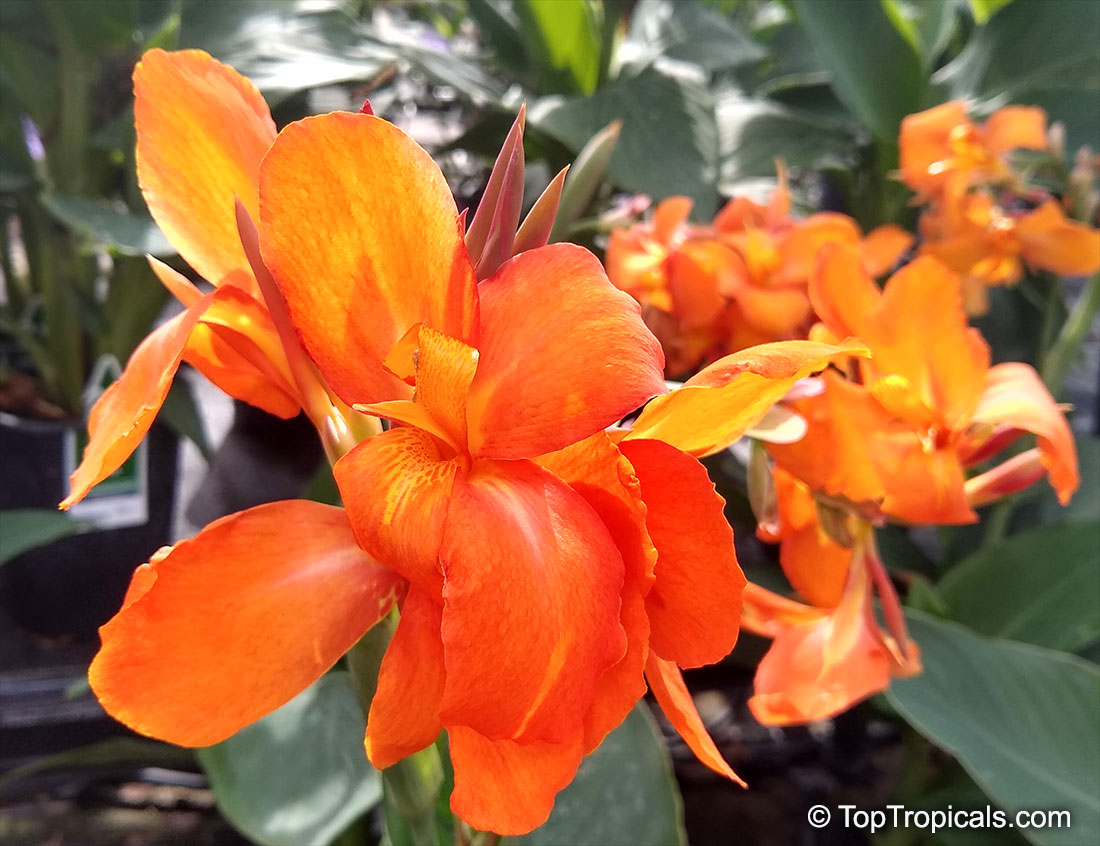Cannaceae - Botanical Family
Top Tropicals Plant Encyclopedia
| Number of plants found: 4 |
Botanical name: Canna glauca
Common names: Aquatic Canna, Maraca Amarilla, Water Canna
Family: Cannaceae
Origin: Tropical America








Canna glauca, also known as the Aquatic Canna, is a small shrub native to Tropical America. It has narrow, green leaves and delicate, spidery flowers that come in shades of yellow, orange, pink, red and crimson.
If you're hoping to plant this plant in your garden, it's important to know that Canna glauca thrives in full sun. This plant can be grown in soil or in a bog or aquatic environment and does best when the soil is kept moist. In addition, it is also flood tolerant, which can make it a great choice for areas that experience regular rain.
Grown in USDA Zone 9-11, Canna glauca can be planted in the garden or in a pot. In cold regions, it is best to bring potted plants indoors and store them during winter. If it is grown outdoors, make sure to remove any rhizomes from the water garden in fall before the first frost.
Canna glauca is a beautiful plant that is sure to add a touch of exotic beauty to any garden. Given the right environment, it will produce delicate clusters of small, pink or red flowers that will turn into beautiful pink or vinous seedpods as the season progresses.
Botanical name: Canna indica
Common names: Canna Lily, Indian Shot
Family: Cannaceae
Origin: Tropical America, Carribean










Despite its botanical name, Canna indica comes not from India but from tropical America and the Caribbean. It was introduced elsewhere quite early, however, and the numerous hybrids have long been a favorite with gardeners throughout the tropics, especially planted in large beds. The more known flower has colors red and yellow, but they are also found in orange, pink, cream, and mixtures and with many leaf variations. The fleshy stalks grow to around 7 ft and it blooms better in full sunlight; each stalk must be cut back to the ground after blooming. The underground rootstocks spread rapidly and in time may become overcrowded. Some gardeners recommend digging up the entire bed annually, dividing the roots, and replanting in freshly manured soil. Remove spent flowers, and cut the stalk to ground after all the flower clusters have bloomed to push the plant to produce more stalk.
Most Indian Shot used in seed jewelry probably comes from the seeds of Canna indica, a common Caribbean wayside wildflower that is naturalized throughout the Old and New World tropics. This species is also used for necklaces and rosaries in India. The seeds of a similar tropical American species (C. coccinea) are also used as beads. There are at least 50 species of Canna in the world and undoubtedly some of these are used for beads; however, Canna indica has some of the most uniformly-round, BB-like seeds. In many hybrid cannas in cultivation, the seeds are more oblong-shaped.
Botanical name: Canna sp.
Common names: Canna Lily, Canna
Family: Cannaceae













In cold regions where winter temperatures may dip to 20s F, it's best to grow Canna lilies (Canna sp.) in containers to provide a more mild environment. Containers can be moved to a sheltered spot indoors or even in a heated garage. Canna lily flowers come in a range of colors, including pink, red, crimson and vinous. Some varieties also have yellow and orange flowers. Canna lilies can also provide an ornamental foliage. The flowers attract butterflies and hummingbirds. If planted in the garden, Cannas make a beautiful addition to the landscape, and are sure to add a splash of color to any garden. Canna lilies are very low-maintenance plants and they are fairly flood-tolerant.
Cannas need full sun in order to produce profuse flowers. In fact, the more sun the plant receives, the better. These lilies are heavy feeders, so it is important to provide them with plenty of compost or a good liquid fertilizer in order to keep them looking healthy. Without sufficient nutrients and moisture, Cannas may appear unattractive. If your Canna plant appears ratty during the summer, this is a sign that it needs additional food.
Botanical name: Canna x generalis
Common name: Canna Lily
Family: Cannaceae











Canna x generalis is a widely grown hybrid group developed for ornamental planting, valued for its bold foliage and showy flowers in warm-season landscapes.
These cannas are staples of tropical-style gardens and summer displays worldwide.
What makes Canna x generalis distinctive?
Canna x generalis encompasses horticultural hybrids selected for large paddle-shaped leaves and upright flower spikes in shades of red, orange, yellow, pink, and bicolor forms. Plants grow as rhizomatous perennials that perform best in full sun with regular moisture and fertile, well-drained soil, producing continuous visual impact through the warm months. In USDA Plant Hardiness Zones 8-11, they can be grown outdoors, with rhizomes lifted or protected in colder regions. The hybrid nature of Canna x generalis results in a wide range of plant sizes, leaf colors, and floral forms, making this group highly versatile for beds, borders, containers, and mass plantings.
Recommended Fertilizer: SUNSHINE Robusta - Rapid Growth Booster
Use link to repeat this search:
https://toptropicals.com/cgi-bin/garden_catalog/cat.cgi?search_op=and&keyword_op=and&language=e&family=Cannaceae&number=10
&no_change_lang=1&user=tt&sale=1&first=0
